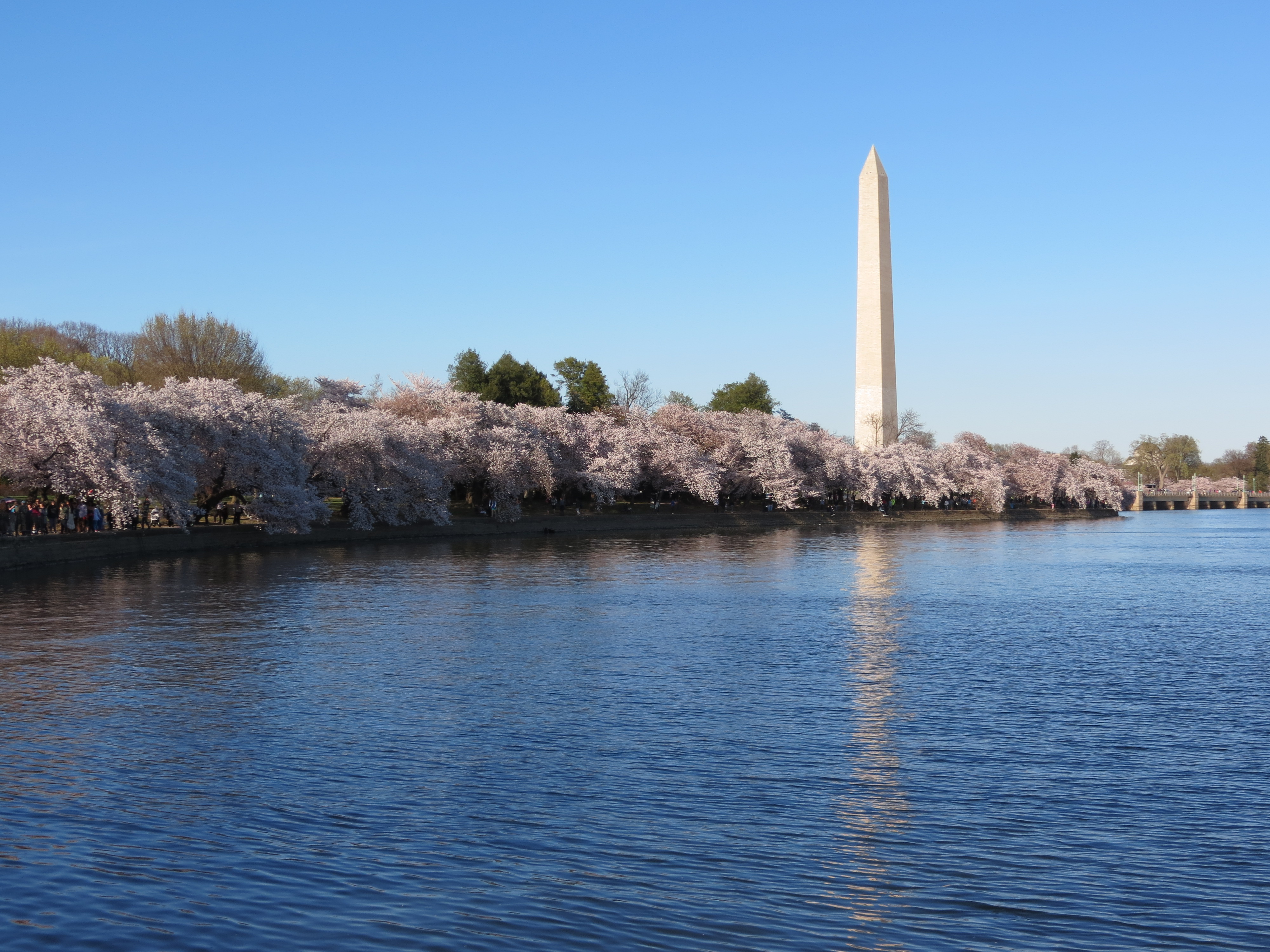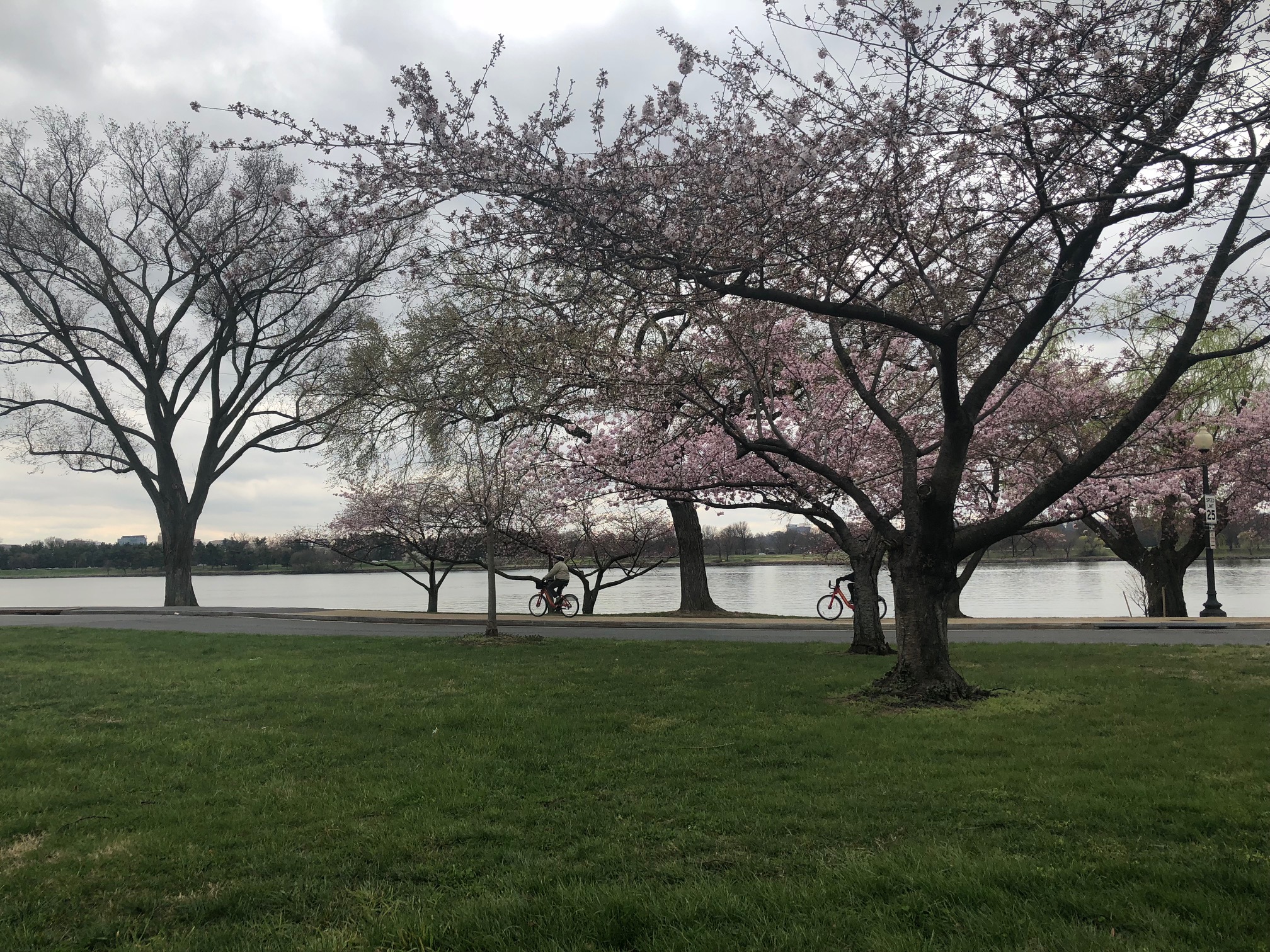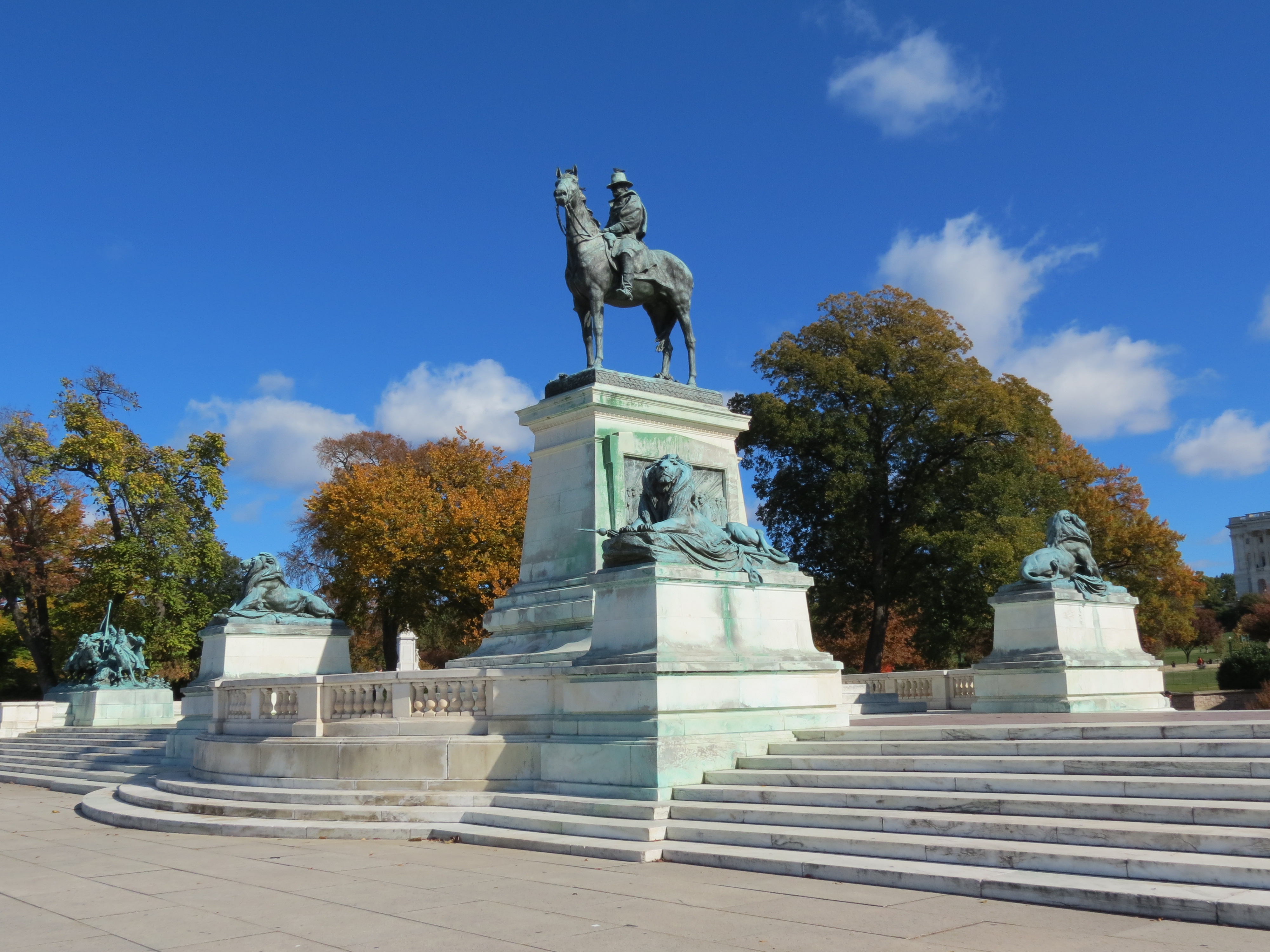
It’s hard to know what to write about the White House.
It’s the White House.
It’s one of the most significant sites in the world. It’s one of the most recognizable buildings on the planet. It’s been the home of nearly every American President; only George Washington, who selected the site and laid the cornerstone, did not live there. Every president since John Adams has walked its halls, deliberated monumental decisions and steered the nation, shaping entire eras of American history and foreign policy. In so many ways, it is an encapsulation of the entire history of the United States, witnessing the bad and the good, from the fact that it was constructed with slave labor, to the drafting of the Emancipation Proclamation within those same walls. All types of men have held the office of the President and have lived under its roof, at times transforming, restoring and renovating the building to meet their tastes and their needs as President. Still, the north and south facades have remained nearly the same, and the location on Pennsylvania Avenue has never changed.

For a building of such importance, the White House isn’t much larger than a spacious mansion. A few years ago, a friend came to visit me in Washington, and I took her around to see all the major sites, including the White House. Upon finally laying her eyes on one of the most historically significant buildings in the world she remarked how small it was.
It may not be as large in stature as the Lincoln Memorial or the Capitol at the other end of Pennsylvania Avenue, but it has witnessed more history, more significant decisions that shaped our nation and the world, than nearly any other place on the planet.


The White House, its grounds, and its surrounding parks make up President’s Park, administered by the National Park Service. The building itself is accessible and open to the public, though not nearly much as in the early days of the republic. Tours can be arranged through a Congressional office.
I’ve been through the mansion several times, and it’s one of those places that never gets old or repetitive to visit. The tour of the mansion moves quickly, and highlights the main reception rooms. Entering through the East Wing, visitors get a glimpse of the China Room and Map Room on the lower floor, followed by the State Dining Room, East Room, Red Room, Green Room, Blue Room and Cross Hall, all of which have been the scene of so much Presidential History, from Presidential news conferences, to state dinners, to meetings with foreign dignitaries.

Some of most famous parts of the White House complex, though they are not part of the original mansion, are also possible to tour. The West Wing is generally limited to official business, or limited tours led by White House or Executive Office staff members. I’ve managed to get on three tours of the West Wing, which took me through the Roosevelt Room, the Cabinet Room and the Oval Office, which is smaller than it appears on TV, but still an incredible place, considering the significance of the space. Pictures are allowed in only one part of the West Wing – the Brady Briefing Room.

Lafayette Park, not far from where my office, features the famous statue of Andrew Jackson on horseback, identical to the statue in New Orleans’ French Quarter, as well as statues of Revolutionary War heroes Lafayette, Rochambeau, von Stueben and Koziusko. The small park, frequented daily by protestors and tourists taking selfies with the White House alike is arguably as historic a space as the White House itself. Dignitaries, Vice Presidents, cabinet members, Congressmen and Senators and other notable officials lived in the rowhouses in such close proximity to the Executive Mansion, and Presidents of years past were known to take walks through the square.

The south side of the White House, with the famed Truman Balcony, overlooks the Ellipse, the site of the National Christmas Tree. Kara and I attended the tree lighting in 2013 and make an annual pilgrimage to visit the tree and view that year’s decorations. The South Lawn of the White House also welcomes visitors twice a year for the Spring and Fall Garden Tours, allowing visitors to come right up to the front of the White House without entering to see the semiannual flora in bloom. If you can’t get into the White House for a tour, try to get tickets to the Garden Tours, or at the very least, visit the White House Visitor Center, which has great exhibits about the forty-four men who have occupied the nation’s most historic address.



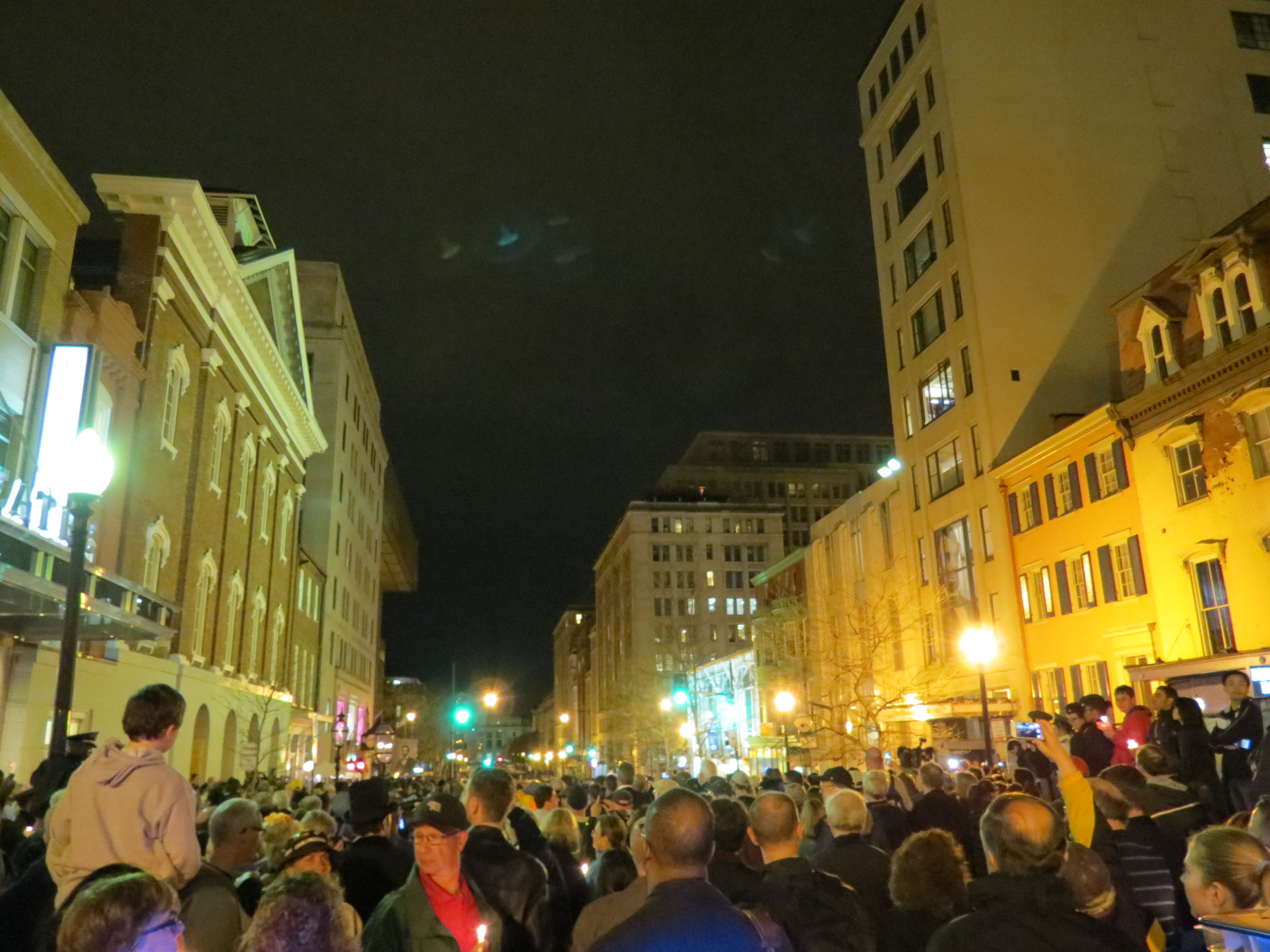 On April 14, 2015, Kara and I snagged a pair of tickets to the commemorative ceremonies marking the 150thanniversary of the assassination of Abraham Lincoln at Ford’s Theater. As history buffs and having just completed a years’ long tour of other sesquicentennial commemorations of various Civil War battles – Fredericksburg, Gettysburg, Chancellorsville, the Wilderness, and Appomattox Courthouse – we felt this was the best way to cap off the journey. Although our seats were in the back of the upper balcony of the packed house, the ceremony was incredibly well done and very moving. Several of the regular performers (Ford’s Theater is still an active theater) gave interpretations of several of Lincoln’s speeches, reflected on his monumental years as president, and performed songs from the Civil War. The final performance of the evening was the singing of “The Battle Hymn of the Republic,” the Union march that echoed across the nation during and after the war. The singers poured their hearts and souls into the beautiful rendition, and then, mid song, at exactly 10:15 PM, they abruptly halted, the lights dimmed, and a single spotlight shone on the balcony at stage right. There, 150 years before, at that very moment, John Wilkes Booth, one of the most famous actors of his day, shot Abraham Lincoln, the Great Emancipator, in the back of the head. A single bullet, a single moment in time, and the nation, reeling from the Civil War, would be changed forever.
On April 14, 2015, Kara and I snagged a pair of tickets to the commemorative ceremonies marking the 150thanniversary of the assassination of Abraham Lincoln at Ford’s Theater. As history buffs and having just completed a years’ long tour of other sesquicentennial commemorations of various Civil War battles – Fredericksburg, Gettysburg, Chancellorsville, the Wilderness, and Appomattox Courthouse – we felt this was the best way to cap off the journey. Although our seats were in the back of the upper balcony of the packed house, the ceremony was incredibly well done and very moving. Several of the regular performers (Ford’s Theater is still an active theater) gave interpretations of several of Lincoln’s speeches, reflected on his monumental years as president, and performed songs from the Civil War. The final performance of the evening was the singing of “The Battle Hymn of the Republic,” the Union march that echoed across the nation during and after the war. The singers poured their hearts and souls into the beautiful rendition, and then, mid song, at exactly 10:15 PM, they abruptly halted, the lights dimmed, and a single spotlight shone on the balcony at stage right. There, 150 years before, at that very moment, John Wilkes Booth, one of the most famous actors of his day, shot Abraham Lincoln, the Great Emancipator, in the back of the head. A single bullet, a single moment in time, and the nation, reeling from the Civil War, would be changed forever.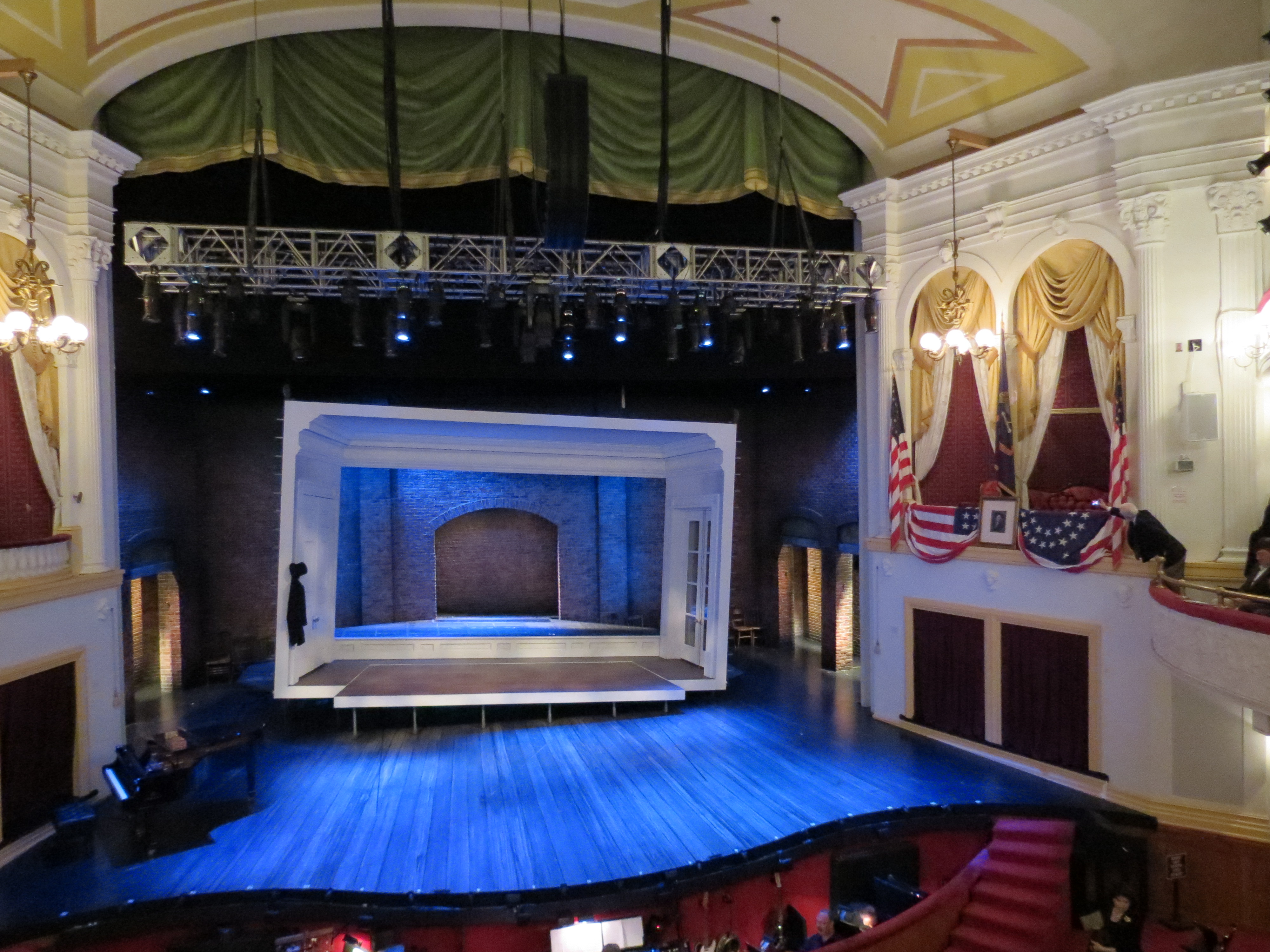
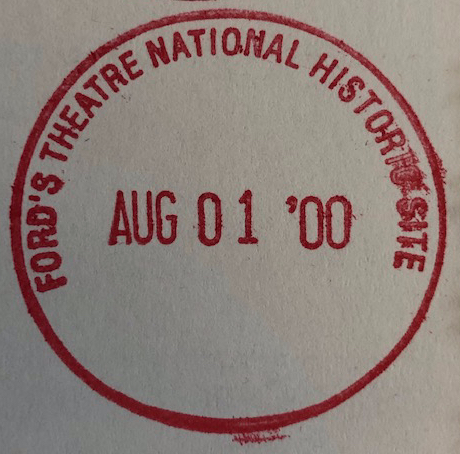 The crowd, ourselves included, sat in silence for a moment, all eyes transfixed on the balcony, before the emcee quietly invited everyone to exit the building onto 10th Street. Kara and I solemnly descended the stairs, as did everyone else in the theater, and when we exited the historic façade, we were
The crowd, ourselves included, sat in silence for a moment, all eyes transfixed on the balcony, before the emcee quietly invited everyone to exit the building onto 10th Street. Kara and I solemnly descended the stairs, as did everyone else in the theater, and when we exited the historic façade, we were surprised to find hundreds of people crowded outside the theater, lining the path where Lincoln was carried from Ford’s Theater to the Peterson House directly across the street. Lincoln would die there, stretched horizontally across a bed that was too small for him, the following morning, April 15, 1865 at 7:22 AM.
surprised to find hundreds of people crowded outside the theater, lining the path where Lincoln was carried from Ford’s Theater to the Peterson House directly across the street. Lincoln would die there, stretched horizontally across a bed that was too small for him, the following morning, April 15, 1865 at 7:22 AM.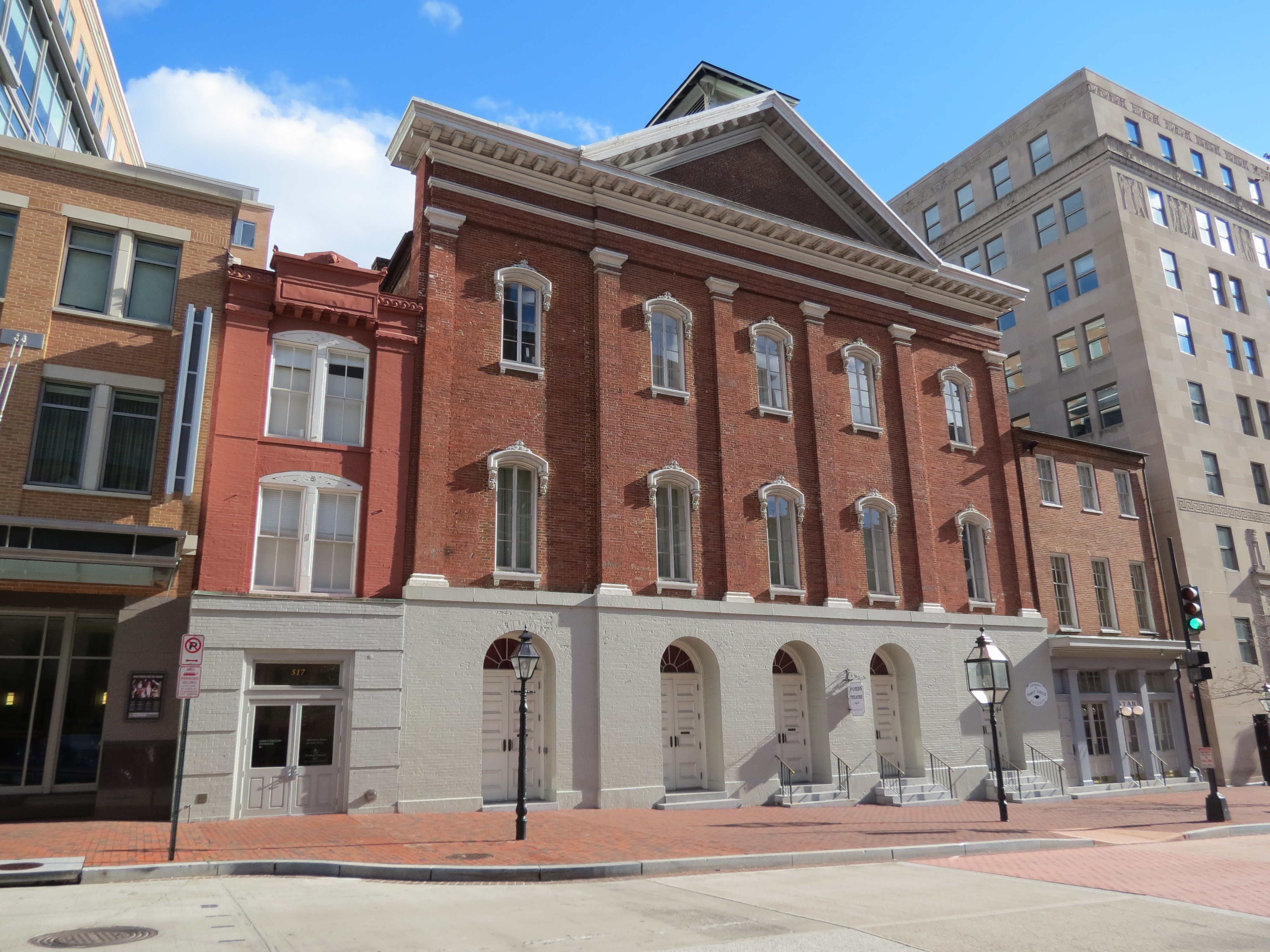
 Visitors to the historic site can tour a very well-presented museum in the theater’s basement, detailing Lincoln’s presidency and the minutes leading up to his assassination. Exhibits include the coat he was wearing that night at the theater, the bloodstained pillows on which he laid his head, and the very gun used by John Wilkes Booth. Visitors can next tour the theater itself and listen to one of the talented rangers or volunteers give a detailed, lively recounting of the assassination itself, from the time Lincoln arrived for a quiet, relaxing evening after years of bloodshed and war, to Booth’s hiding in wait, to his leap from the balcony in front of a startled, confused audience. When the theater isn’t packed during the height of tourist season, you can even walk up to and inside the balcony, standing right behind the chairs where the Lincolns sat on that fateful evening. From there, visitors cross 10th Street and into the small Peterson House; in the back of the building, through the parlor where Lincoln’s cabinet met and where Mary Todd wept, one can stand in the small room where the sixteenth president breathed his last. A museum detailing Lincoln’s funeral, the hunt for the assassins, and the late president’s legacy occupy the building adjoining the House Where Lincoln died. I’m biased, but I think the free museums at Ford’s Theater are among the best in the city.
Visitors to the historic site can tour a very well-presented museum in the theater’s basement, detailing Lincoln’s presidency and the minutes leading up to his assassination. Exhibits include the coat he was wearing that night at the theater, the bloodstained pillows on which he laid his head, and the very gun used by John Wilkes Booth. Visitors can next tour the theater itself and listen to one of the talented rangers or volunteers give a detailed, lively recounting of the assassination itself, from the time Lincoln arrived for a quiet, relaxing evening after years of bloodshed and war, to Booth’s hiding in wait, to his leap from the balcony in front of a startled, confused audience. When the theater isn’t packed during the height of tourist season, you can even walk up to and inside the balcony, standing right behind the chairs where the Lincolns sat on that fateful evening. From there, visitors cross 10th Street and into the small Peterson House; in the back of the building, through the parlor where Lincoln’s cabinet met and where Mary Todd wept, one can stand in the small room where the sixteenth president breathed his last. A museum detailing Lincoln’s funeral, the hunt for the assassins, and the late president’s legacy occupy the building adjoining the House Where Lincoln died. I’m biased, but I think the free museums at Ford’s Theater are among the best in the city.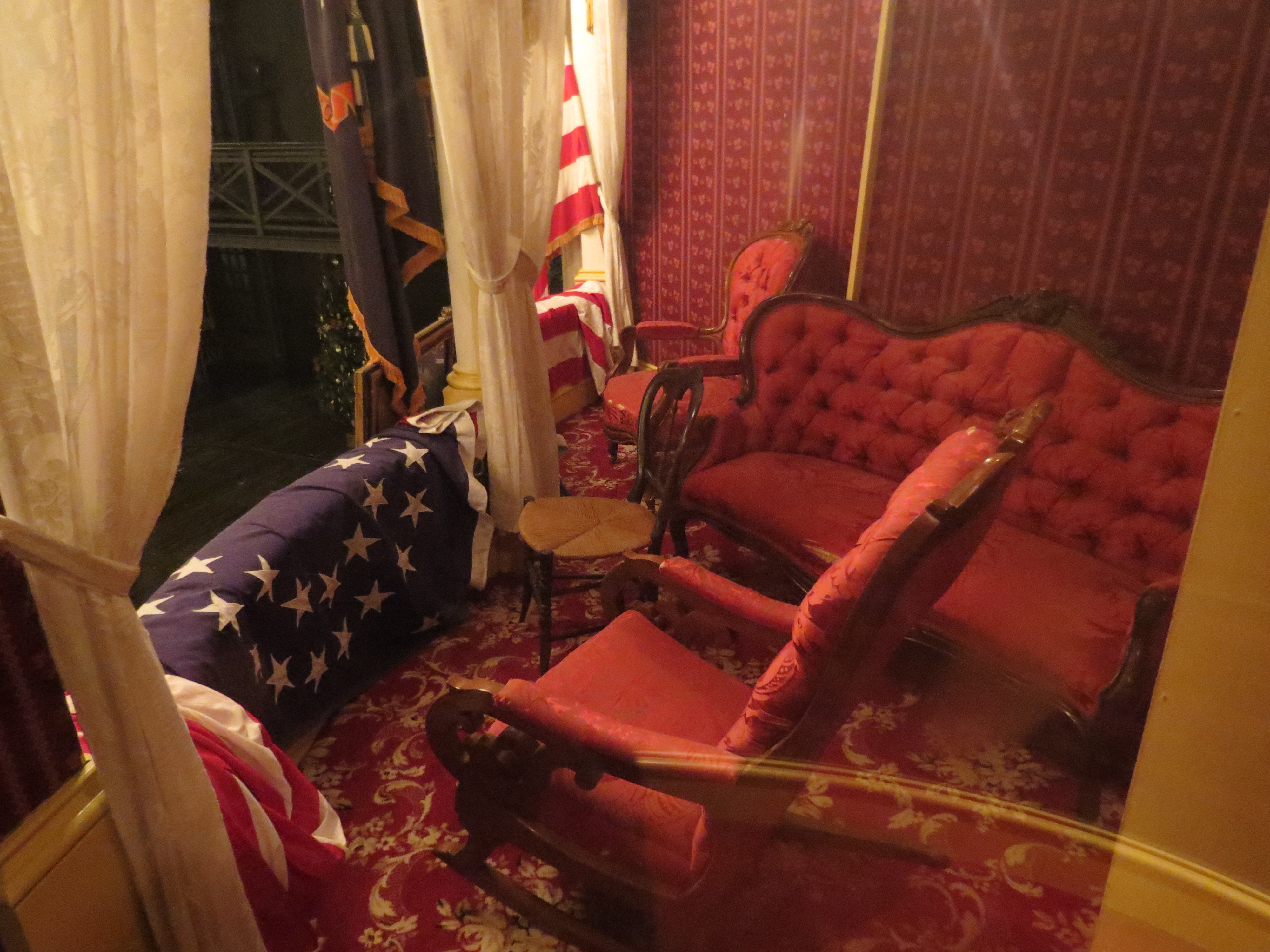

 Although it’s not part of the park, if you have the time and a vehicle handy, I highly recommend following the Civil War Trails’ John Wilkes Booth escape trail. Following the shooting, Booth fled the city, escaping before the bridges and roads out of Washington were closed, and fled south through Maryland. He stopped at the home of Dr. Samuel Mudd where his leg, broken from his leap from the balcony, was treated and set, before continuing south. He and his accomplice, David Herold, hid in the woodlands along the Potomac River for days before they were cornered in Virginia; Booth was shot and killed on April 26, 11 days after Lincoln. Several of the sites, including Mudd’s home, are preserved and open for tours; the site of Booth’s death, paved over by a four lane highway, is commemorated by a simple Virginia state marker, and completes the story of the moment that altered the course of the stunned nation more than a century and a half ago.
Although it’s not part of the park, if you have the time and a vehicle handy, I highly recommend following the Civil War Trails’ John Wilkes Booth escape trail. Following the shooting, Booth fled the city, escaping before the bridges and roads out of Washington were closed, and fled south through Maryland. He stopped at the home of Dr. Samuel Mudd where his leg, broken from his leap from the balcony, was treated and set, before continuing south. He and his accomplice, David Herold, hid in the woodlands along the Potomac River for days before they were cornered in Virginia; Booth was shot and killed on April 26, 11 days after Lincoln. Several of the sites, including Mudd’s home, are preserved and open for tours; the site of Booth’s death, paved over by a four lane highway, is commemorated by a simple Virginia state marker, and completes the story of the moment that altered the course of the stunned nation more than a century and a half ago. 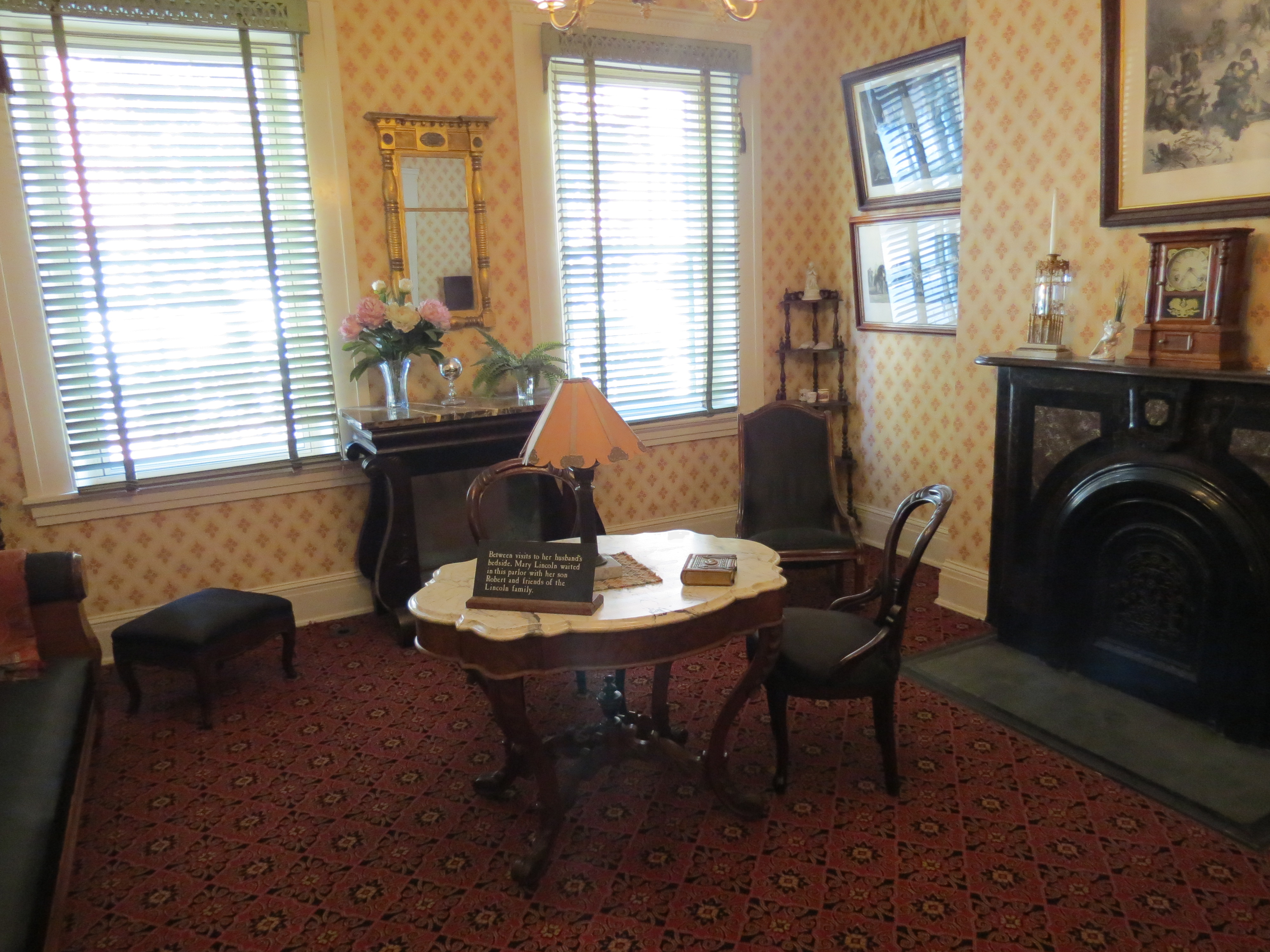
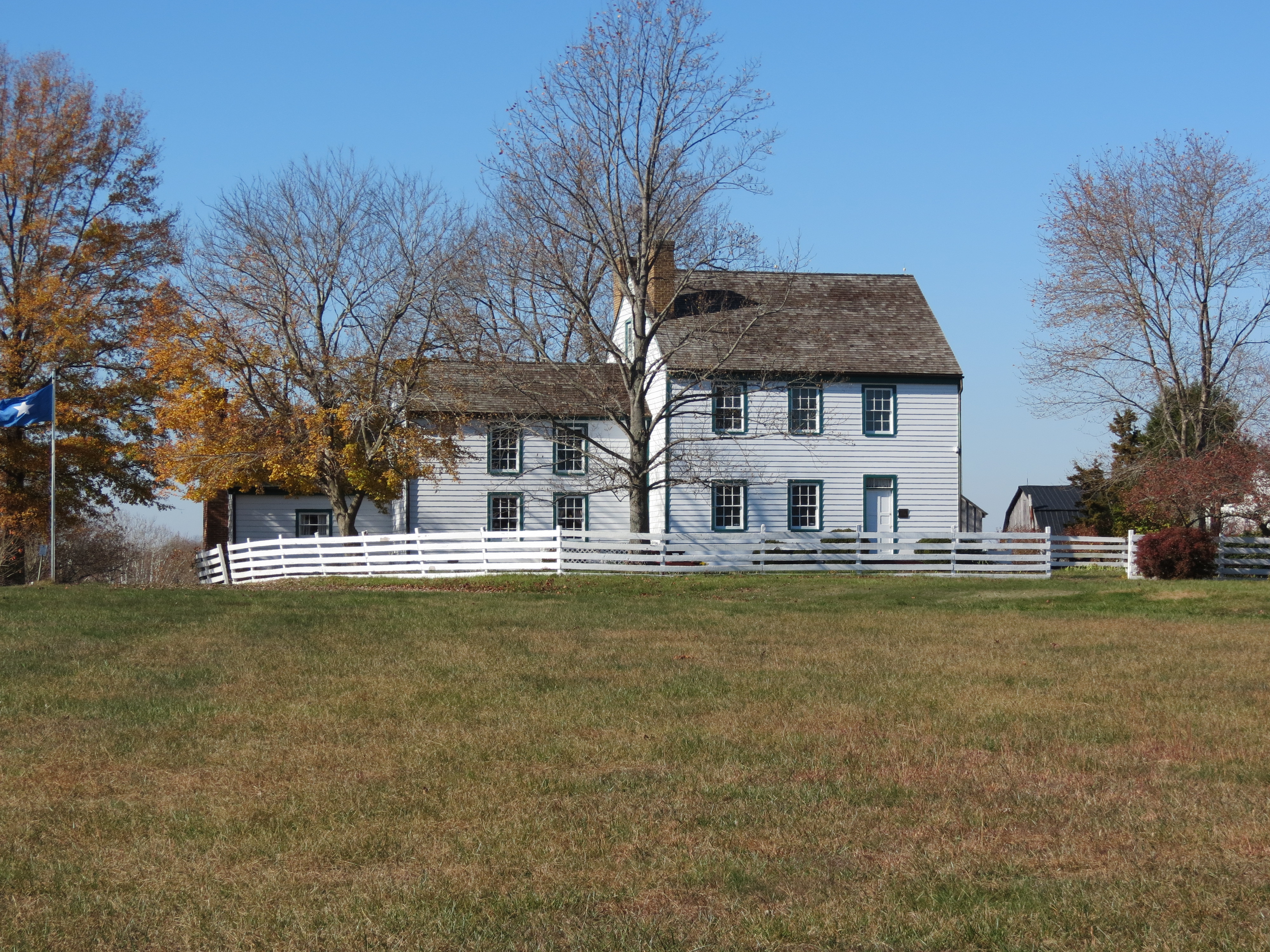
 One of my favorite views in Washington is of Virginia from the back of the Lincoln Memorial. The Memorial Bridge spans the Potomac River, flanked by two massive gold statues, leading into the hills of Arlington National Cemetery. Perched on a hilltop directly above the bridge is a sight that has peered over the city of Washington for more than 200 years –
One of my favorite views in Washington is of Virginia from the back of the Lincoln Memorial. The Memorial Bridge spans the Potomac River, flanked by two massive gold statues, leading into the hills of Arlington National Cemetery. Perched on a hilltop directly above the bridge is a sight that has peered over the city of Washington for more than 200 years – 
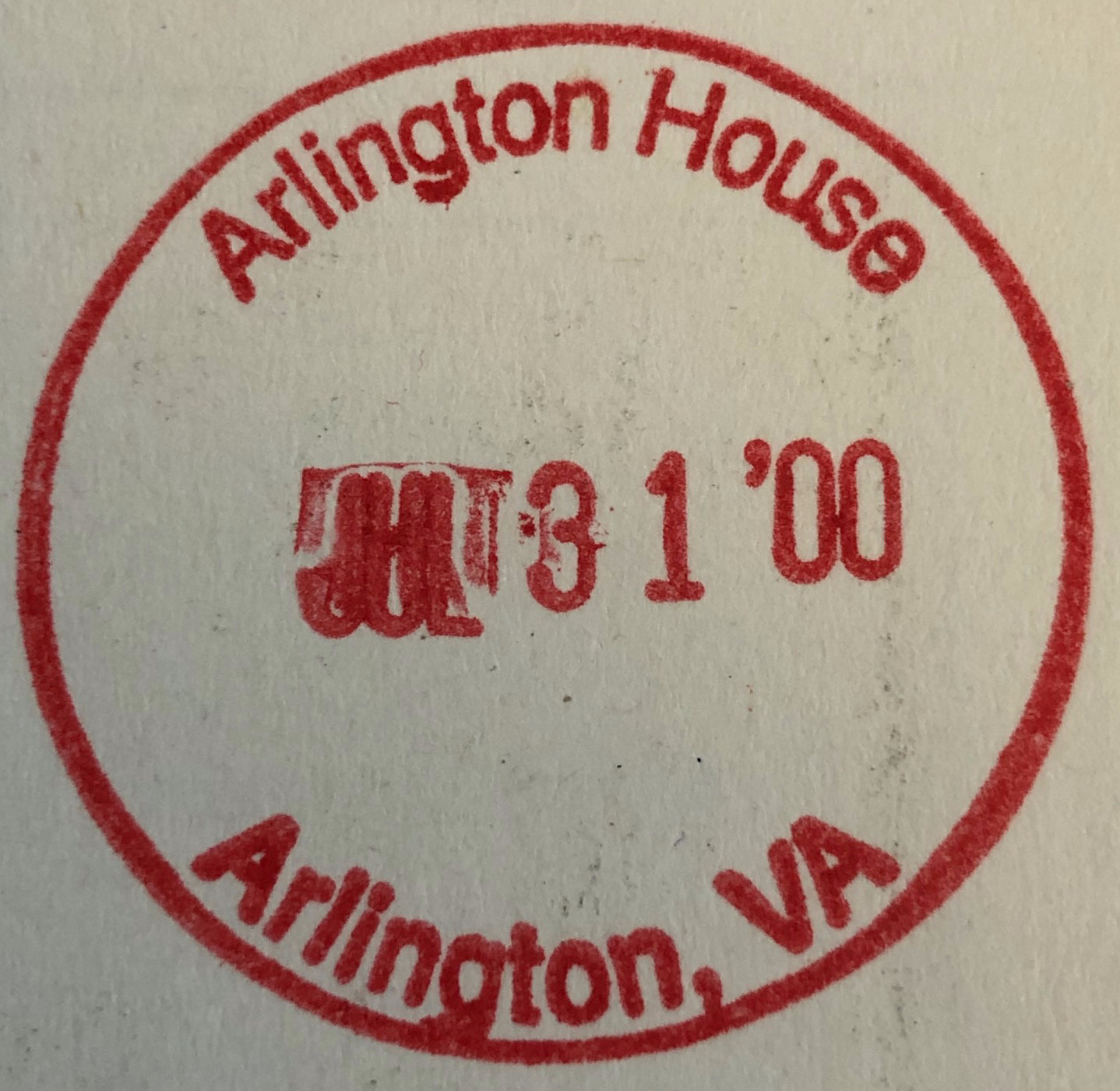 The house itself has witnessed an incredible amount of history, both good and bad, encapsulating a wide swath of the American experience. Constructed in the early 1800s by enslaved African Americans, the home originally belonged to George Washington Parke Custis, the step grandson of George Washington and the grandson of Martha Washington. After Martha’s death in 1802, Custis inherited the property and began construction on the mansion on its prominent hillside, as the city across the river grew, including the White House and the Capitol building. The opulent structure with its massive columns was one of the first major Greek Revival buildings constructed in the country.
The house itself has witnessed an incredible amount of history, both good and bad, encapsulating a wide swath of the American experience. Constructed in the early 1800s by enslaved African Americans, the home originally belonged to George Washington Parke Custis, the step grandson of George Washington and the grandson of Martha Washington. After Martha’s death in 1802, Custis inherited the property and began construction on the mansion on its prominent hillside, as the city across the river grew, including the White House and the Capitol building. The opulent structure with its massive columns was one of the first major Greek Revival buildings constructed in the country.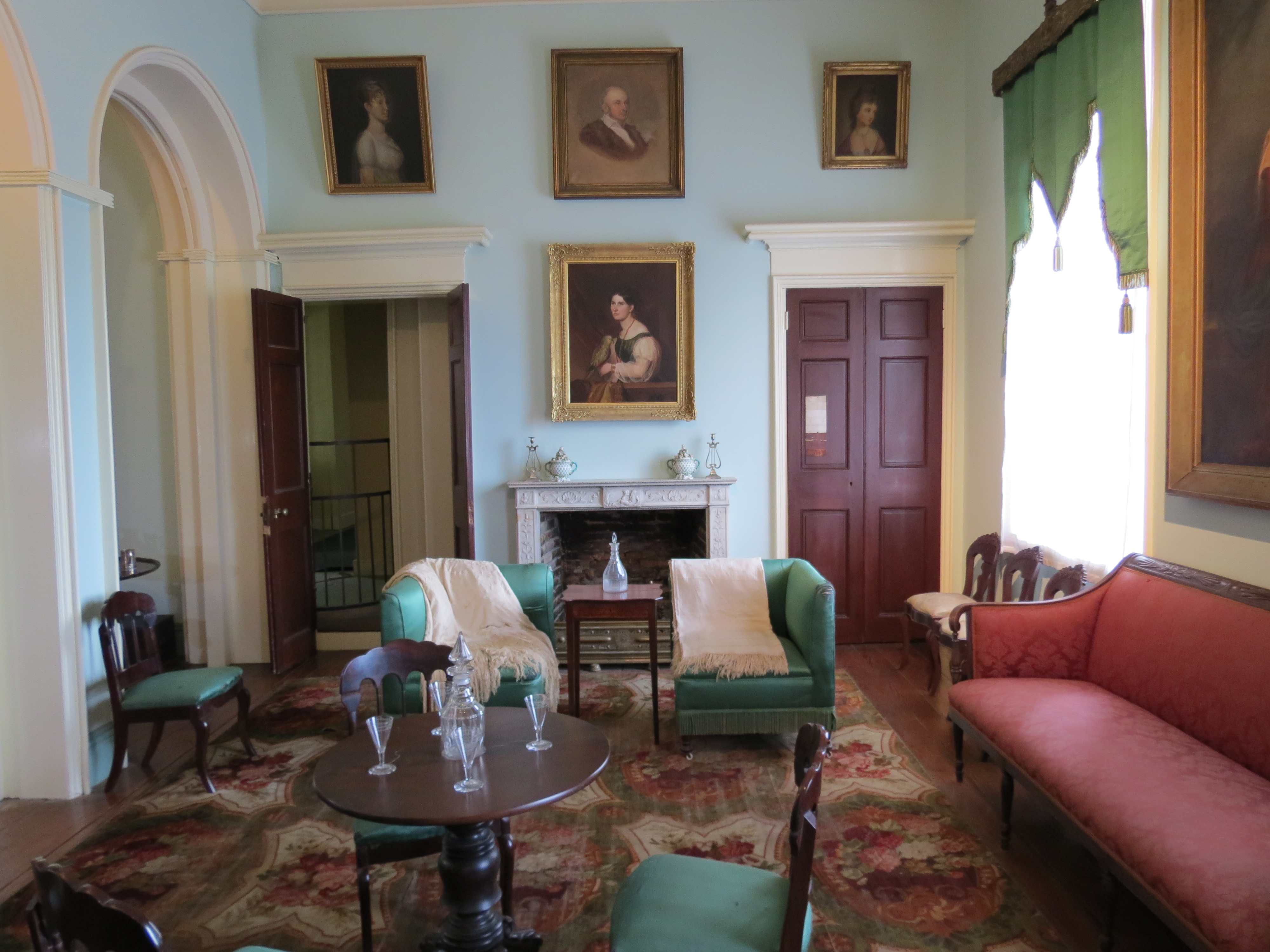
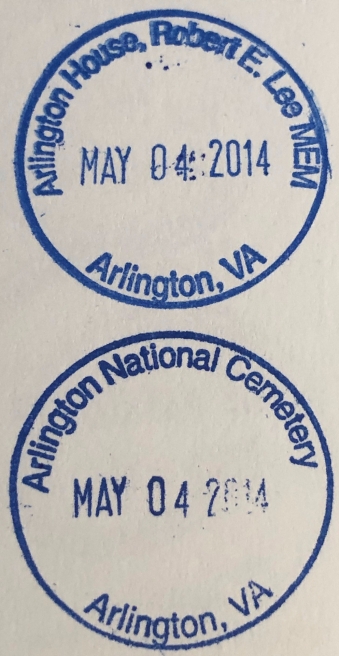 By 1861, Robert E. Lee was among the most prominent military figures in America, but with the succession of Virginia from the Union, he opted to resign his post and join his state’s militia, penning a letter of resignation in an upstairs bedroom of the mansion. Only weeks after Virginia seceded, Union soldiers from across the river in Washington occupied the Arlington House; it would remain in Union control for the remainder of the war. In 1864, as the brutal conflict dragged on, US Quartermaster General Montgomery Meigs confiscated the house and grounds to use as a cemetery for the war dead, essentially as a punishment to Lee, who was now in command of the Confederate Army. Meigs’ sought to make the Arlington Mansion uninhabitable; the cemetery that now surrounds the house, filled first with Union dead from nearby battlefields, is Arlington National Cemetery.
By 1861, Robert E. Lee was among the most prominent military figures in America, but with the succession of Virginia from the Union, he opted to resign his post and join his state’s militia, penning a letter of resignation in an upstairs bedroom of the mansion. Only weeks after Virginia seceded, Union soldiers from across the river in Washington occupied the Arlington House; it would remain in Union control for the remainder of the war. In 1864, as the brutal conflict dragged on, US Quartermaster General Montgomery Meigs confiscated the house and grounds to use as a cemetery for the war dead, essentially as a punishment to Lee, who was now in command of the Confederate Army. Meigs’ sought to make the Arlington Mansion uninhabitable; the cemetery that now surrounds the house, filled first with Union dead from nearby battlefields, is Arlington National Cemetery.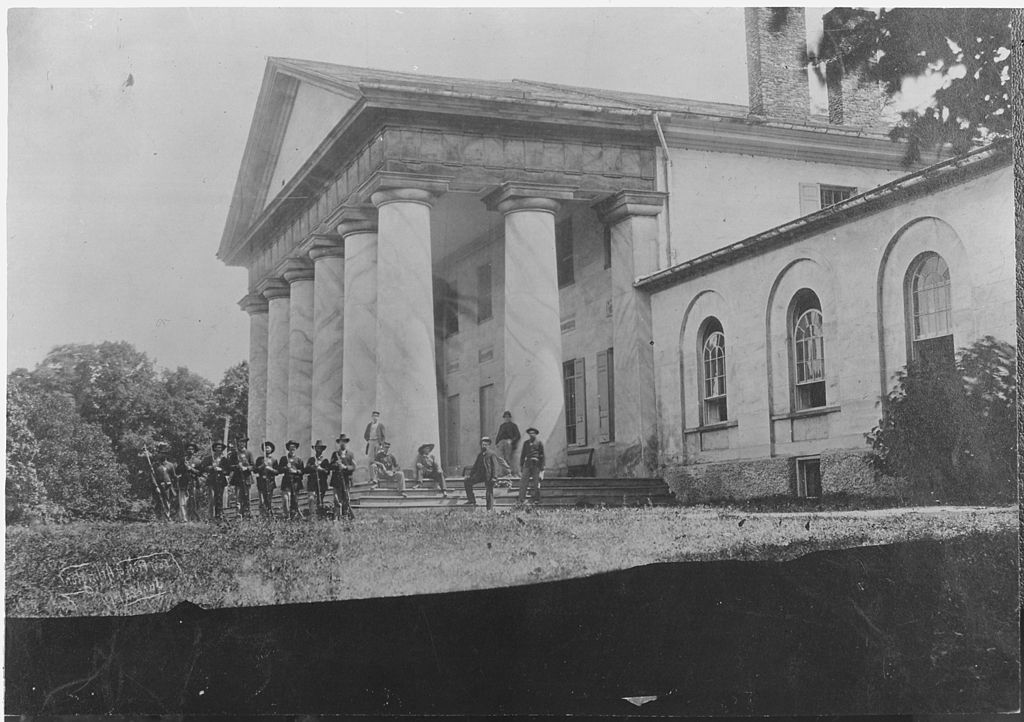
 Despite its prominent location, this home remains somewhat challenging to access. Arlington Cemetery has increased security over the years, and the only way to access the house is through the cemetery. Unfortunately for my brother Joe, aside from our family trip to Washington in 2000, he has not been able to visit the house on his recent trips to Washington. On the many occasions I have visited the cemetery, whether with friends, family or a quiet afternoon visit, the house is only intermittently open. Prior to the infamous 2011 earthquake, the house was rarely closed, having just undergone extensive renovations and modernizations. Unfortunately, the earthquake inflicted major damage on the nearly two century old structure, resulting in years of closings and scaffoldings scaling the famous façade of the building. Even after most of the restoration was complete, access is still fairly intermittent, so try to plan ahead before you make your own visit.
Despite its prominent location, this home remains somewhat challenging to access. Arlington Cemetery has increased security over the years, and the only way to access the house is through the cemetery. Unfortunately for my brother Joe, aside from our family trip to Washington in 2000, he has not been able to visit the house on his recent trips to Washington. On the many occasions I have visited the cemetery, whether with friends, family or a quiet afternoon visit, the house is only intermittently open. Prior to the infamous 2011 earthquake, the house was rarely closed, having just undergone extensive renovations and modernizations. Unfortunately, the earthquake inflicted major damage on the nearly two century old structure, resulting in years of closings and scaffoldings scaling the famous façade of the building. Even after most of the restoration was complete, access is still fairly intermittent, so try to plan ahead before you make your own visit.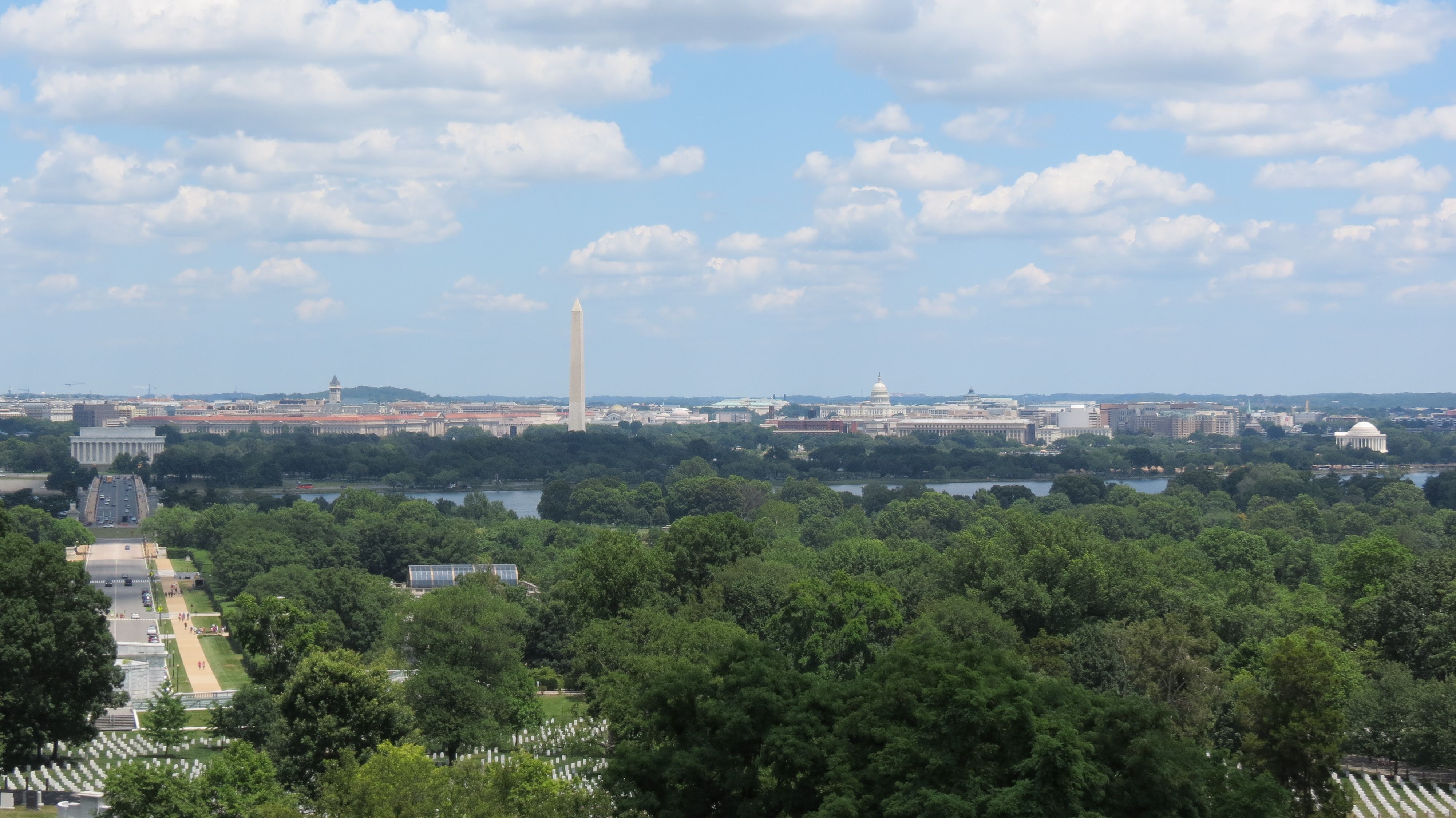
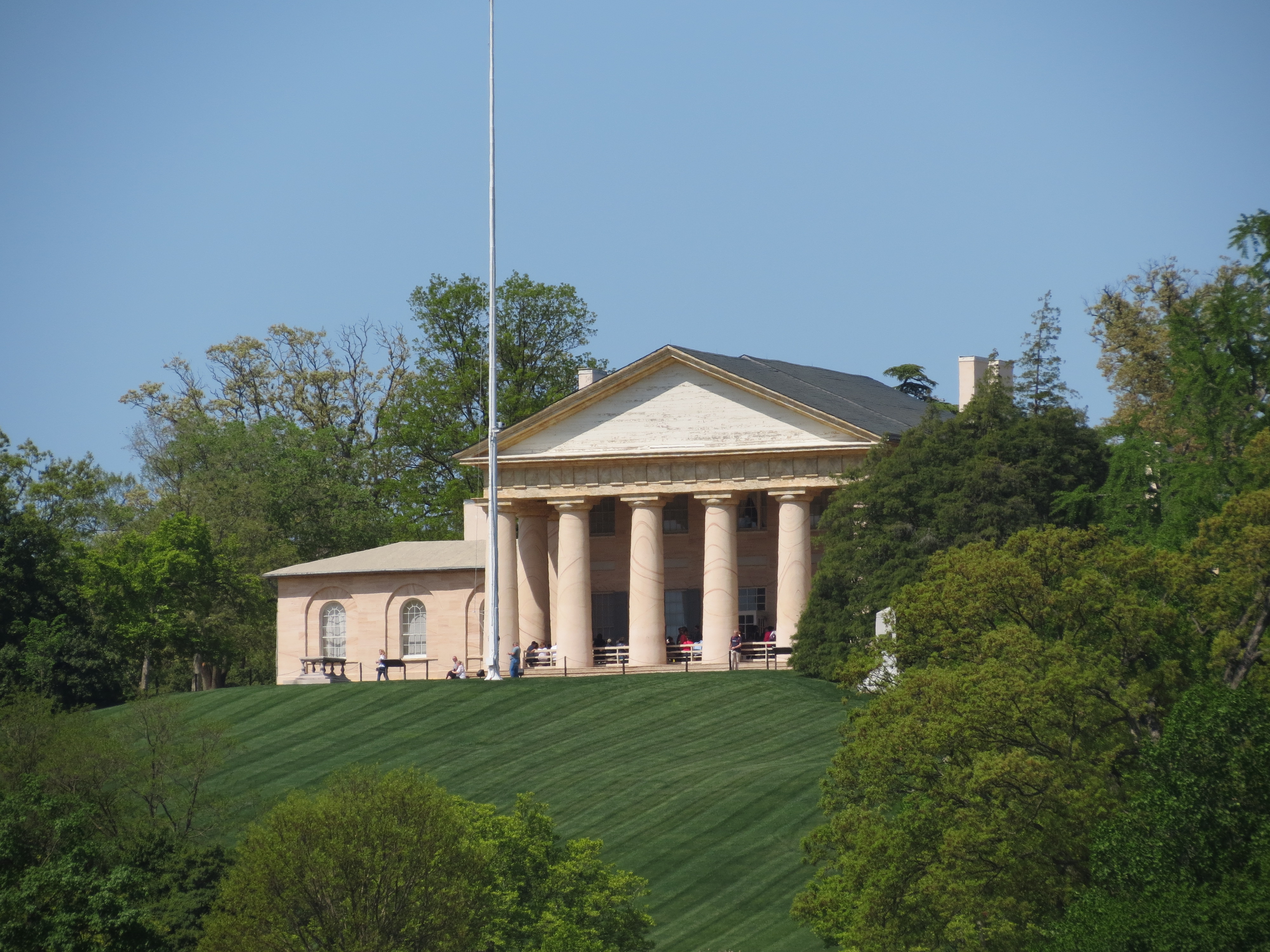
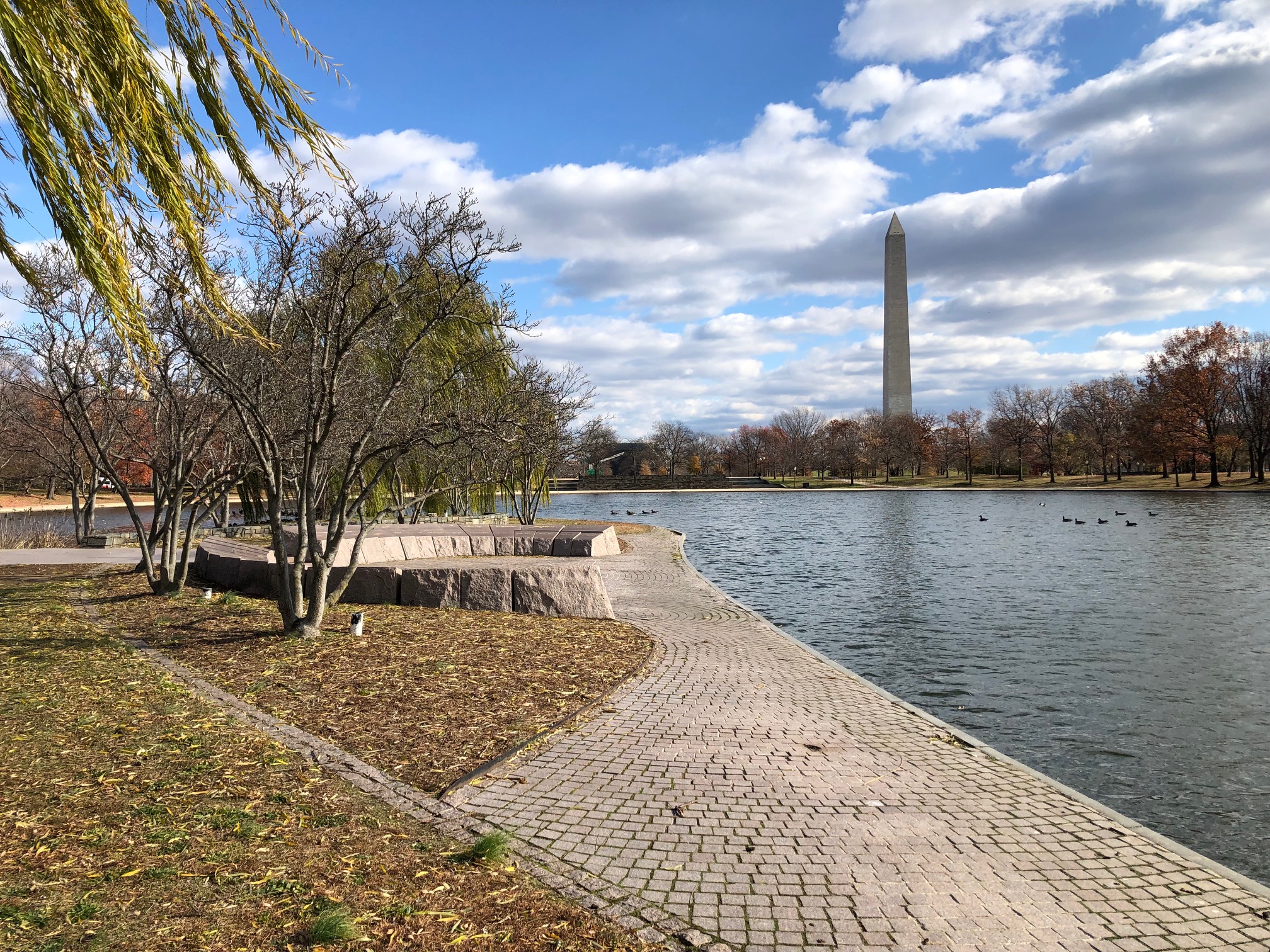
 Considering how peaceful this scene is, it’s hard to believe that less than half a century ago, it was covered in
Considering how peaceful this scene is, it’s hard to believe that less than half a century ago, it was covered in 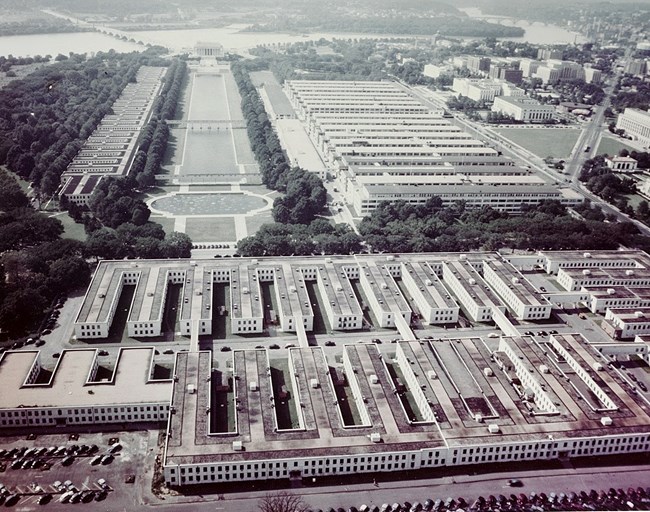
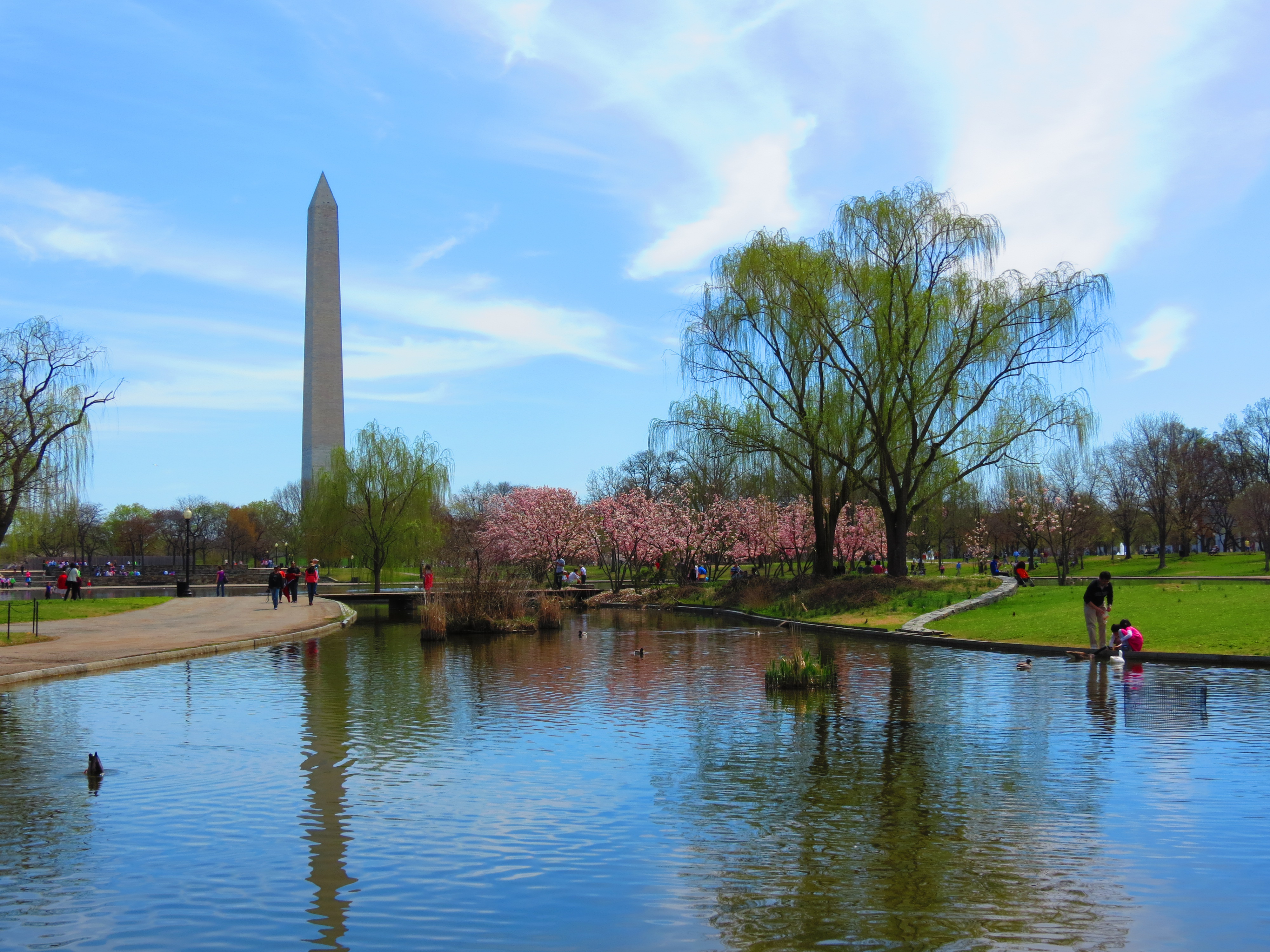
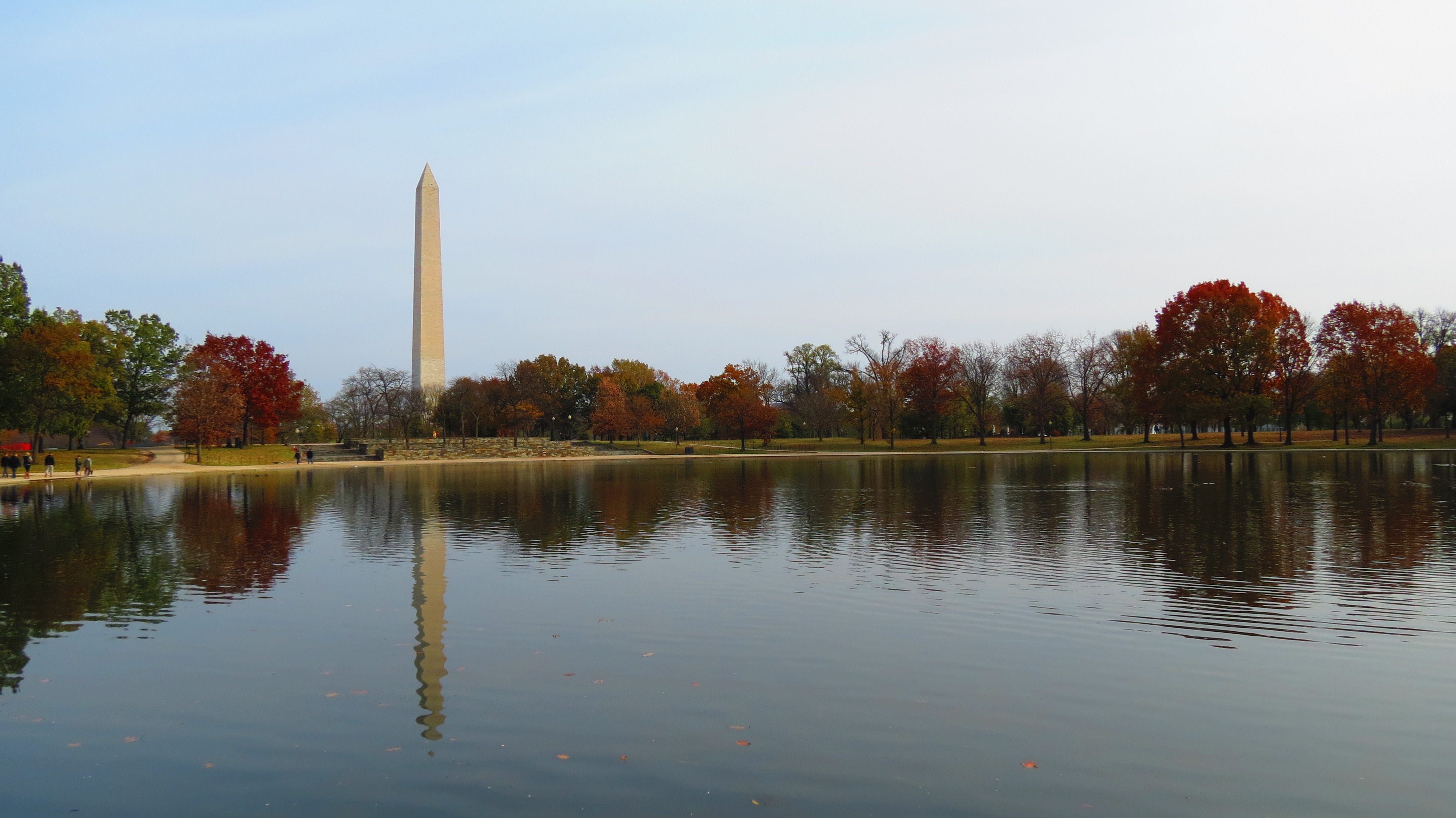
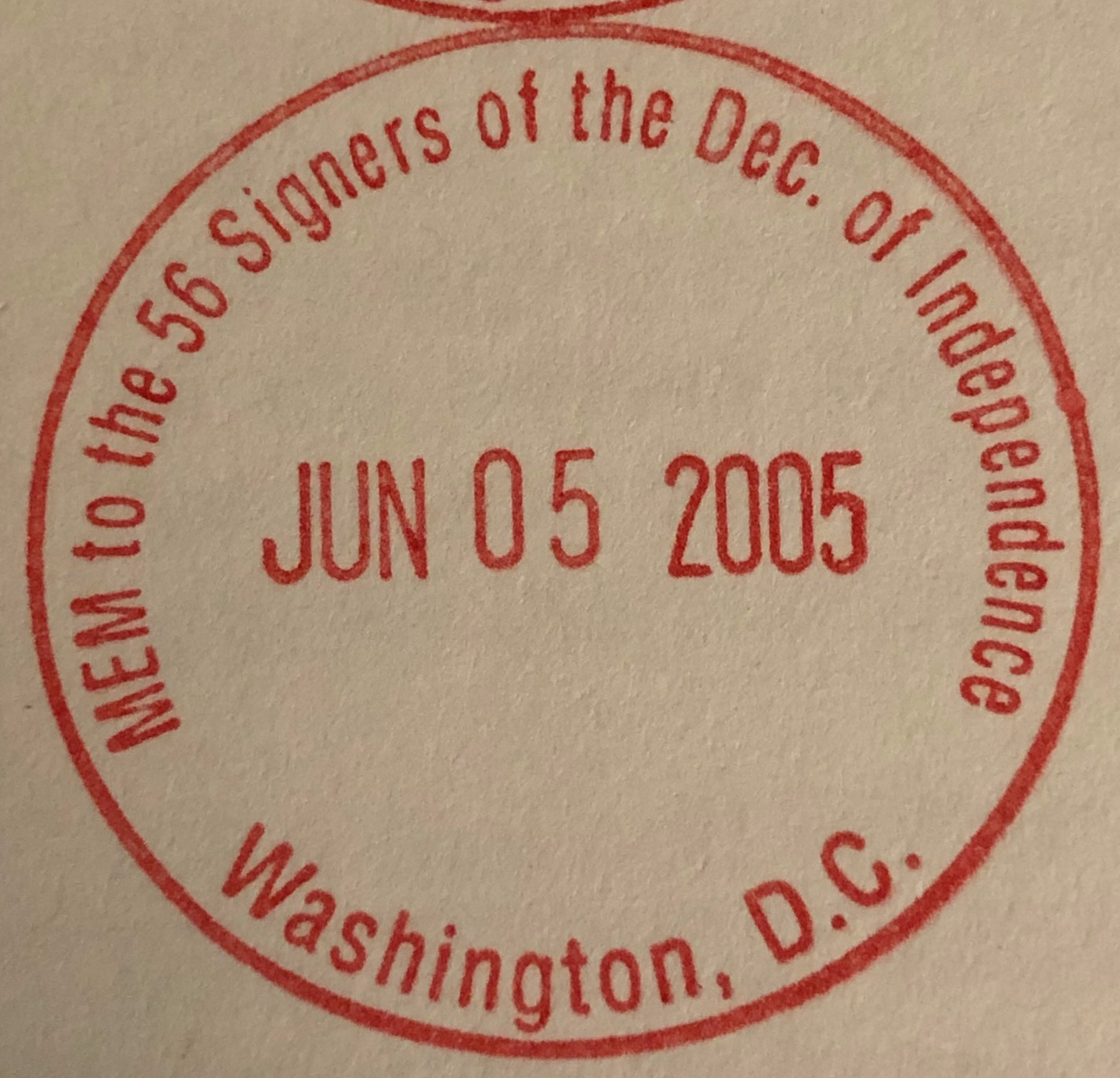 The best feature of the park in my opinion is the
The best feature of the park in my opinion is the 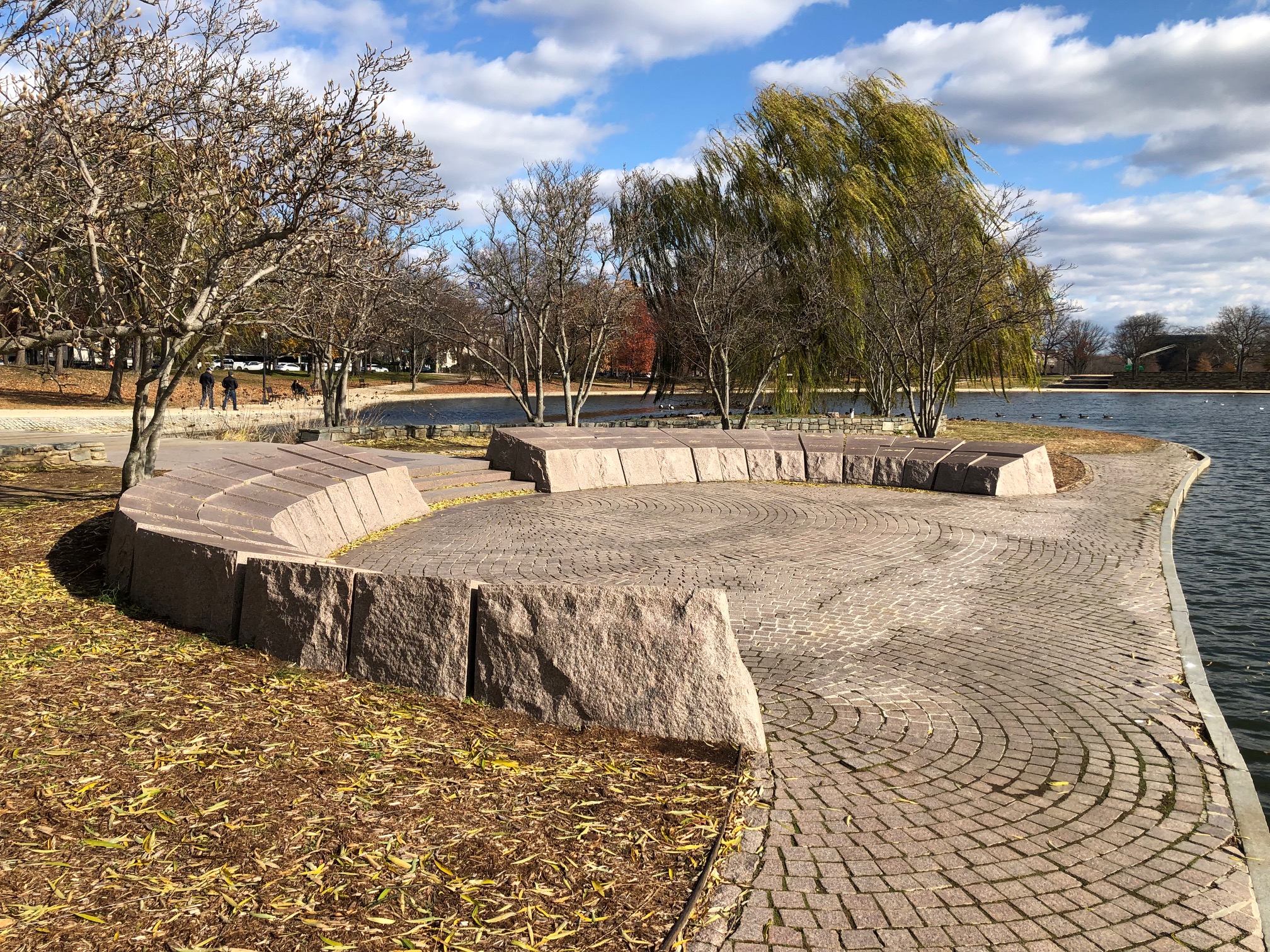




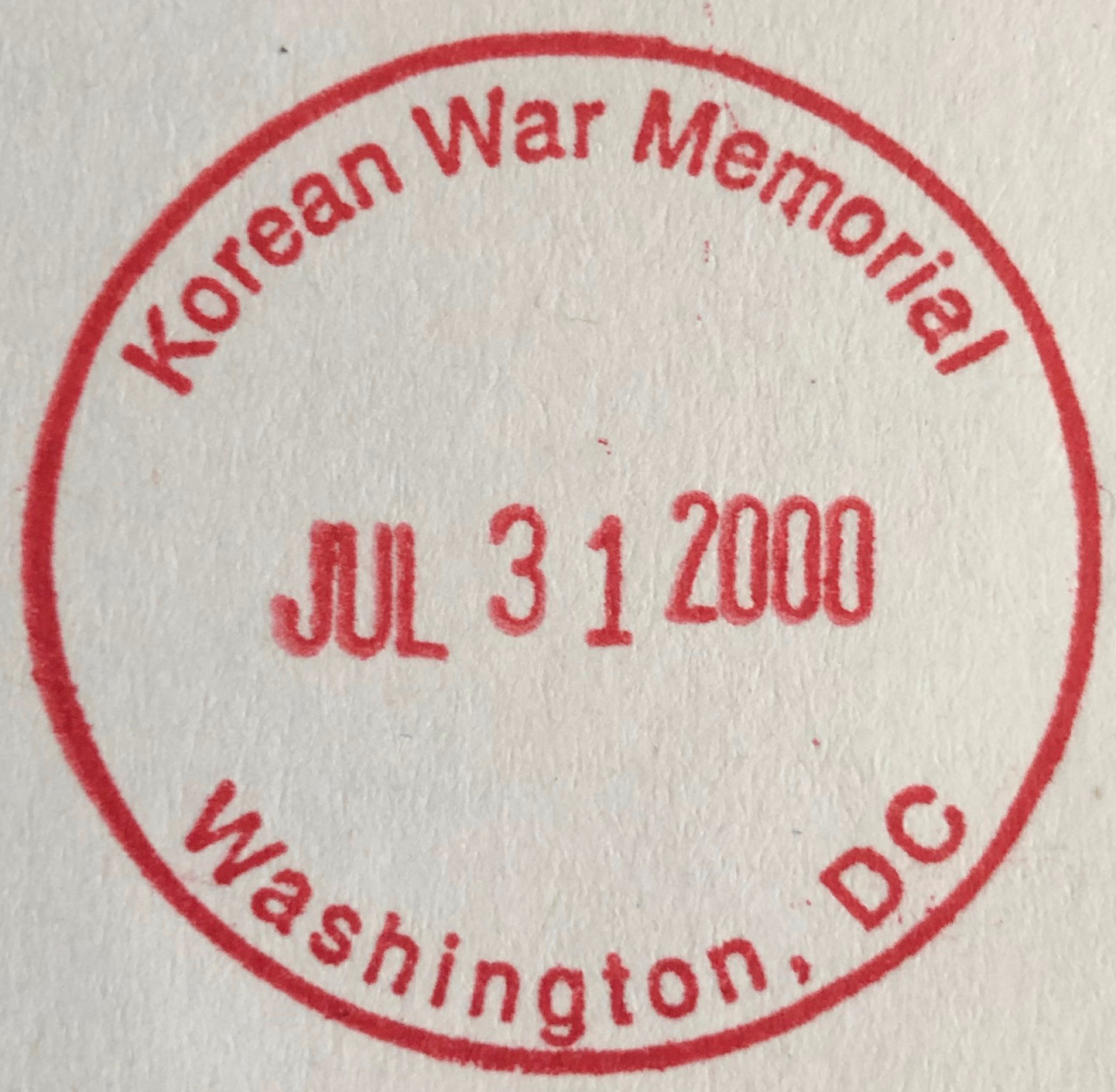 The
The 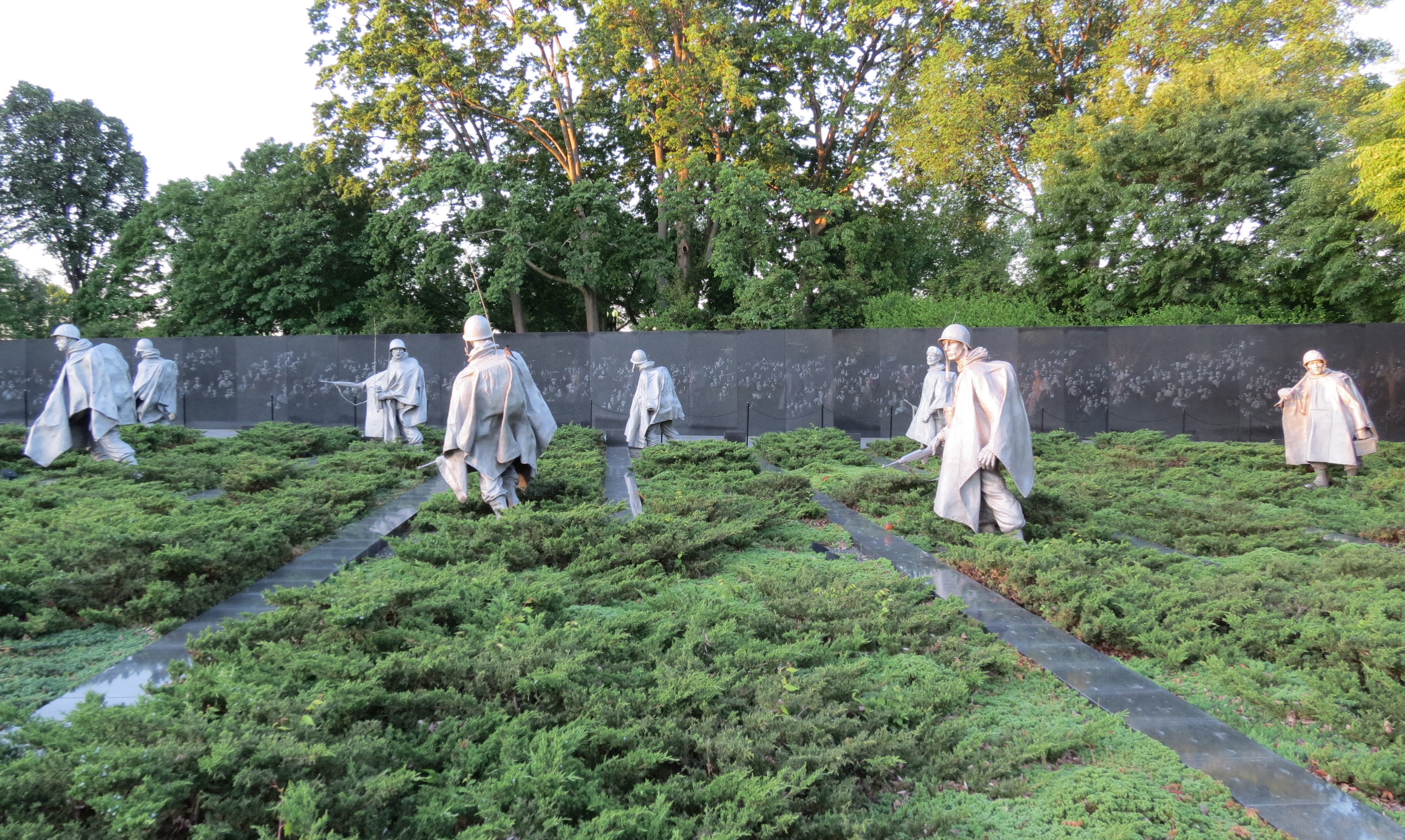
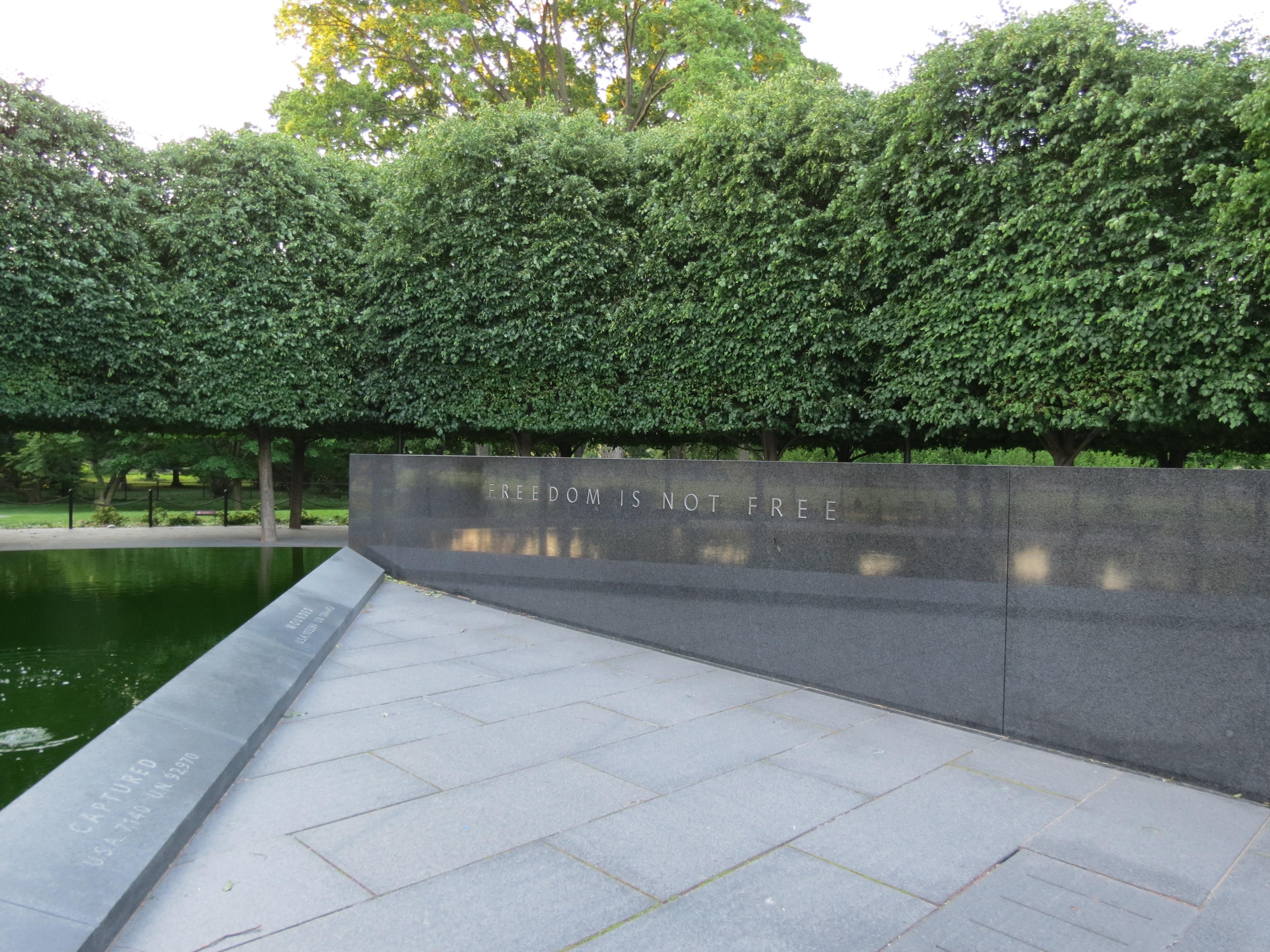
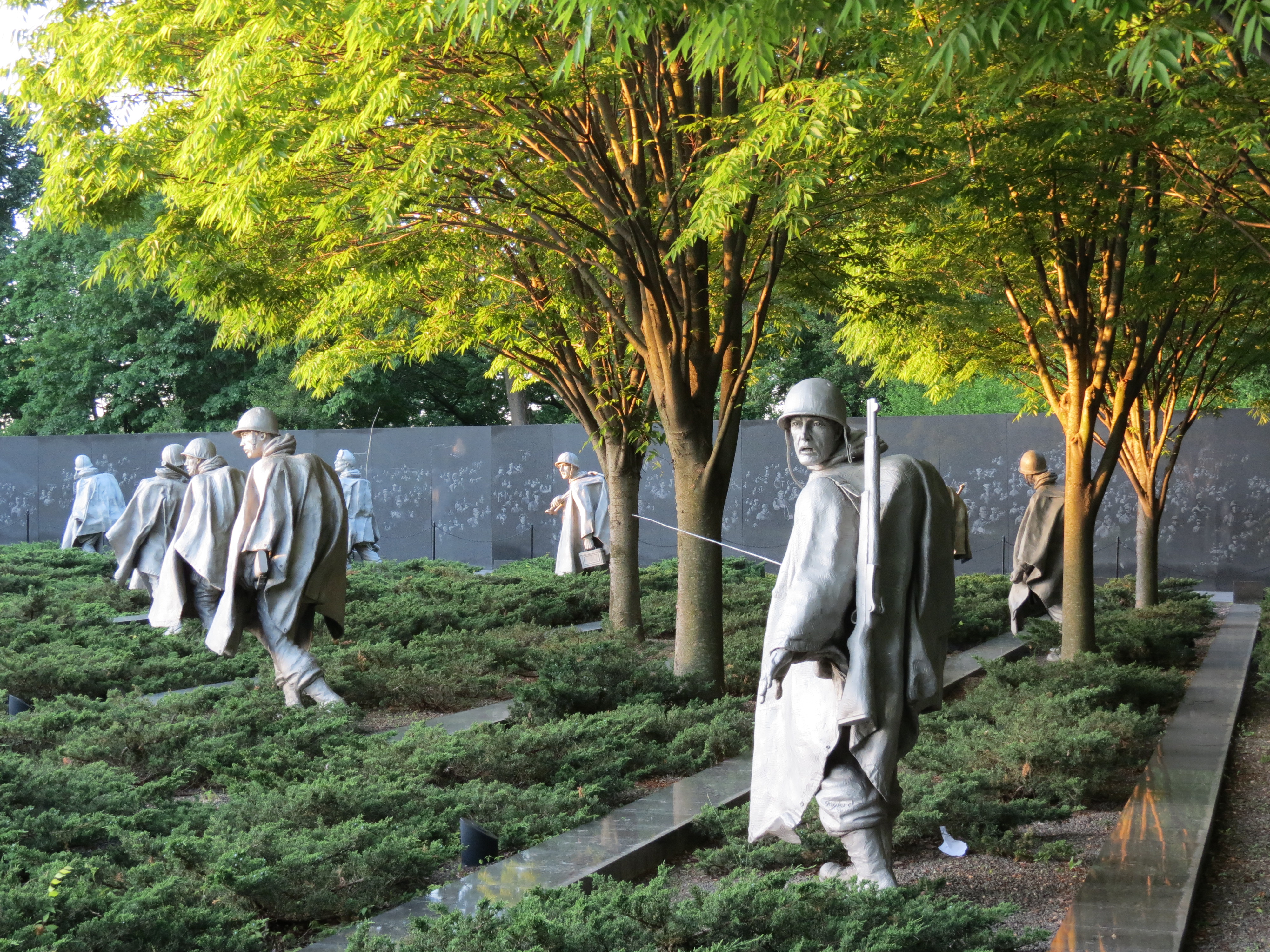
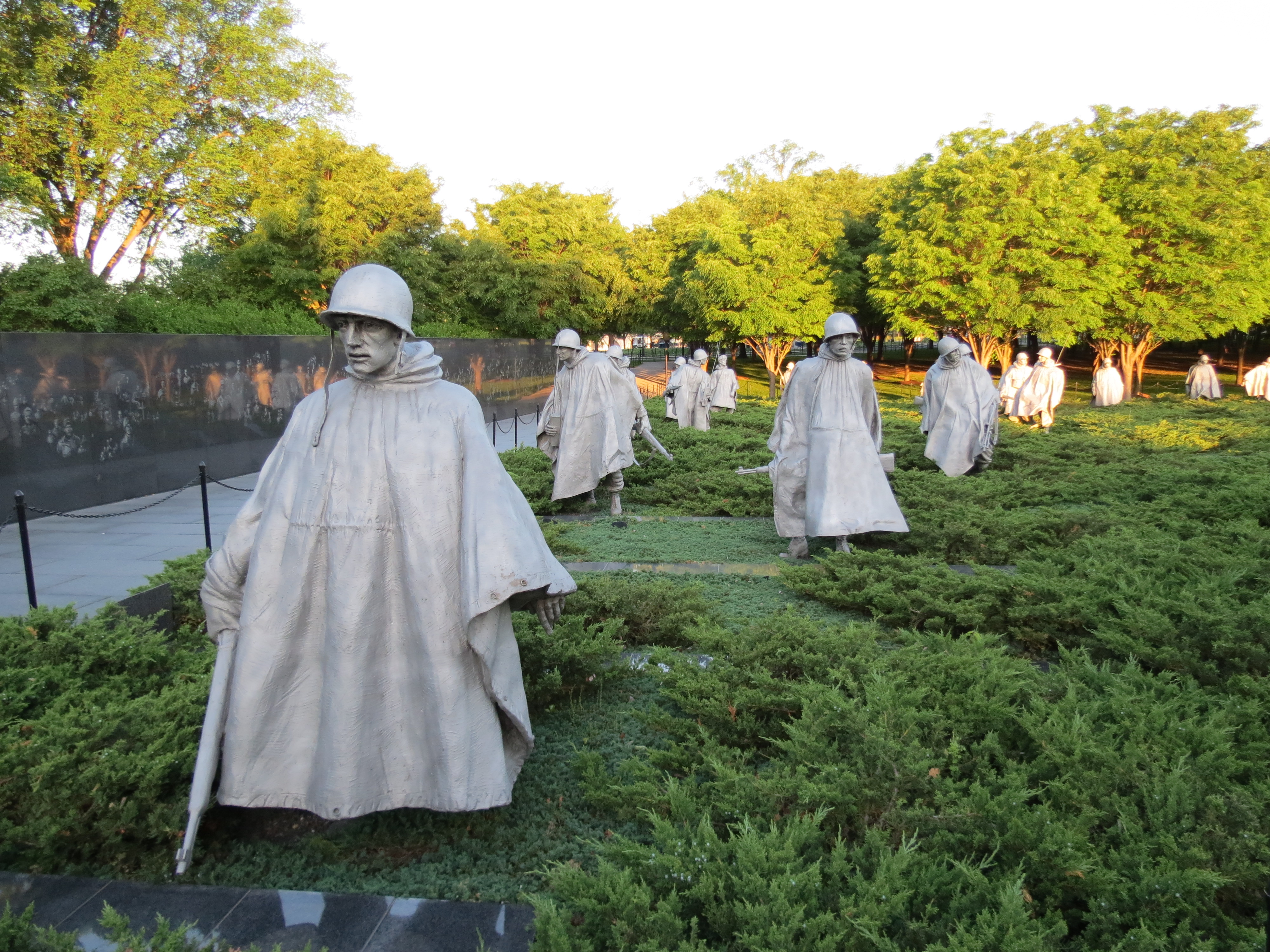
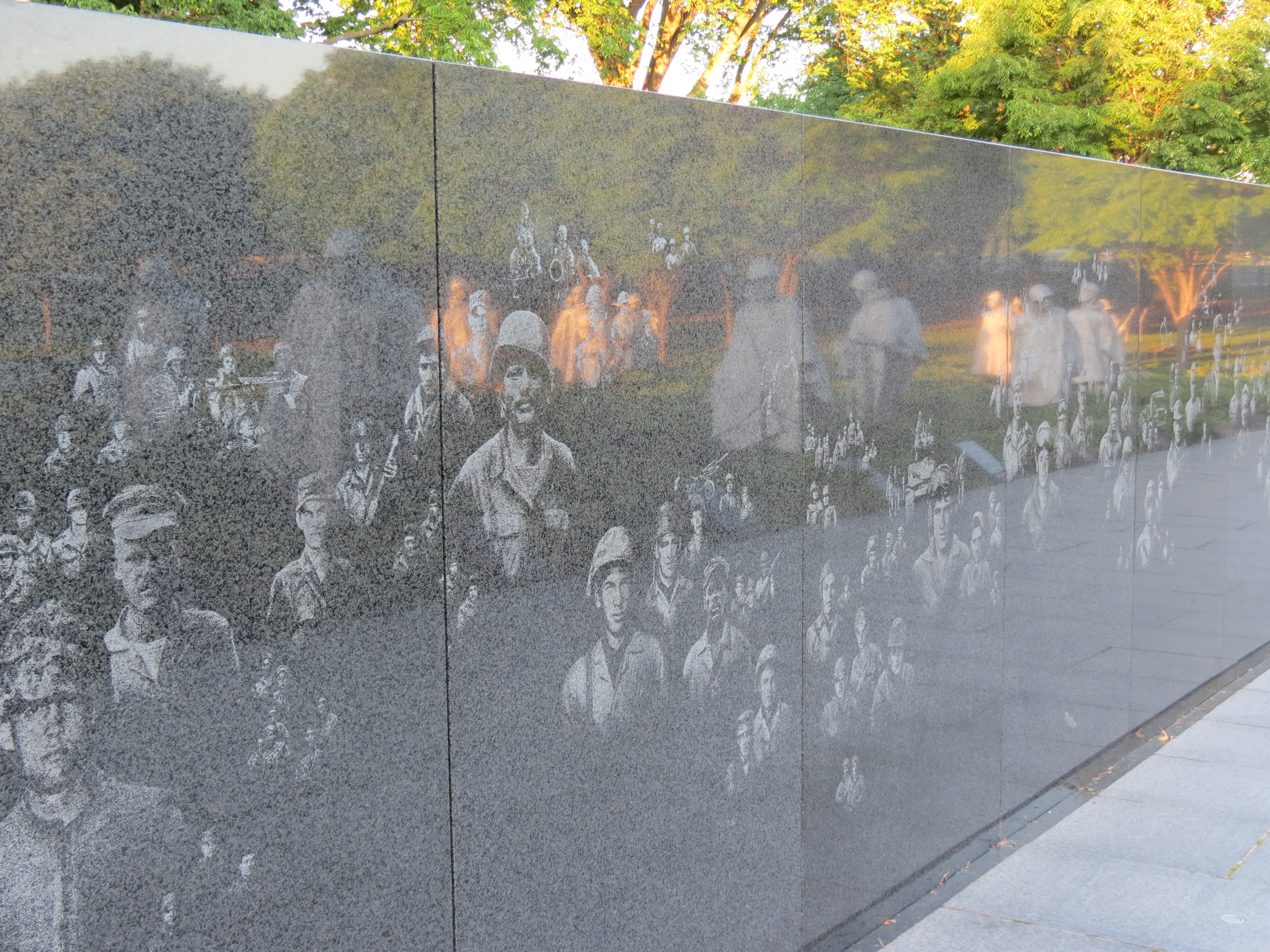
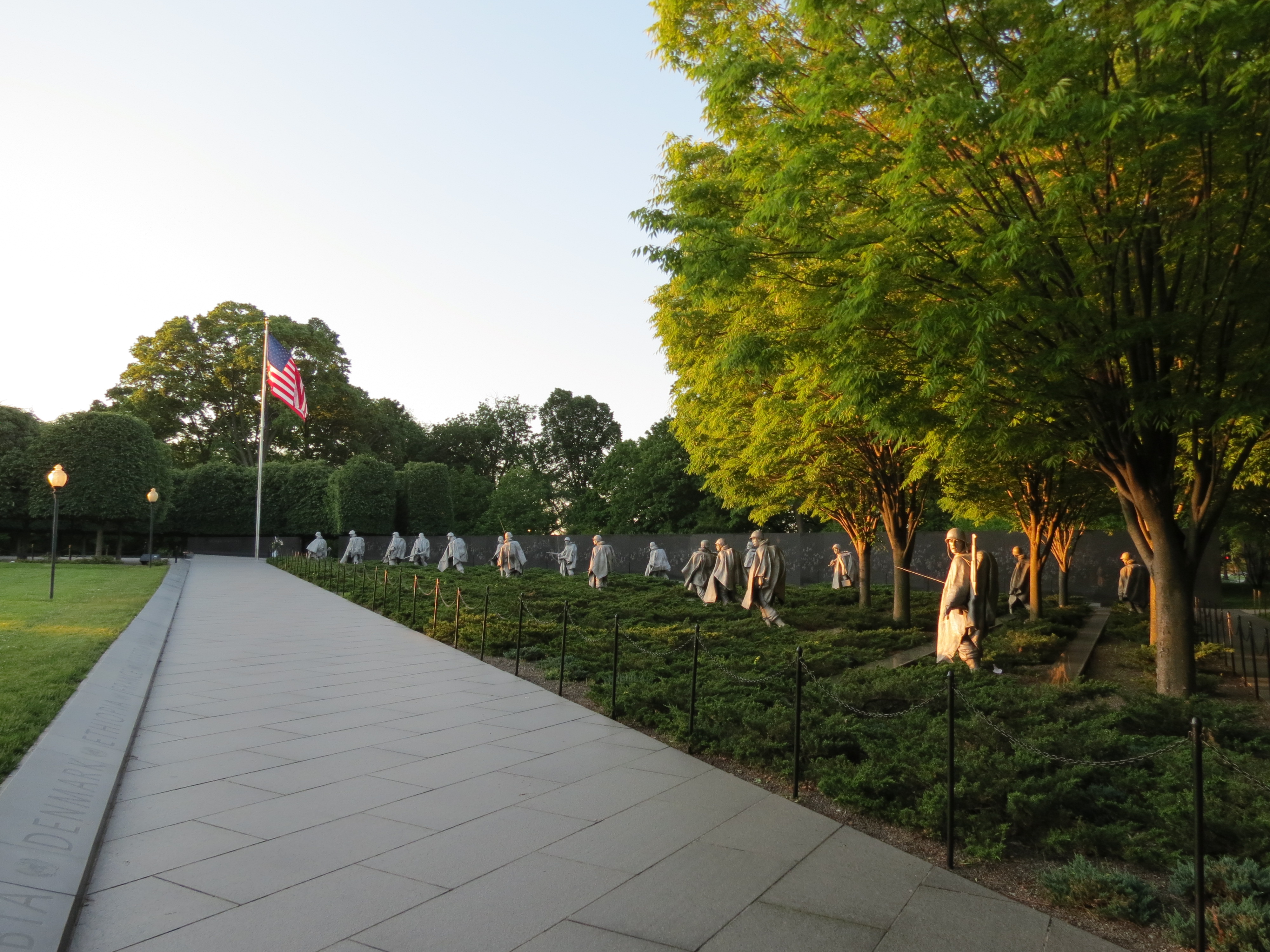

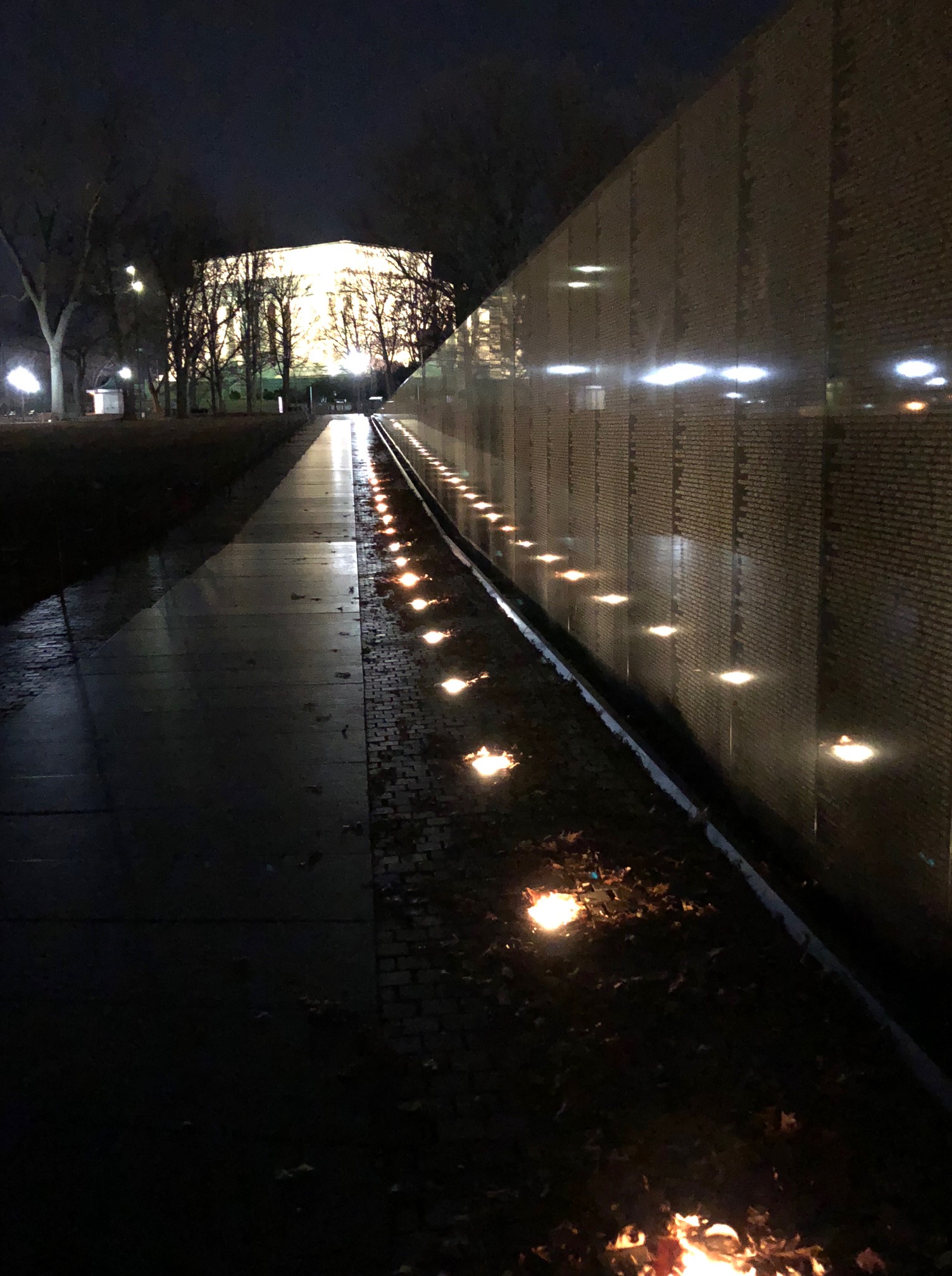
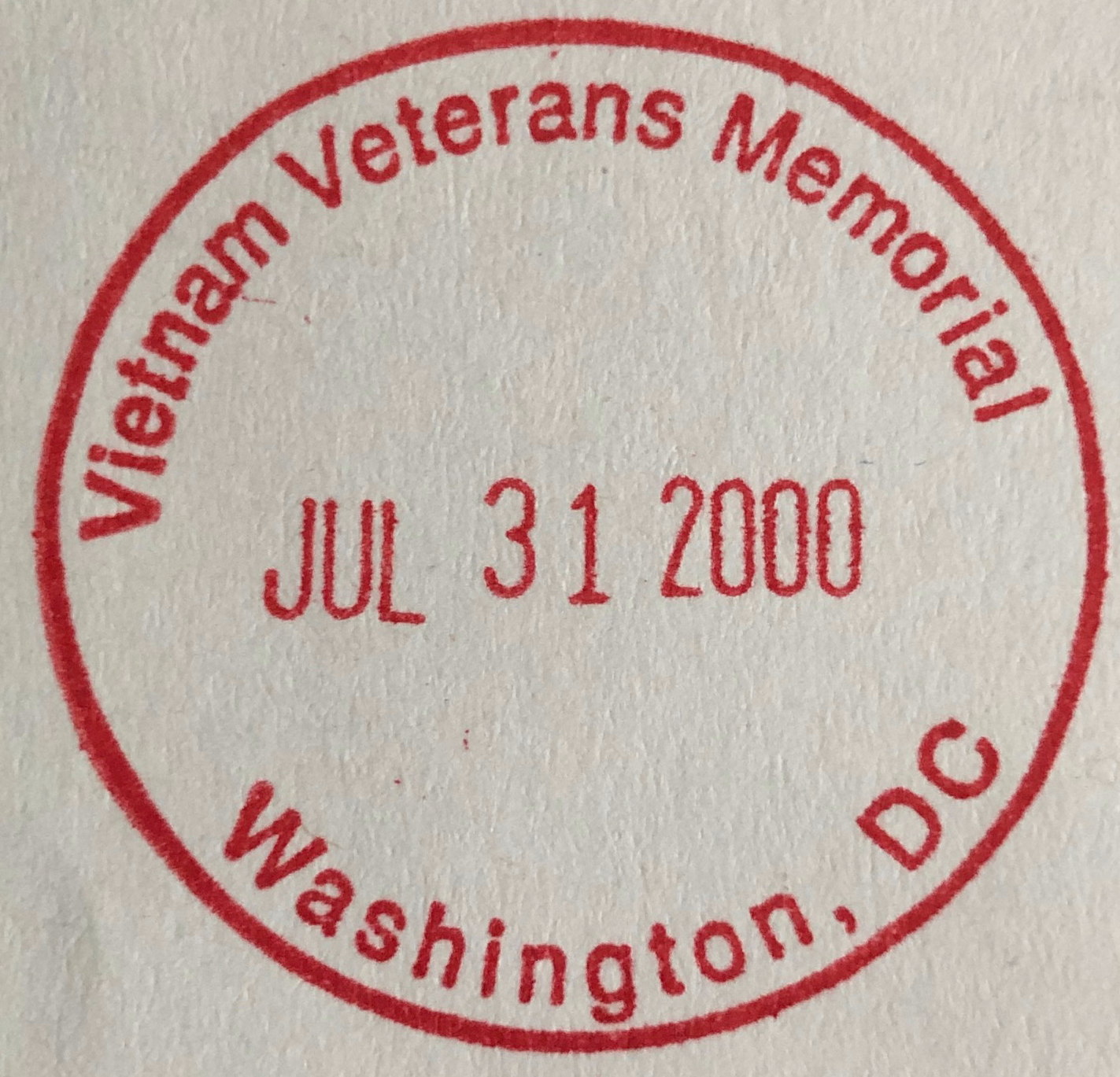 When the design, submitted by 21 year old architecture student
When the design, submitted by 21 year old architecture student 

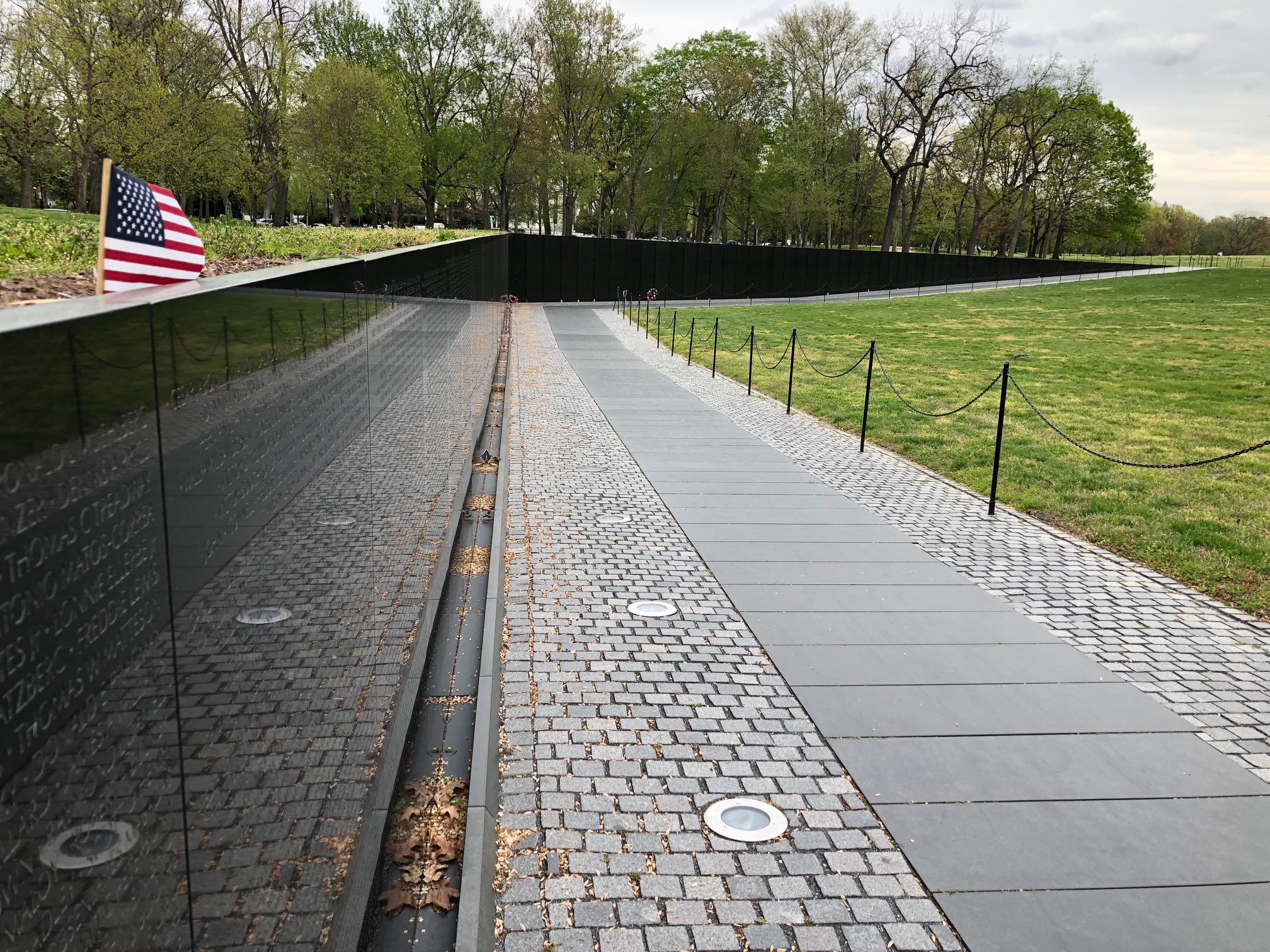
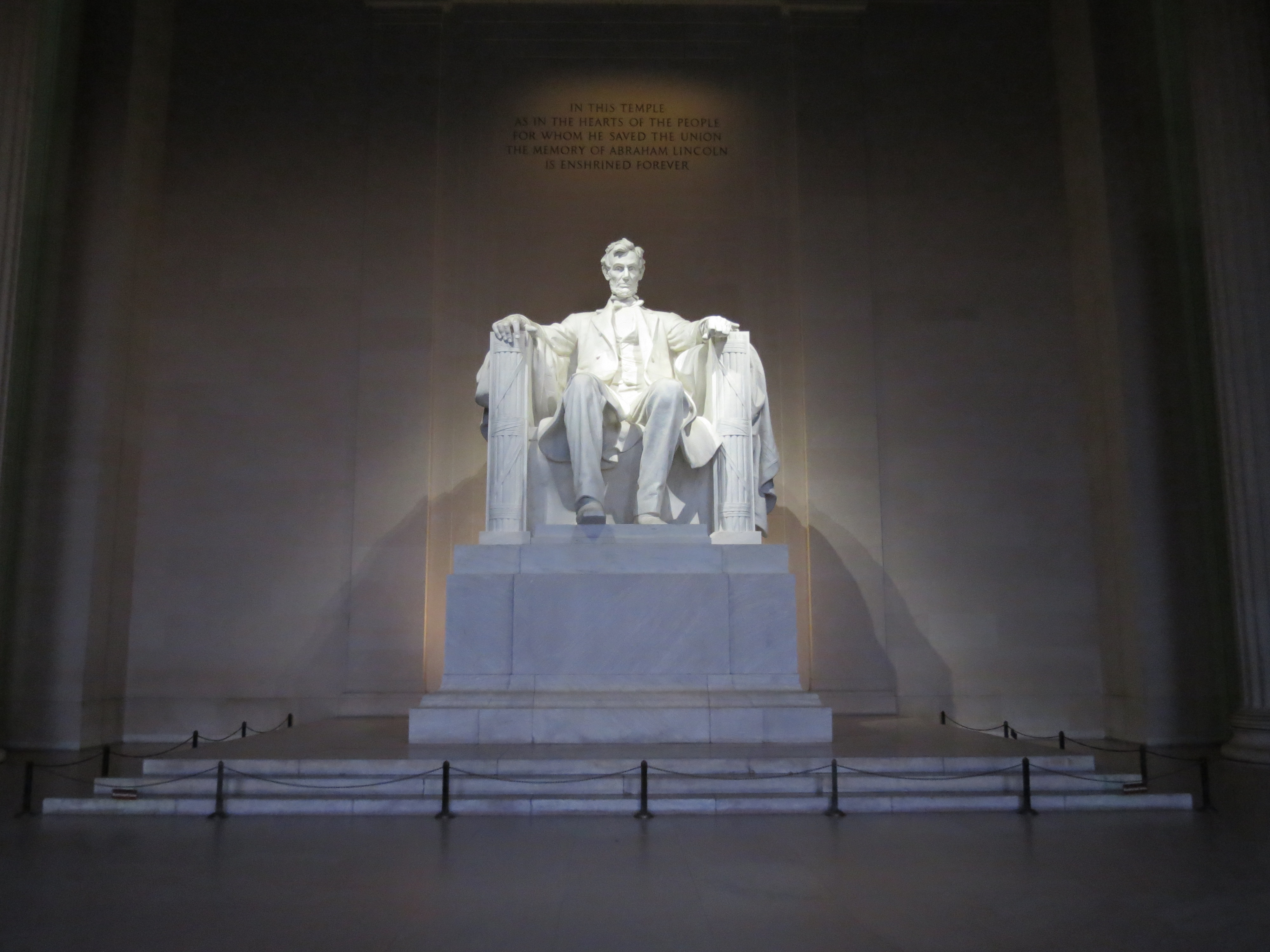

 Memories are created at National Parks, from family vacations at places like the Grand Canyon or Yellowstone, to weddings under the Grand Tetons, to honeymoons at Dry Tortugas in Florida or the parks in Hawaii. Many have been settings for iconic moments in American history, none more so than the Lincoln Memorial on the banks of the Potomac River – Martin Luther King’s “I have a dream” speech, which is commemorated with a stone on the steps of the memorial; to Marian Anderson’s singing of “My Country Tis of Thee” on Easter Sunday in 1939. In each instance, the statue of Lincoln stands in the backdrop, staring stoically and silently on.
Memories are created at National Parks, from family vacations at places like the Grand Canyon or Yellowstone, to weddings under the Grand Tetons, to honeymoons at Dry Tortugas in Florida or the parks in Hawaii. Many have been settings for iconic moments in American history, none more so than the Lincoln Memorial on the banks of the Potomac River – Martin Luther King’s “I have a dream” speech, which is commemorated with a stone on the steps of the memorial; to Marian Anderson’s singing of “My Country Tis of Thee” on Easter Sunday in 1939. In each instance, the statue of Lincoln stands in the backdrop, staring stoically and silently on.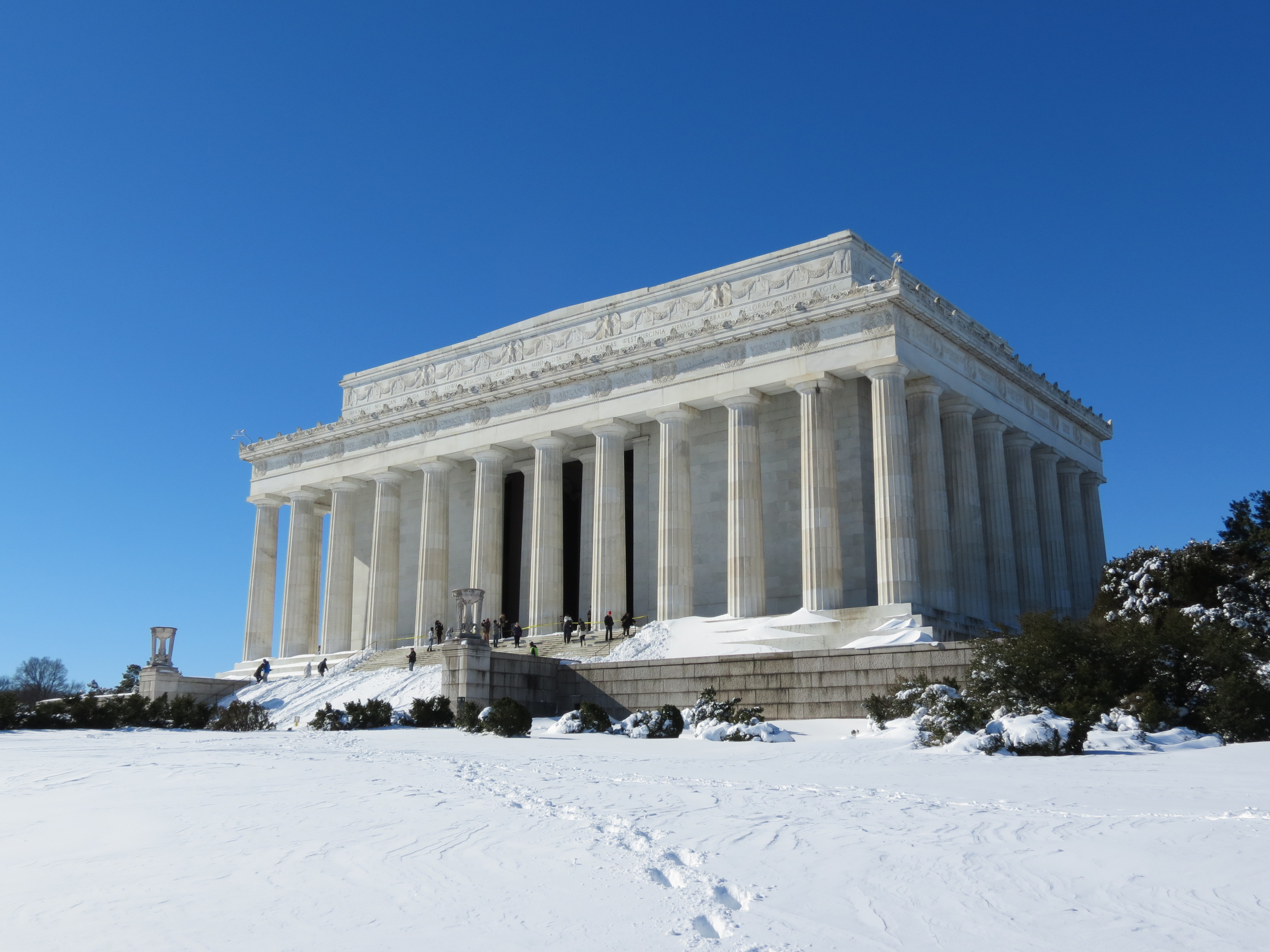
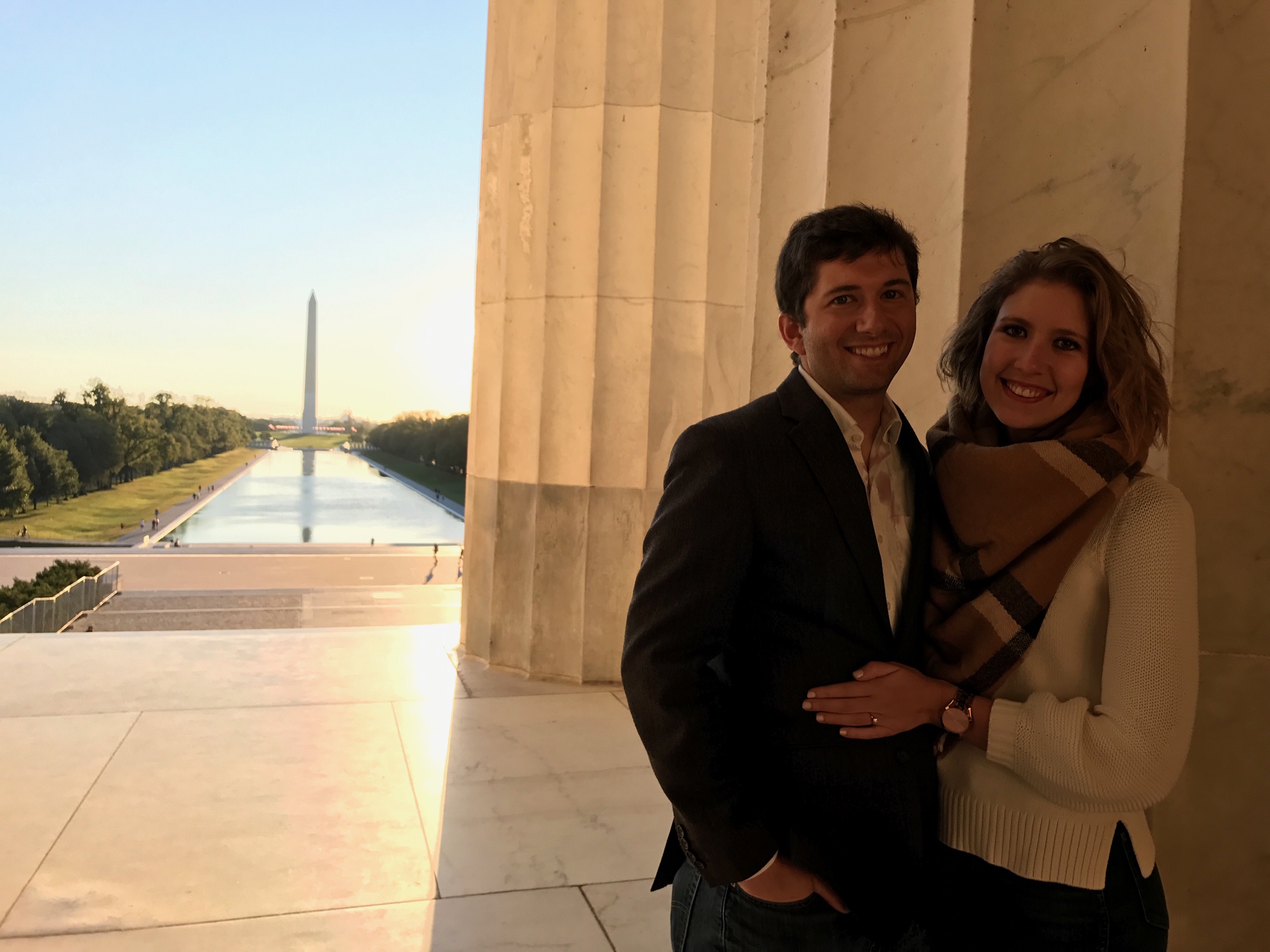
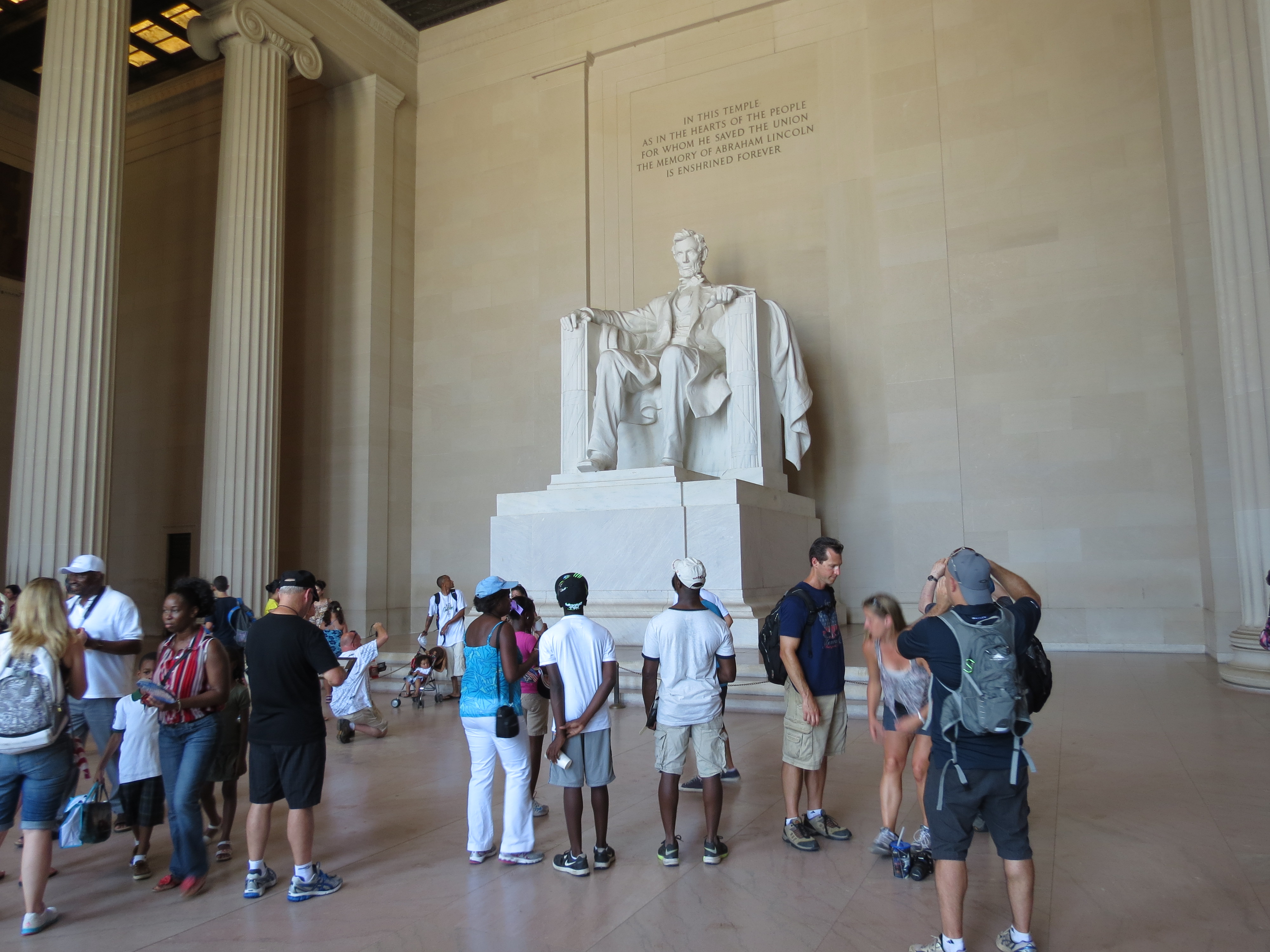

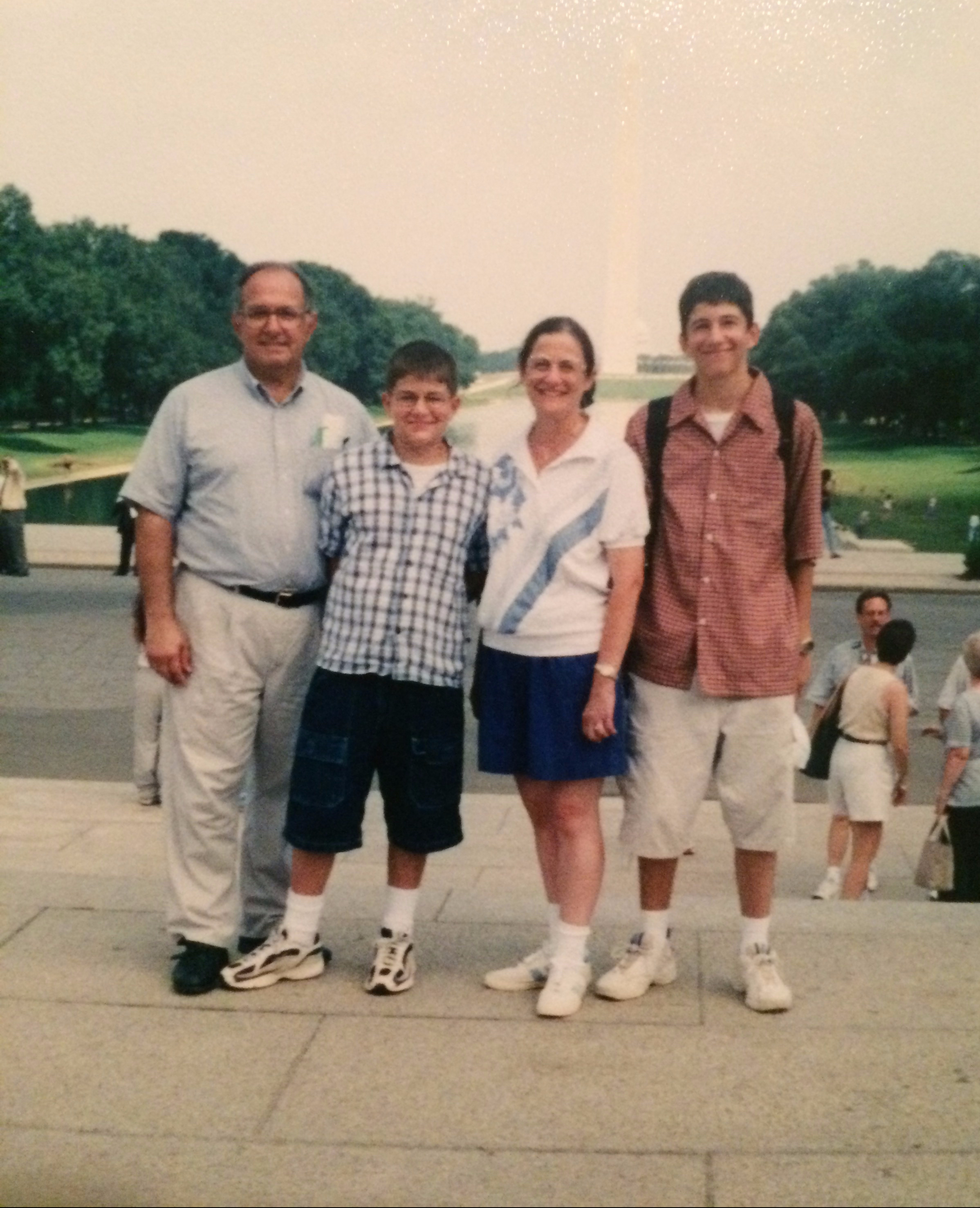

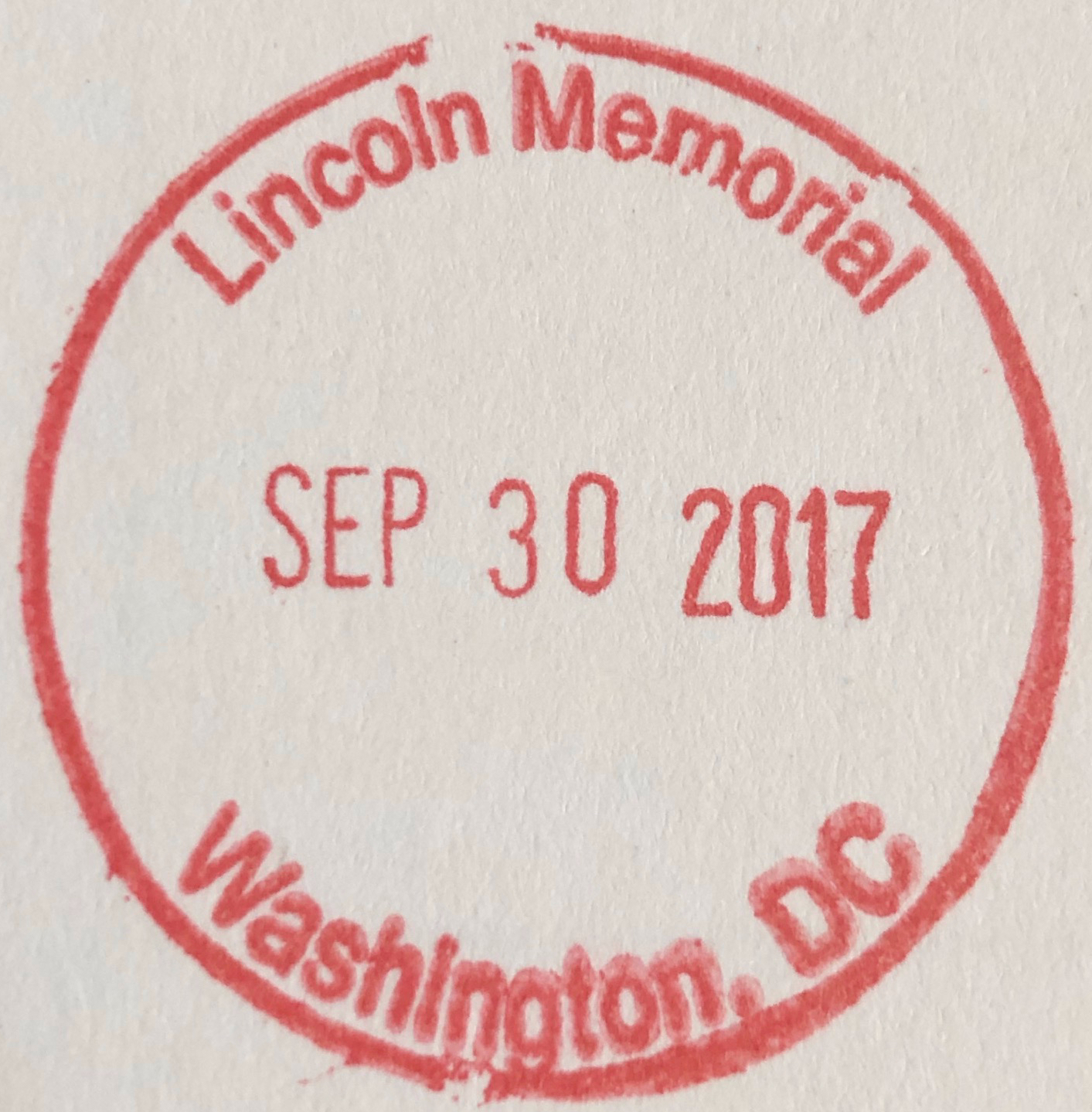 What stood out to me on my first visit there, on our family trip in 2000, was how bright the room was, with the hot July sun reflecting on the white marble, and how open and airy the atrium was around the solemn statue of Abraham Lincoln. I’ve made innumerable memories at the Lincoln Memorial, as have thousands of other visitors over the years. But the best memory will always be my proposal on the steps of the memorial on a cool September morning. The Lincoln Memorial, the scene of so much history and meaning, will always be our national park.
What stood out to me on my first visit there, on our family trip in 2000, was how bright the room was, with the hot July sun reflecting on the white marble, and how open and airy the atrium was around the solemn statue of Abraham Lincoln. I’ve made innumerable memories at the Lincoln Memorial, as have thousands of other visitors over the years. But the best memory will always be my proposal on the steps of the memorial on a cool September morning. The Lincoln Memorial, the scene of so much history and meaning, will always be our national park.


 Upon passing the belatedly added statue of Roosevelt in a wheelchair, and the massive bronze eagle – a replica of the medallion that hung from his podium at his first inaugural, visitors enter the first room, which focuses on the New Deal and his first hundred days in office. Opposite the entrance, a giant waterfall crashes down near his famous quote “The only thing we have to fear is fear itself,” the torrent of water symbolizing the barrage of legislation he pressed through Congress to tackle the ongoing Great Depression.
Upon passing the belatedly added statue of Roosevelt in a wheelchair, and the massive bronze eagle – a replica of the medallion that hung from his podium at his first inaugural, visitors enter the first room, which focuses on the New Deal and his first hundred days in office. Opposite the entrance, a giant waterfall crashes down near his famous quote “The only thing we have to fear is fear itself,” the torrent of water symbolizing the barrage of legislation he pressed through Congress to tackle the ongoing Great Depression.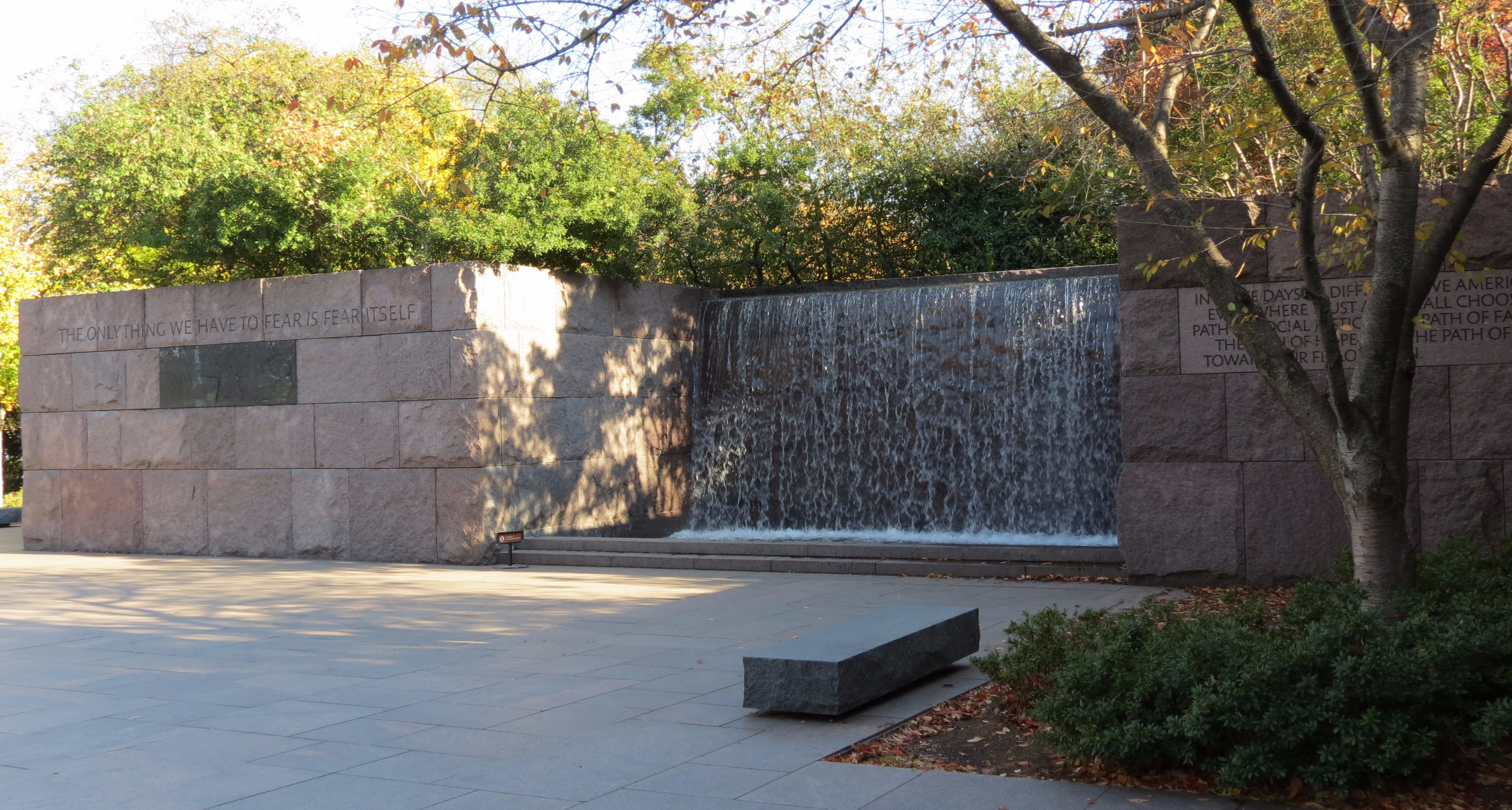
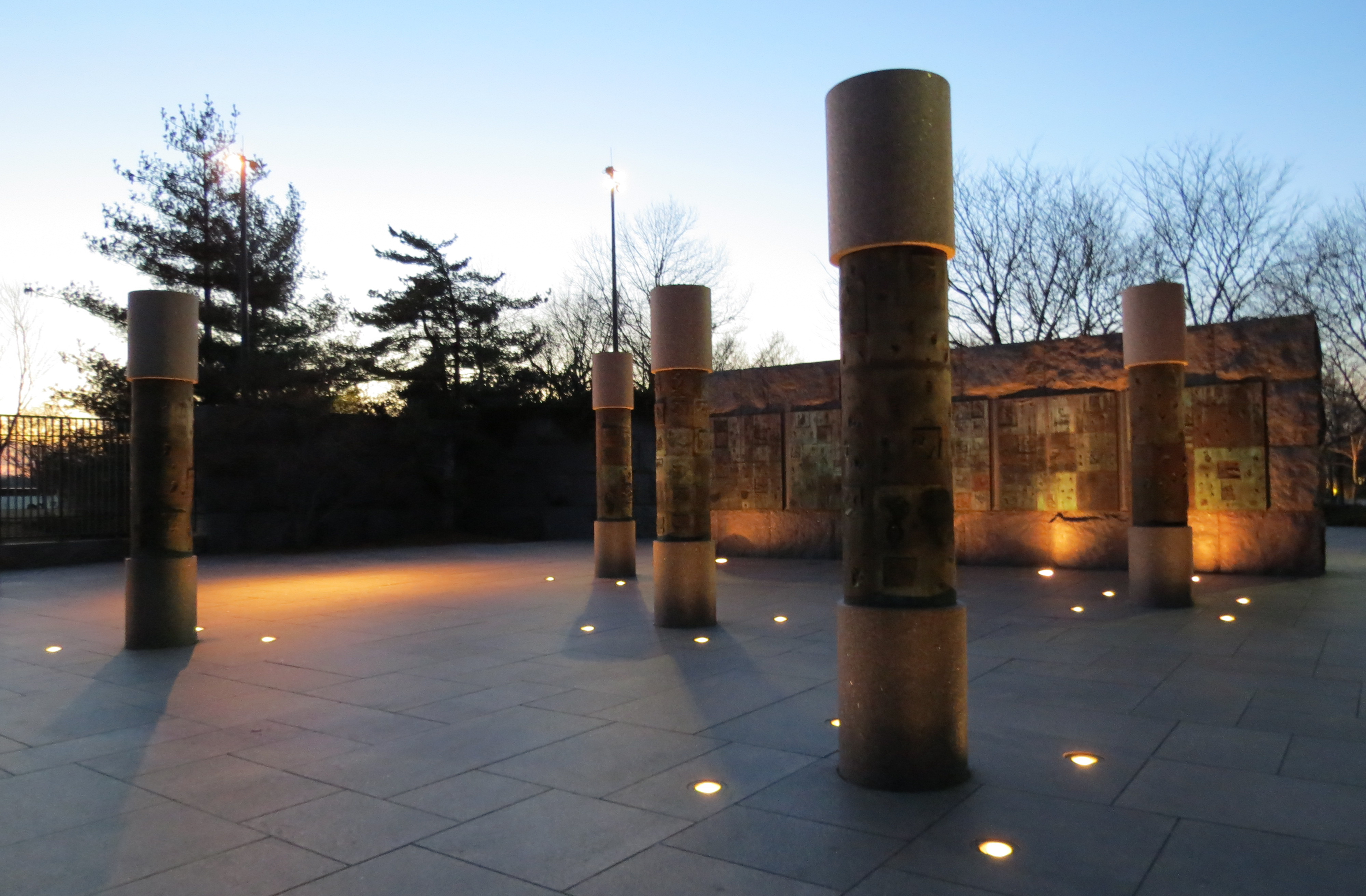

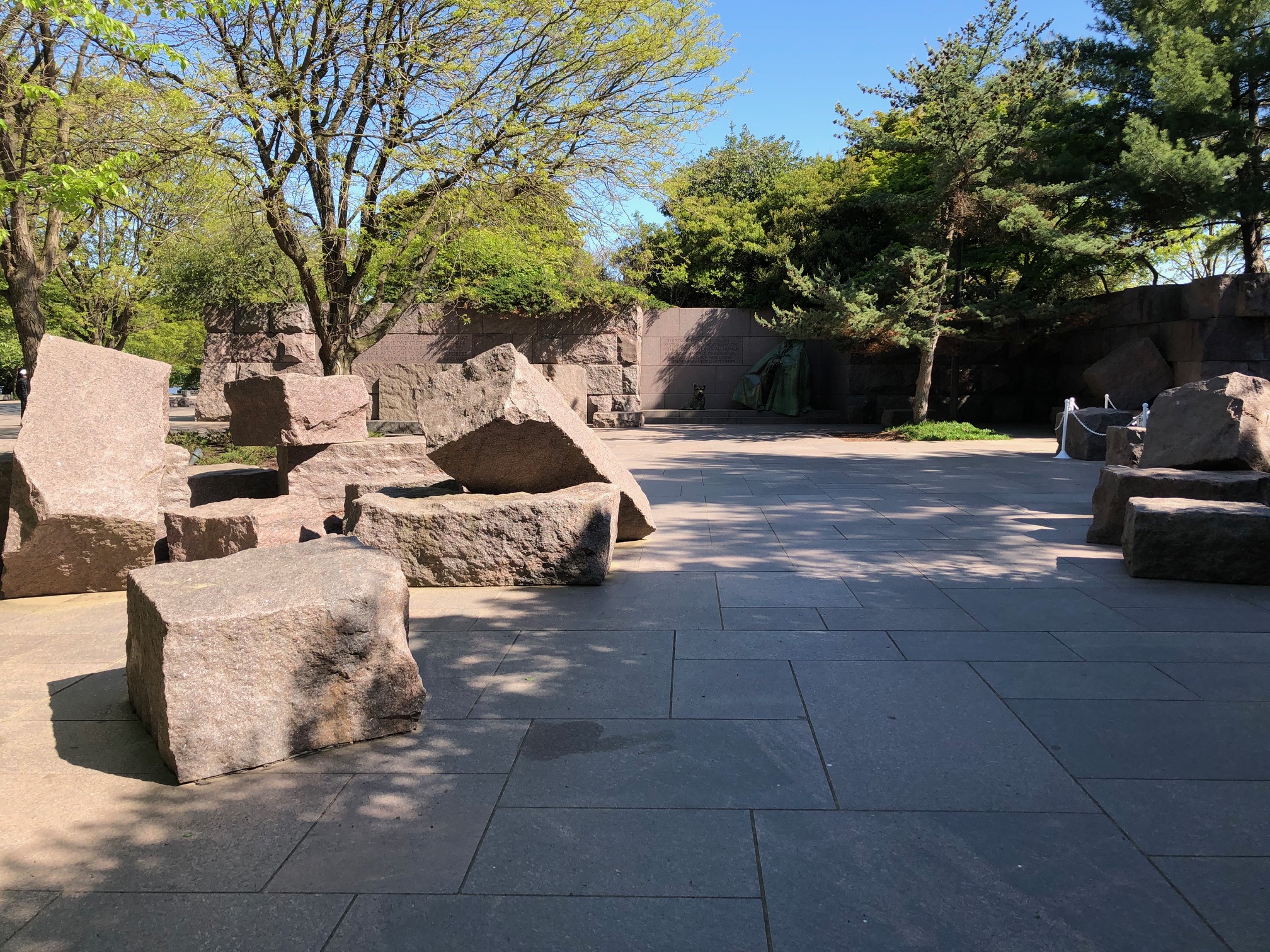
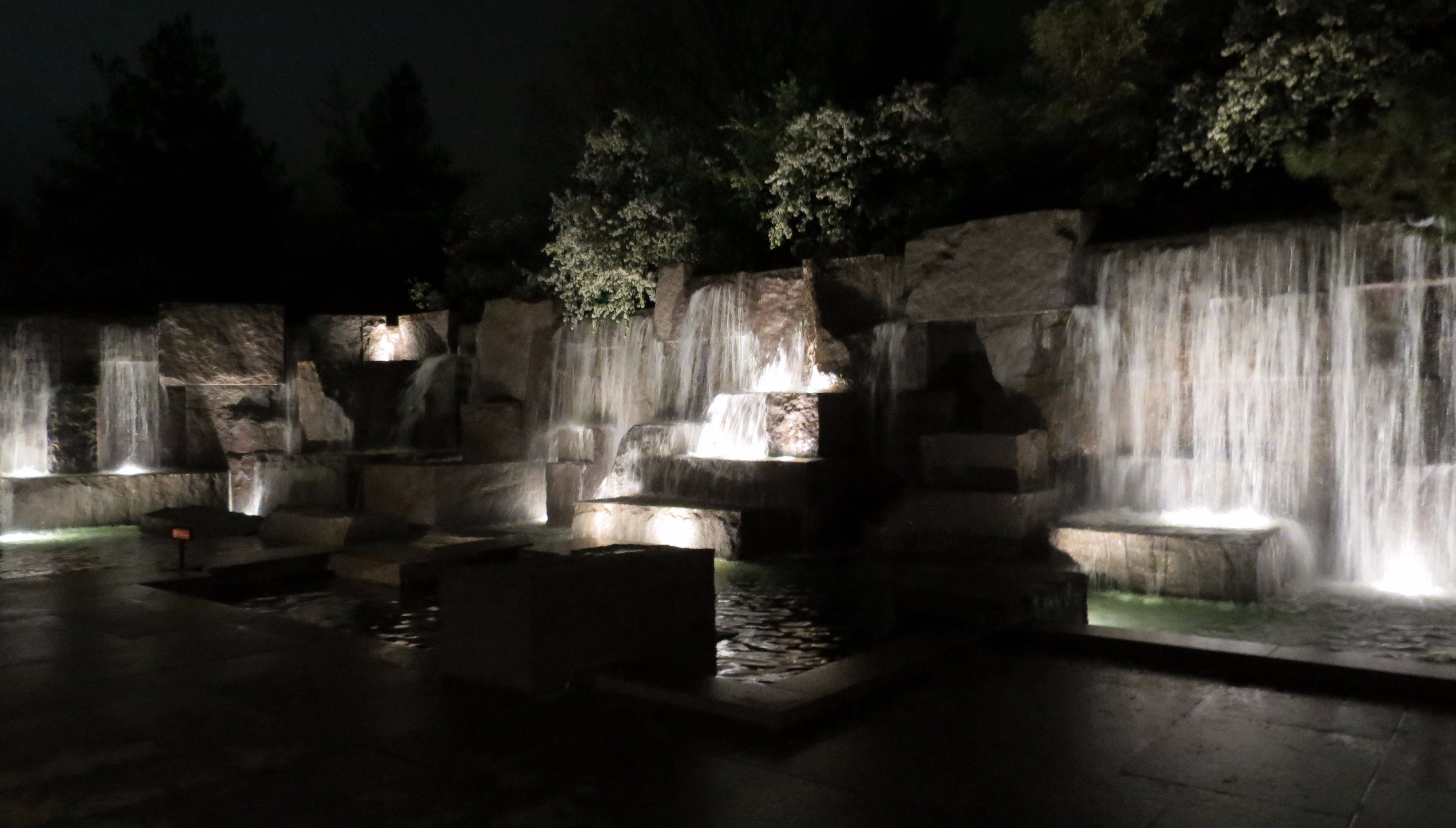

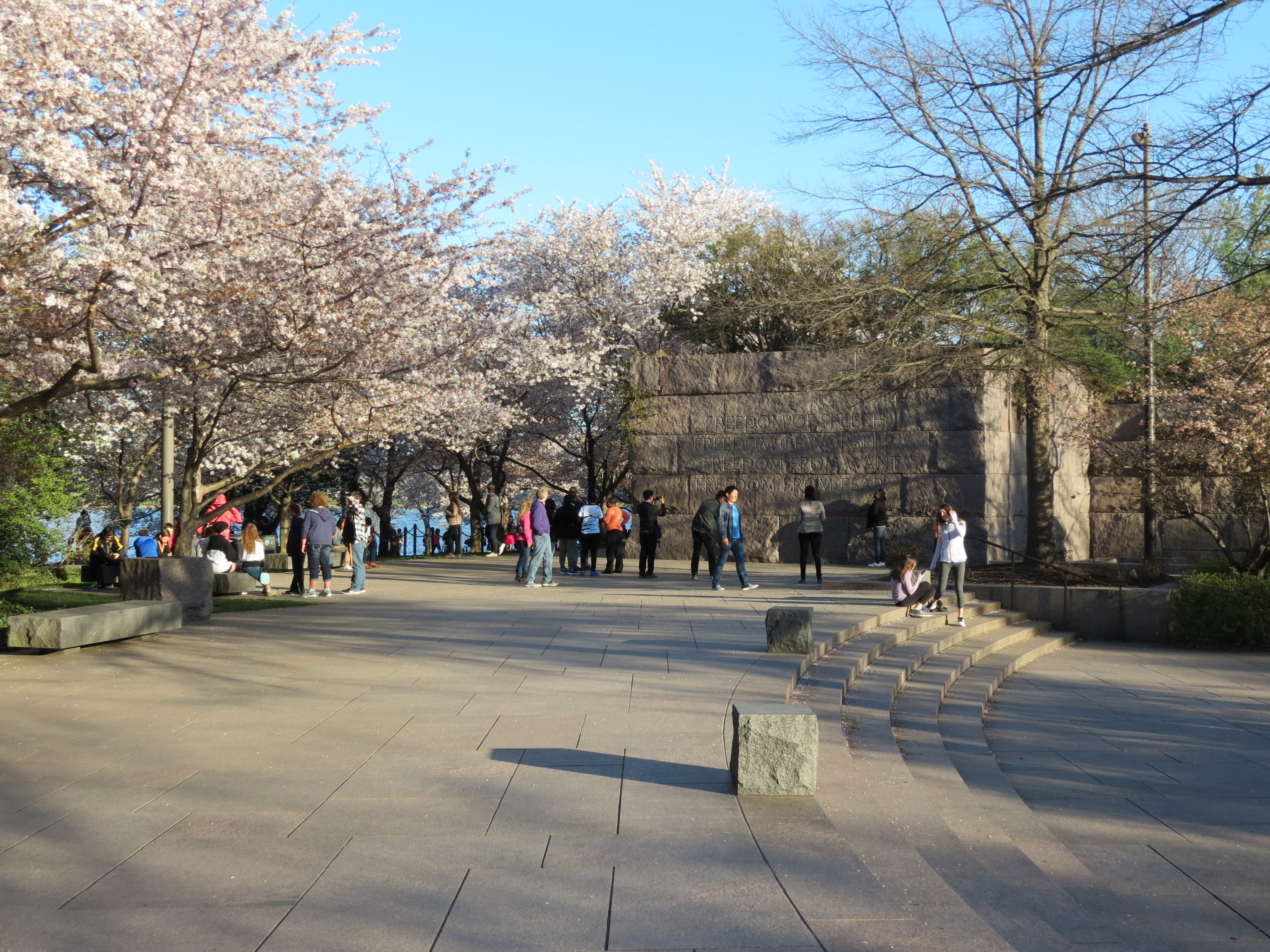
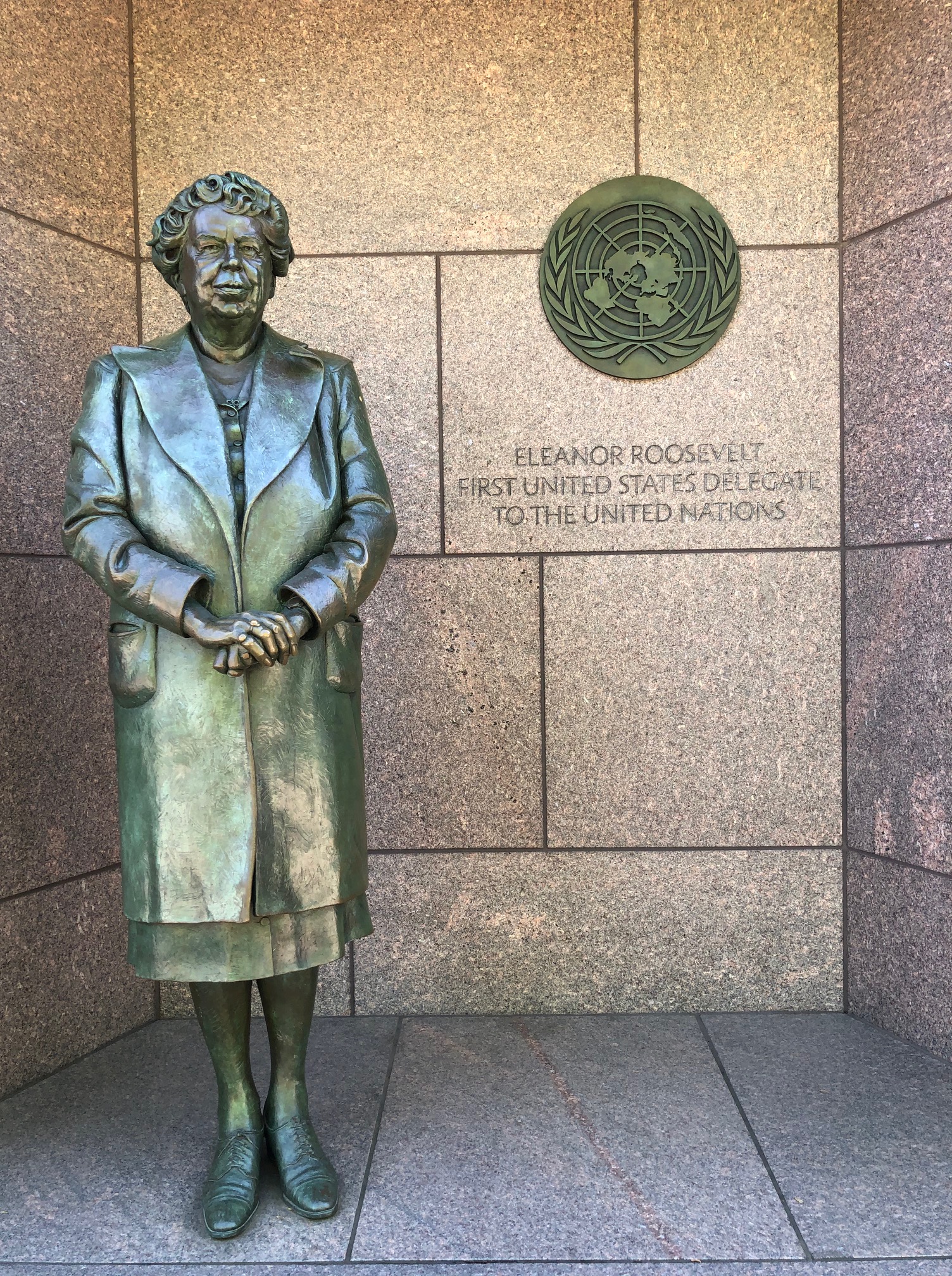
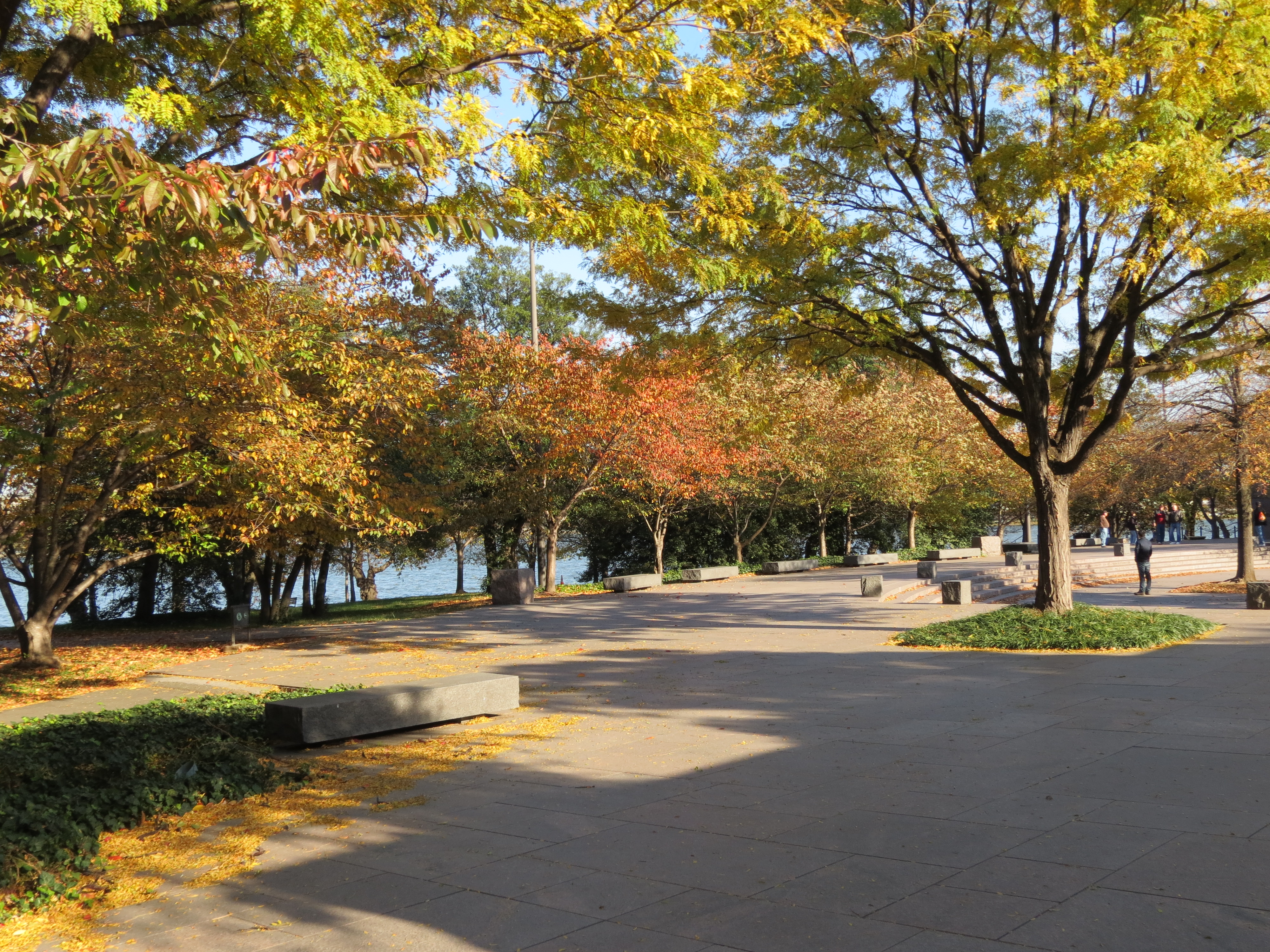
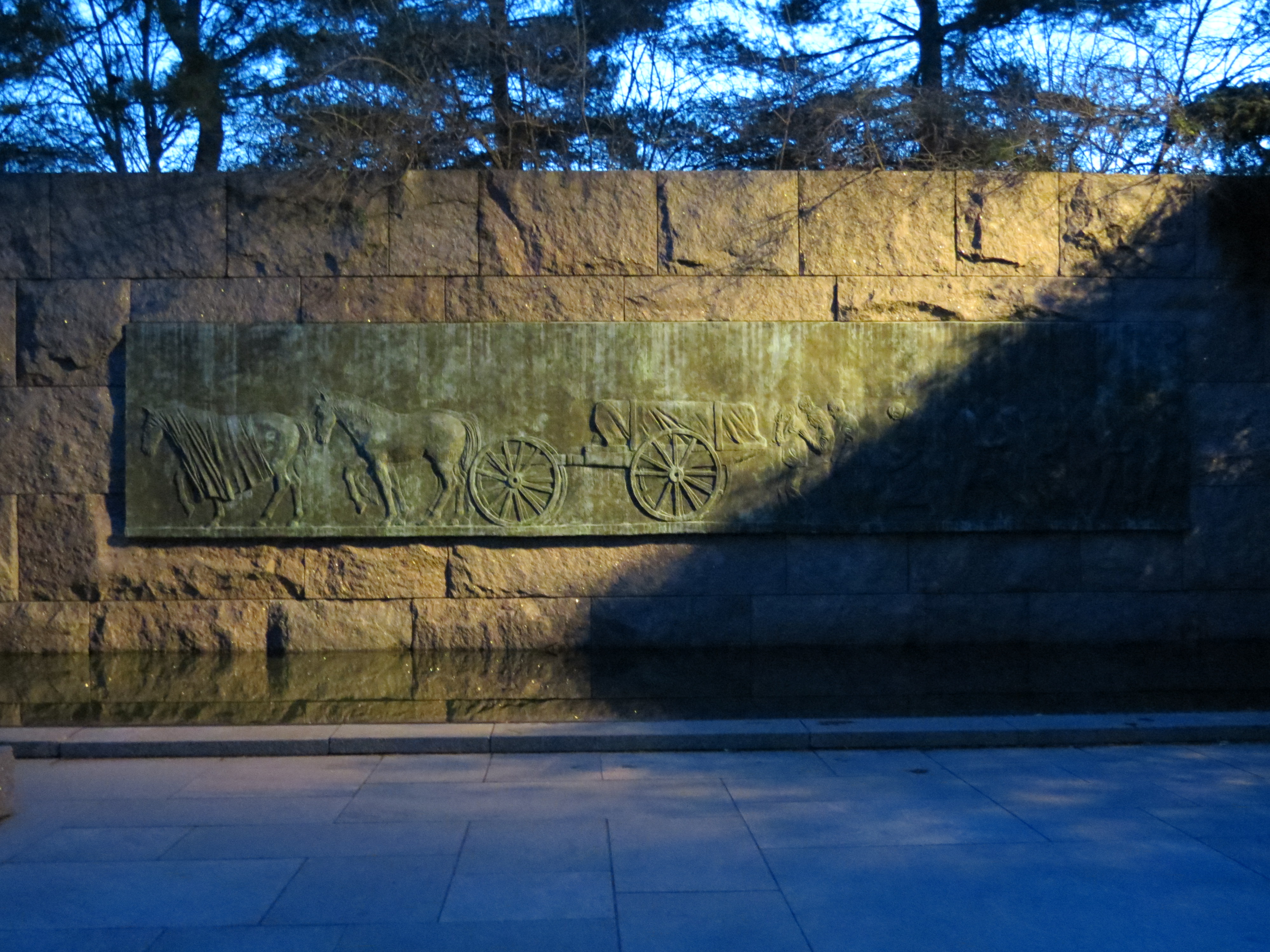


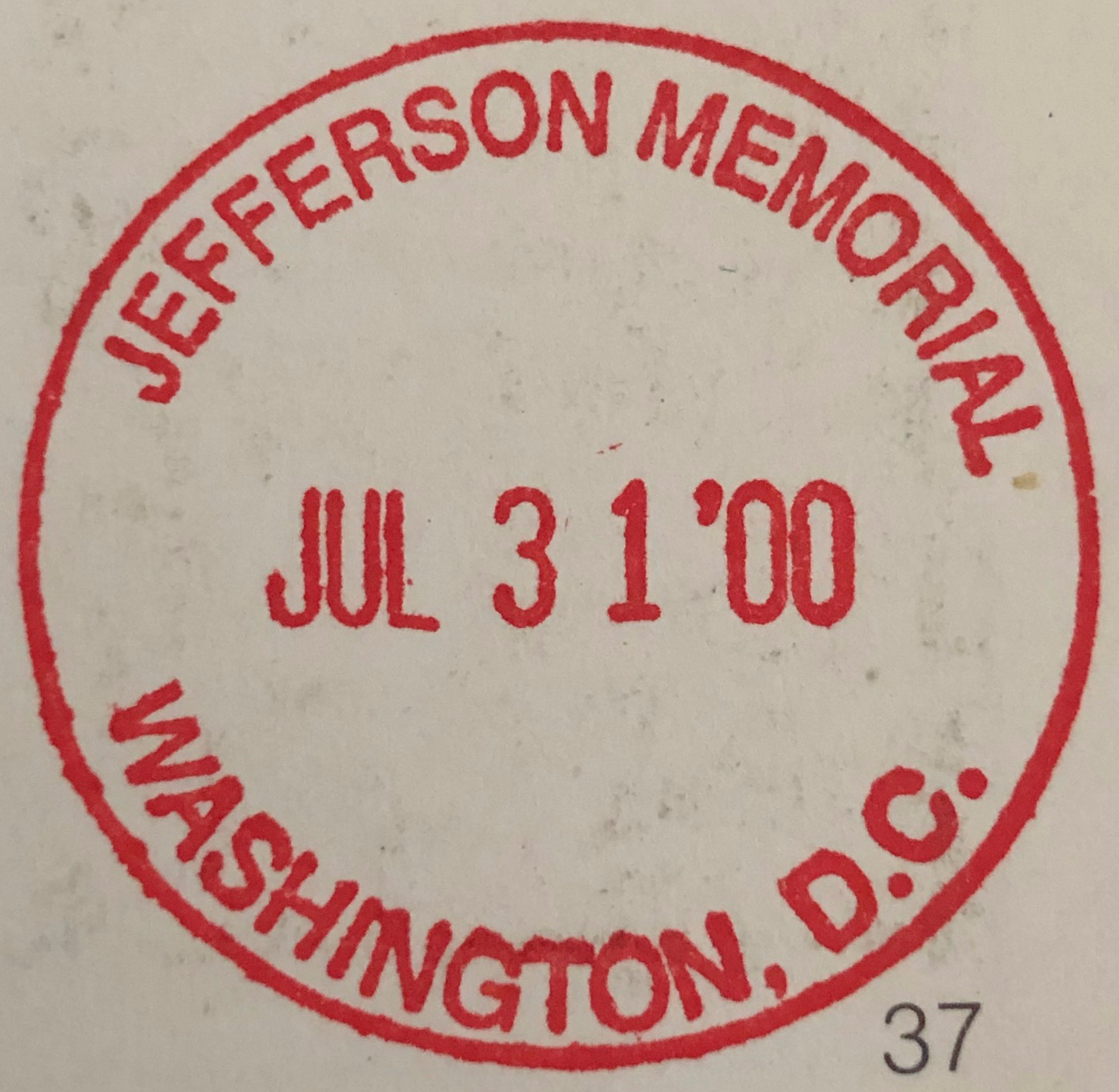 The monument itself, relatively new compared to Lincoln and Washington, stands on the tip of East Potomac Park on land dredged from the Potomac River.
The monument itself, relatively new compared to Lincoln and Washington, stands on the tip of East Potomac Park on land dredged from the Potomac River. 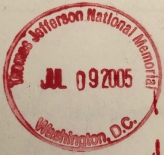 pursuit of happiness…” The statue itself was the last piece of the monument installed; originally, a plaster casting of the statue was installed in 1943 prior to its dedication, as the American war effort at the time could not spare the excess bronze for the memorial. The bronze statue seen today was squeezed through the massive columns and erected in 1947.
pursuit of happiness…” The statue itself was the last piece of the monument installed; originally, a plaster casting of the statue was installed in 1943 prior to its dedication, as the American war effort at the time could not spare the excess bronze for the memorial. The bronze statue seen today was squeezed through the massive columns and erected in 1947.


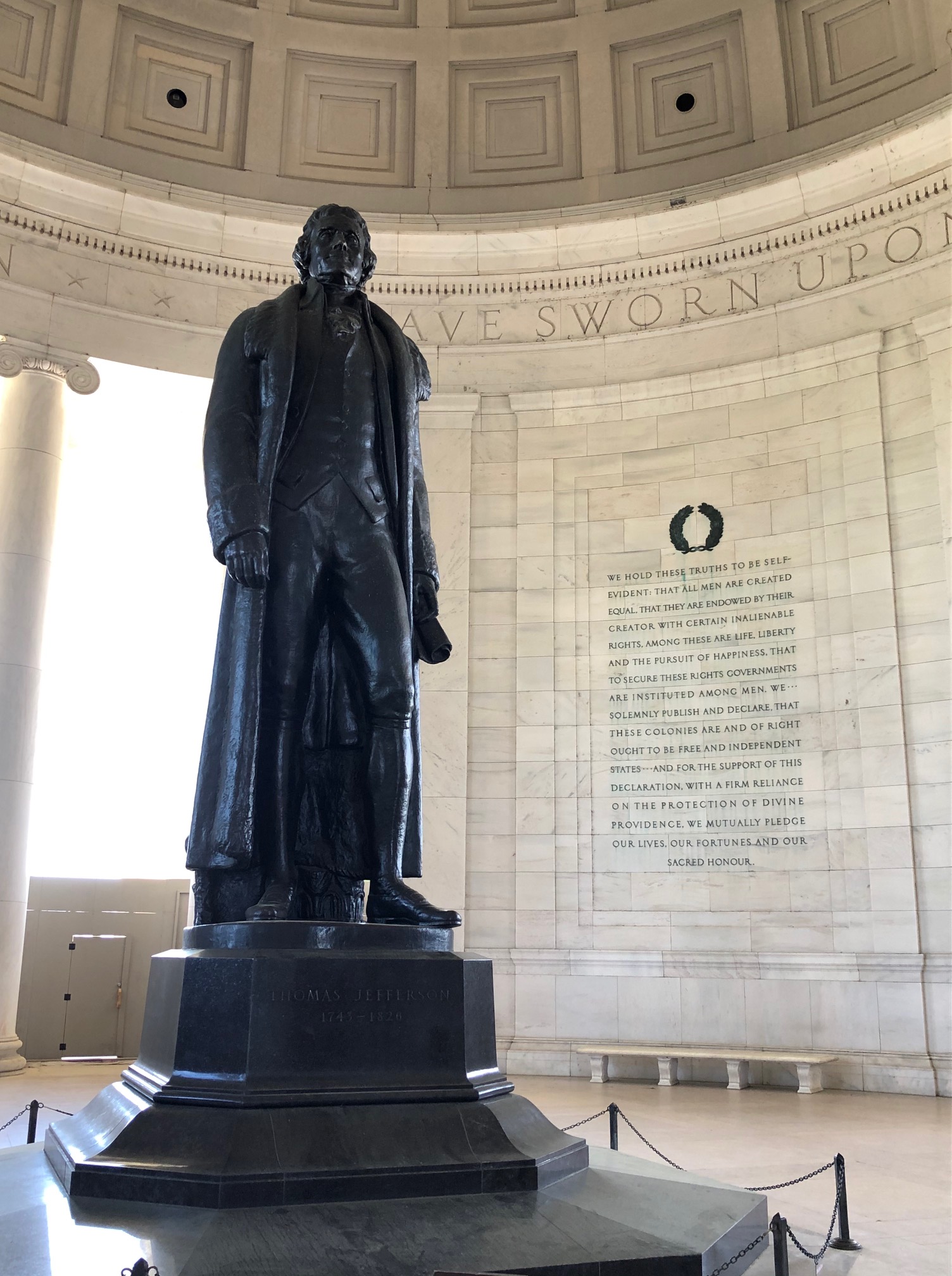 Each year, we spend at least one afternoon at the monument when the cherry blossoms are in peak bloom, weaving our way through the throngs of tourists and visitors, snapping a few great shots of the memorial, framed by the cherry blossoms. Other times of the year, the memorial is one of the quietest of the massive monuments, providing great settings for resting and reflecting. The vantage point on the steps of the memorial also provide one of the most iconic spots to view the city’s Fourth of July fireworks display; I’ve watched it there twice, joining friends on the edge of the Tidal Basin to gaze at the show. Even on crowded days, the monument invites you to take a moment under the expansive dome to simply look up – study the features of the statue, read the words inscribed on the stone wall, gaze in awe at the design of the palatial structure.
Each year, we spend at least one afternoon at the monument when the cherry blossoms are in peak bloom, weaving our way through the throngs of tourists and visitors, snapping a few great shots of the memorial, framed by the cherry blossoms. Other times of the year, the memorial is one of the quietest of the massive monuments, providing great settings for resting and reflecting. The vantage point on the steps of the memorial also provide one of the most iconic spots to view the city’s Fourth of July fireworks display; I’ve watched it there twice, joining friends on the edge of the Tidal Basin to gaze at the show. Even on crowded days, the monument invites you to take a moment under the expansive dome to simply look up – study the features of the statue, read the words inscribed on the stone wall, gaze in awe at the design of the palatial structure.
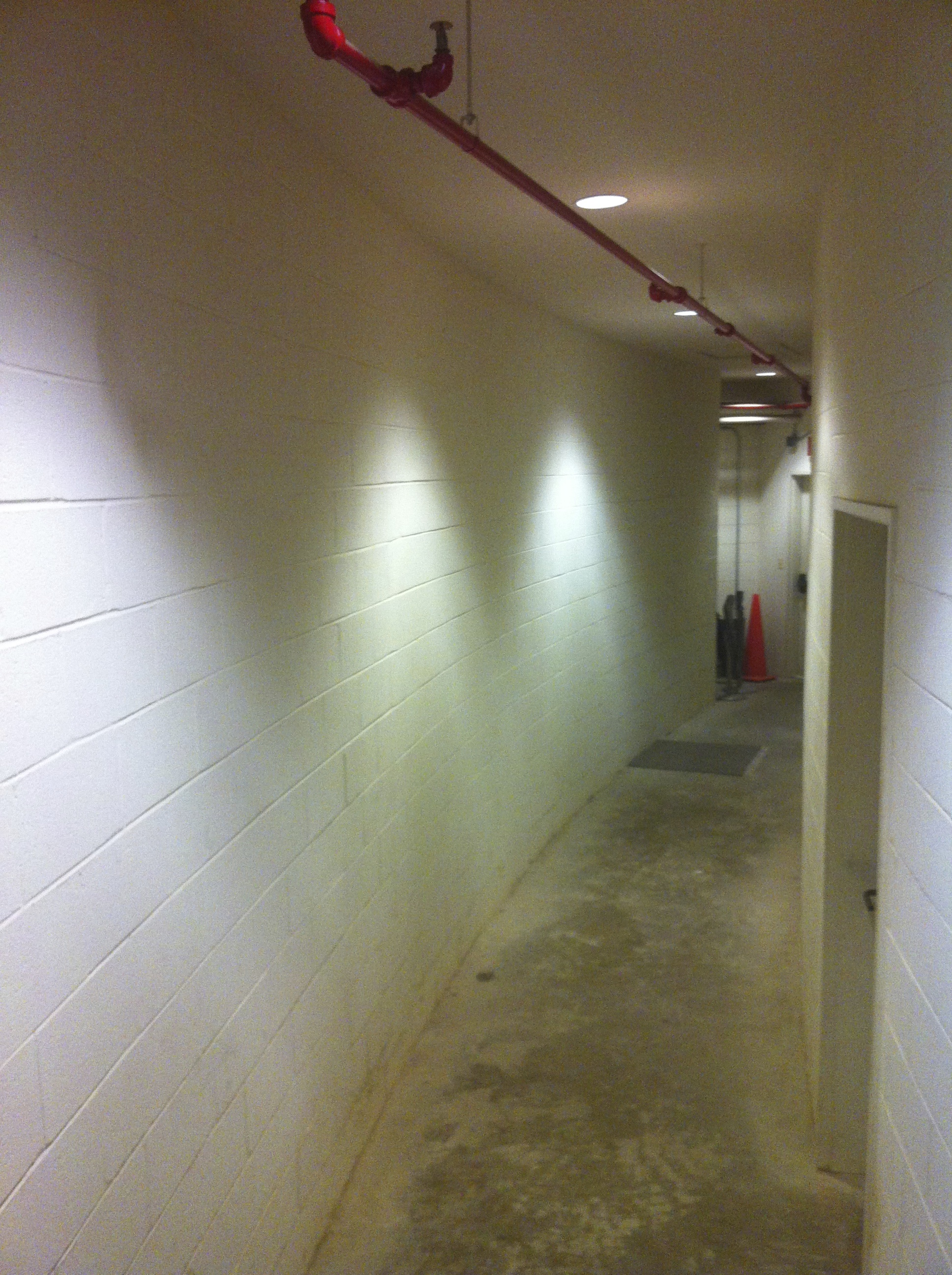
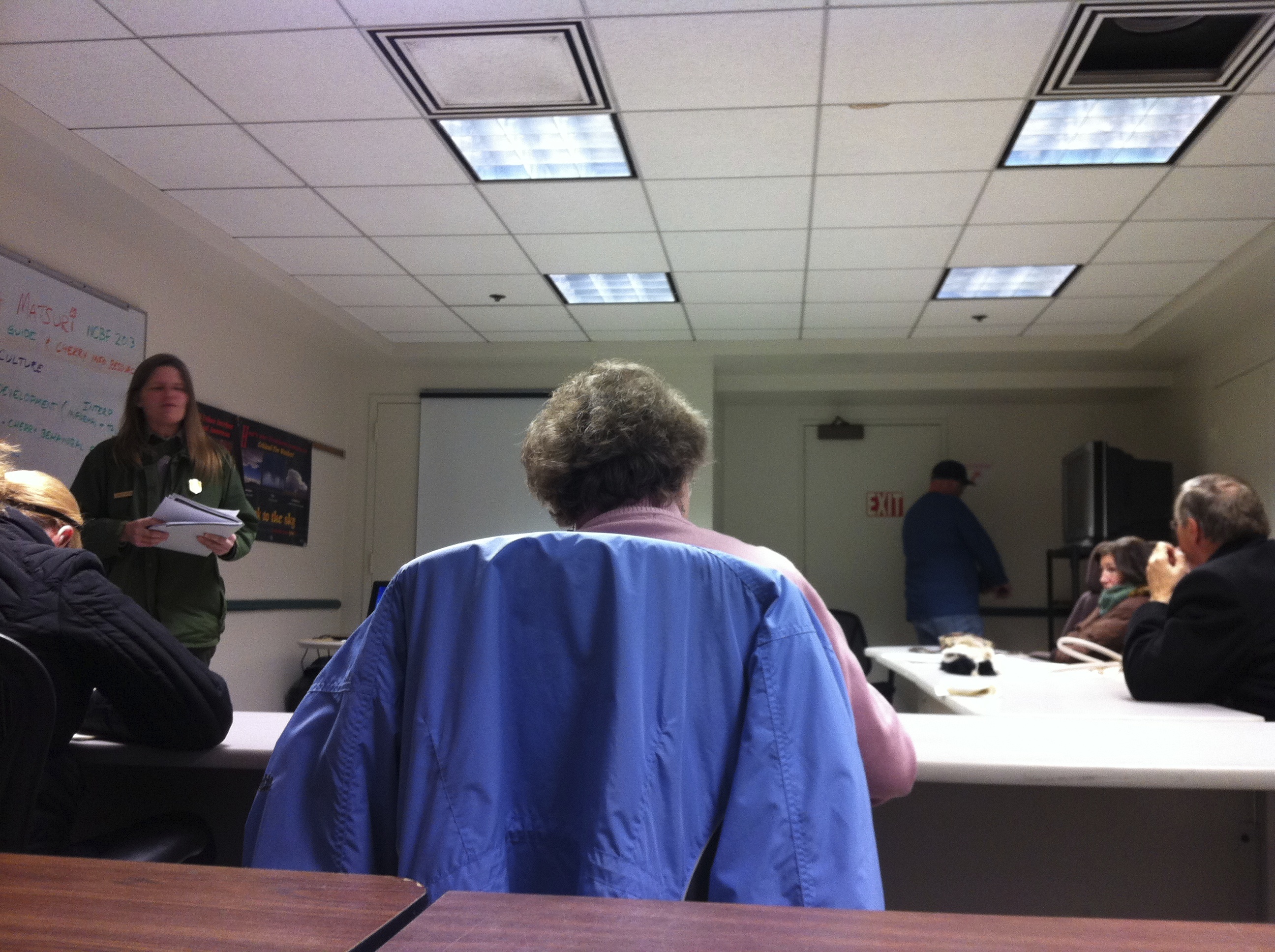
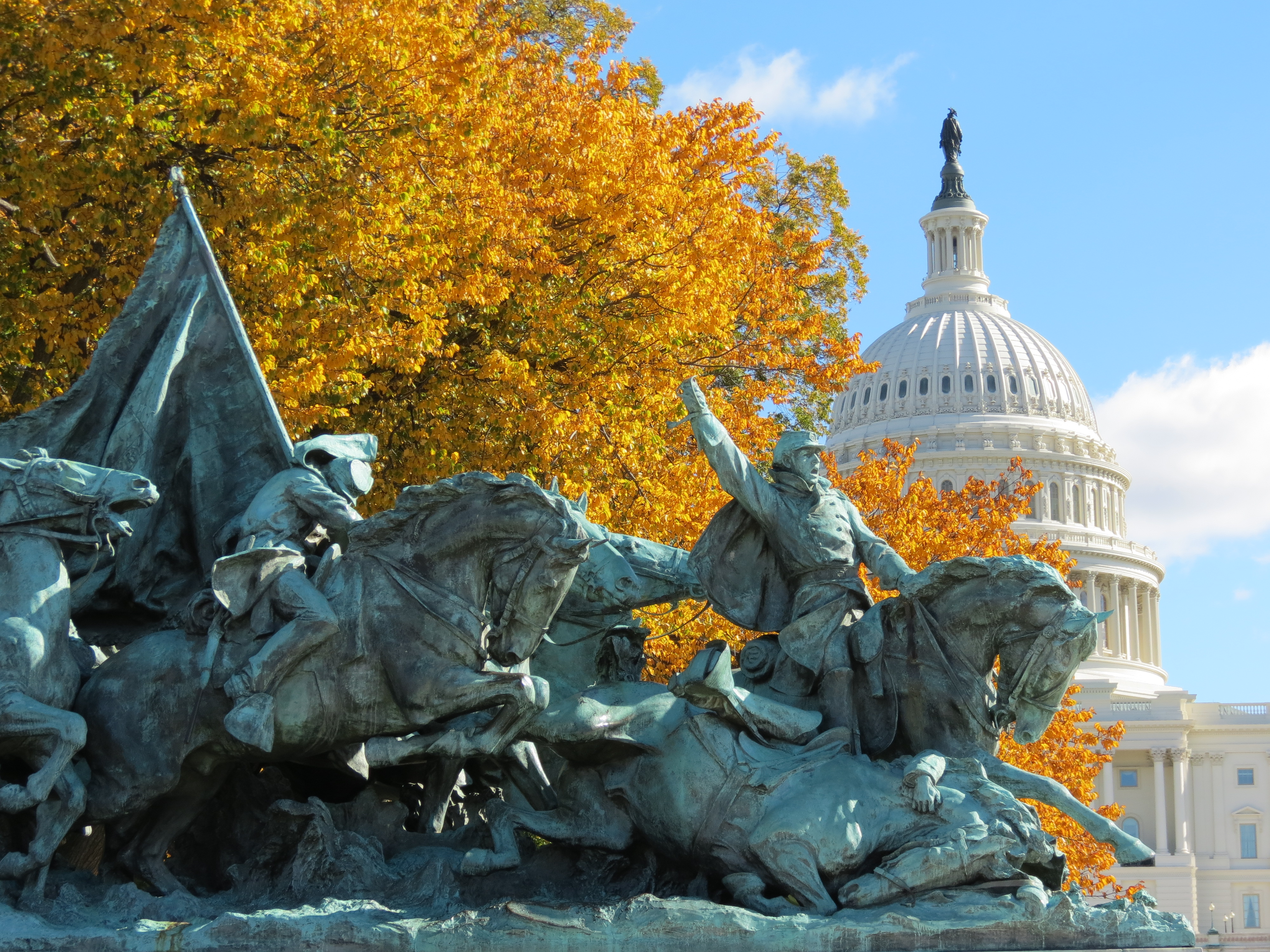
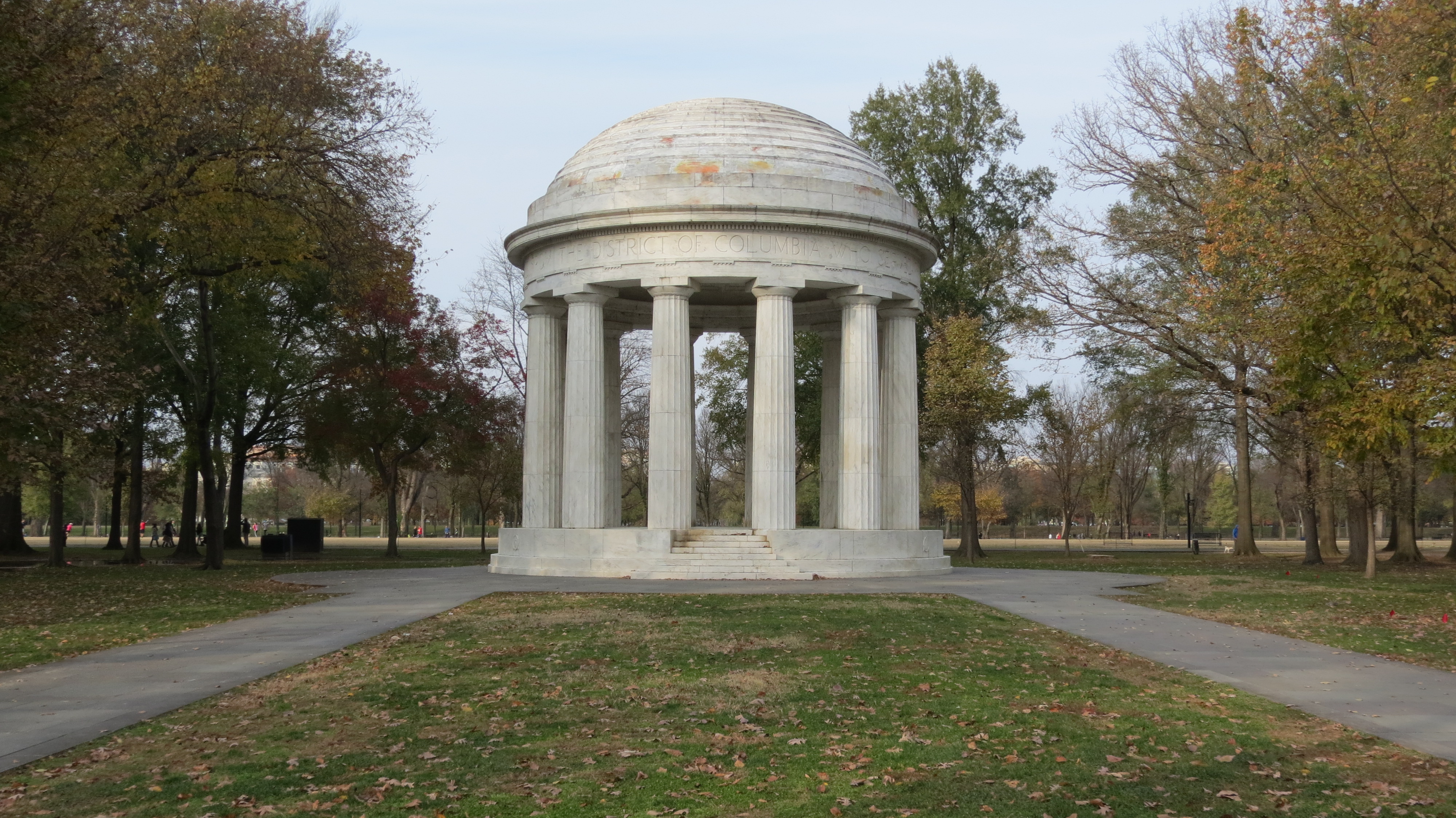
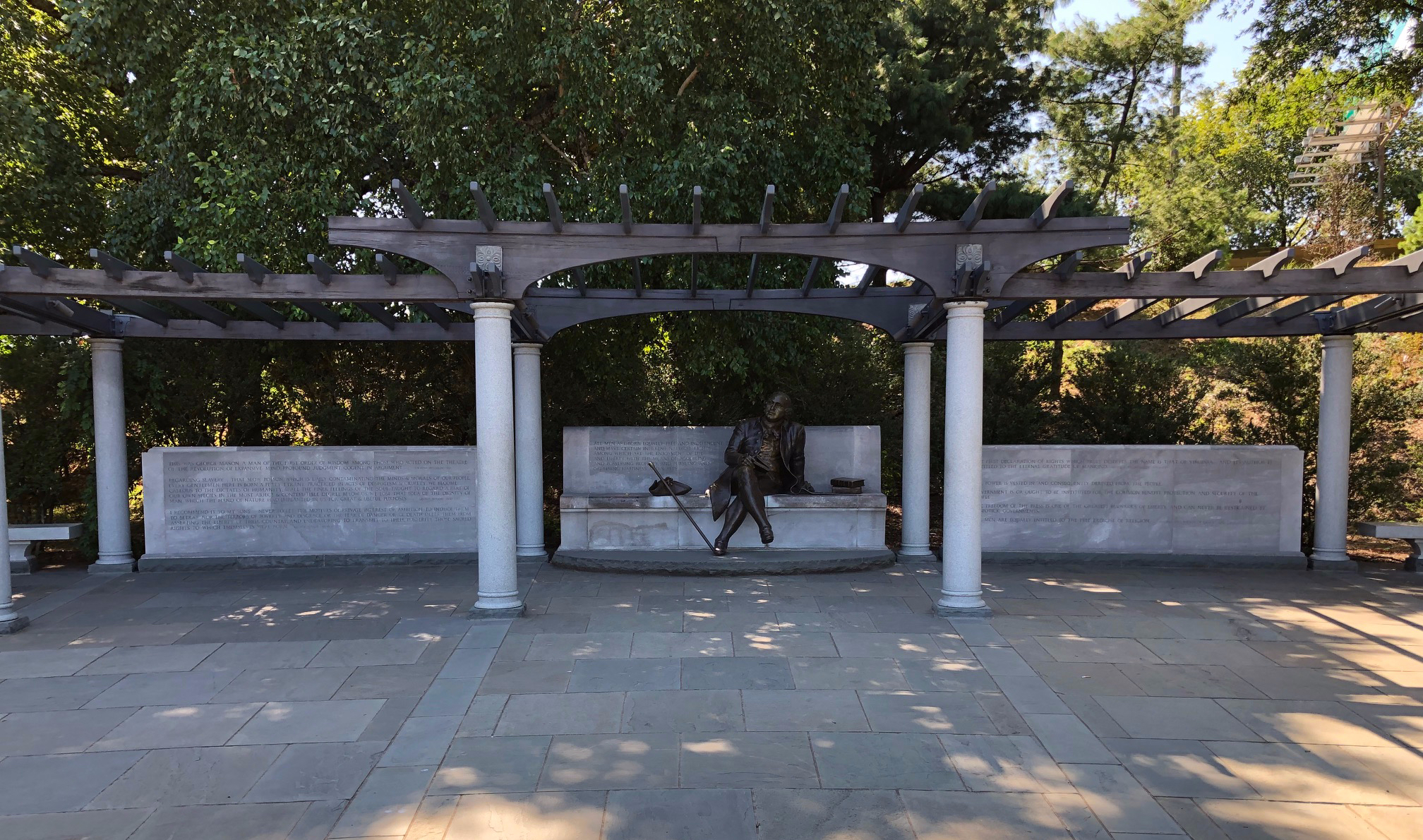
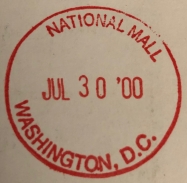

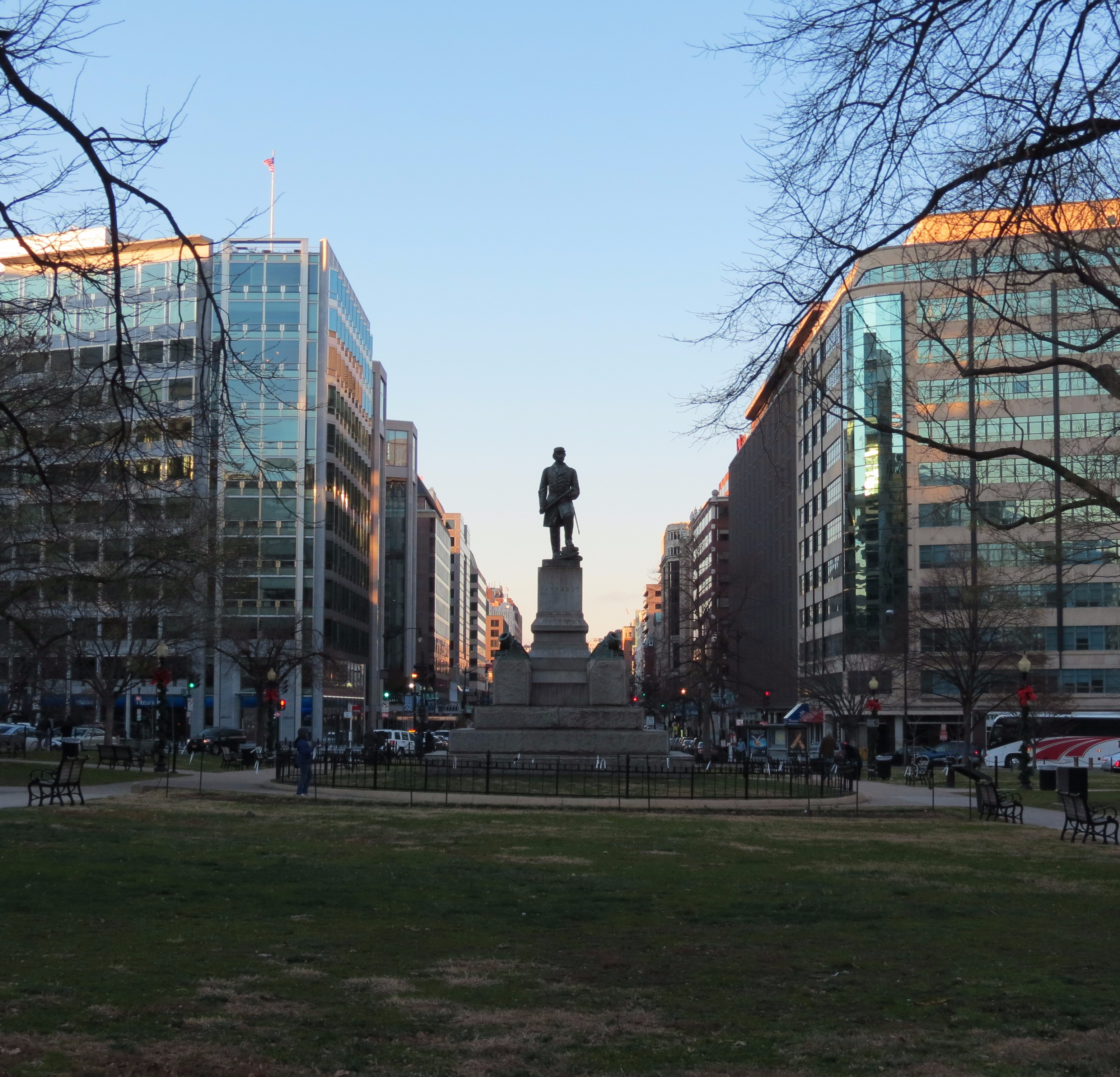
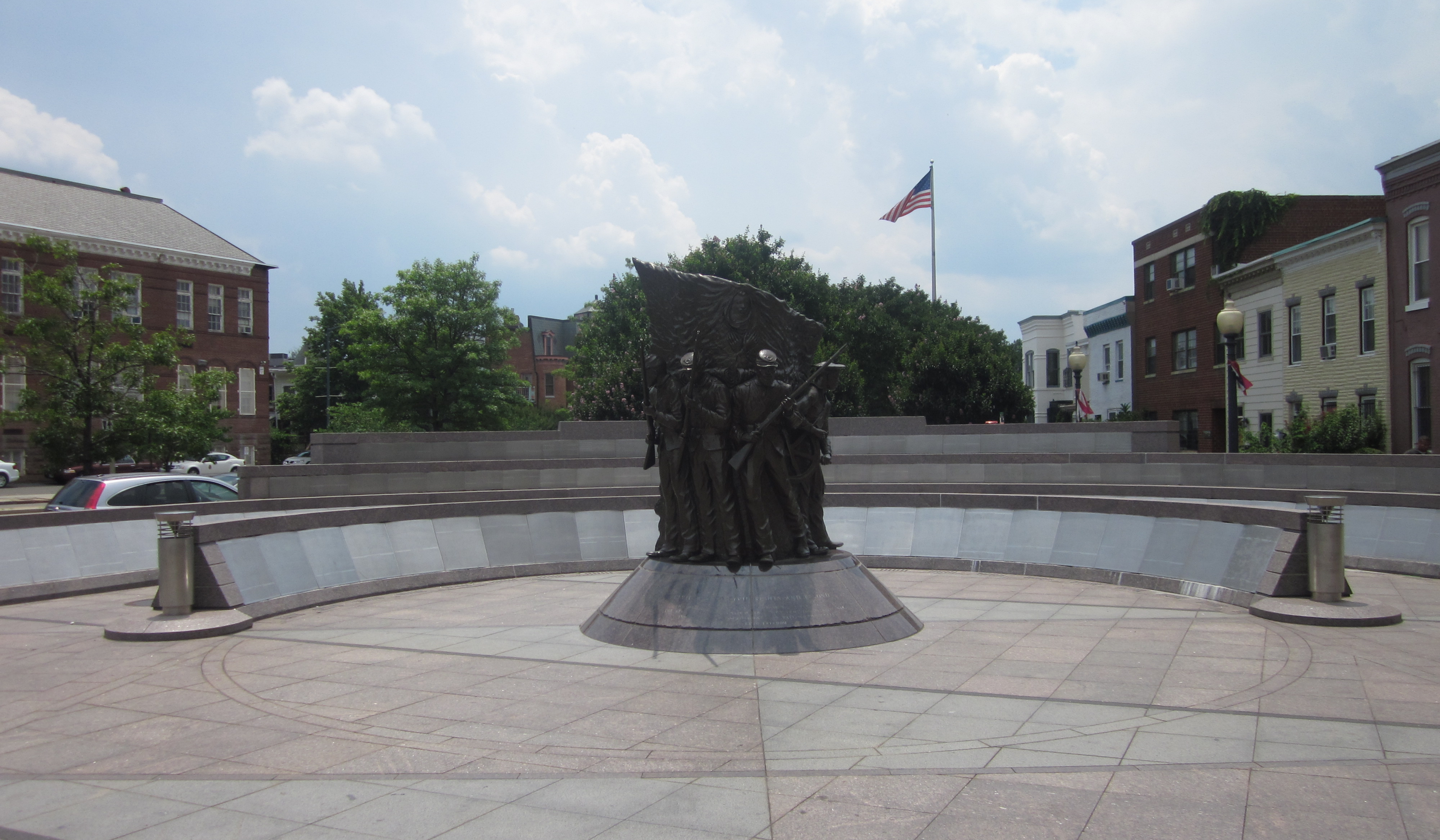
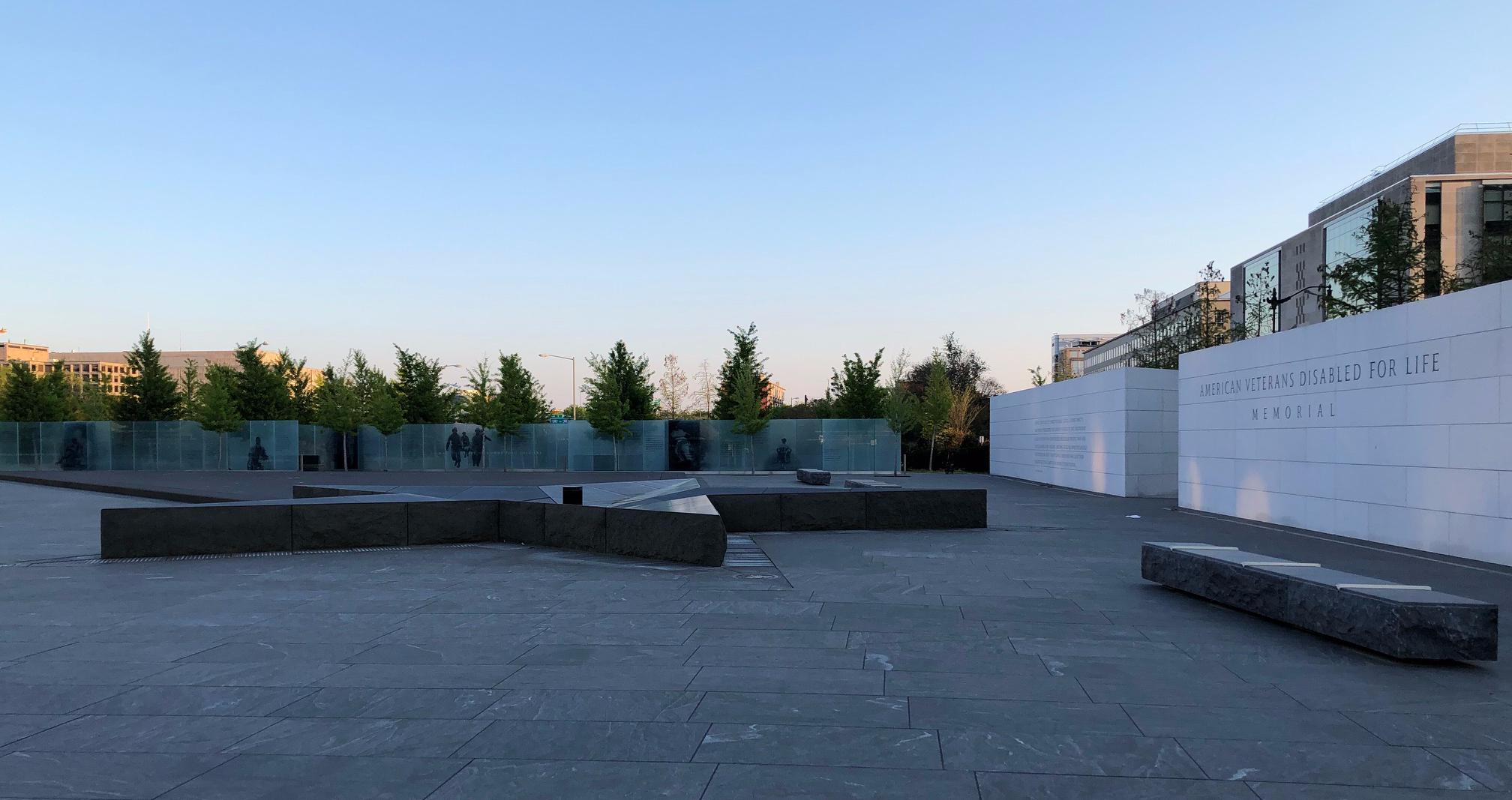

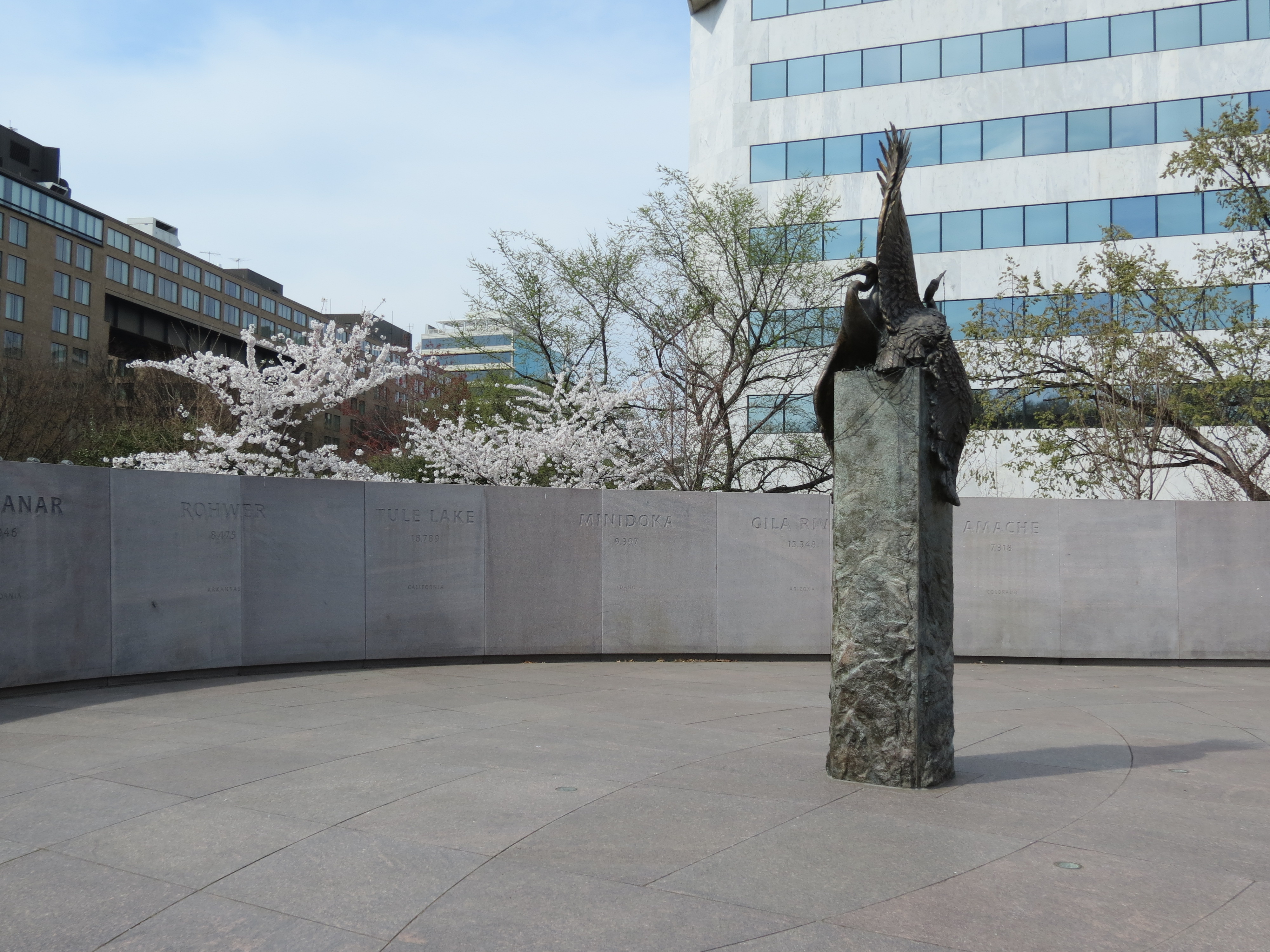
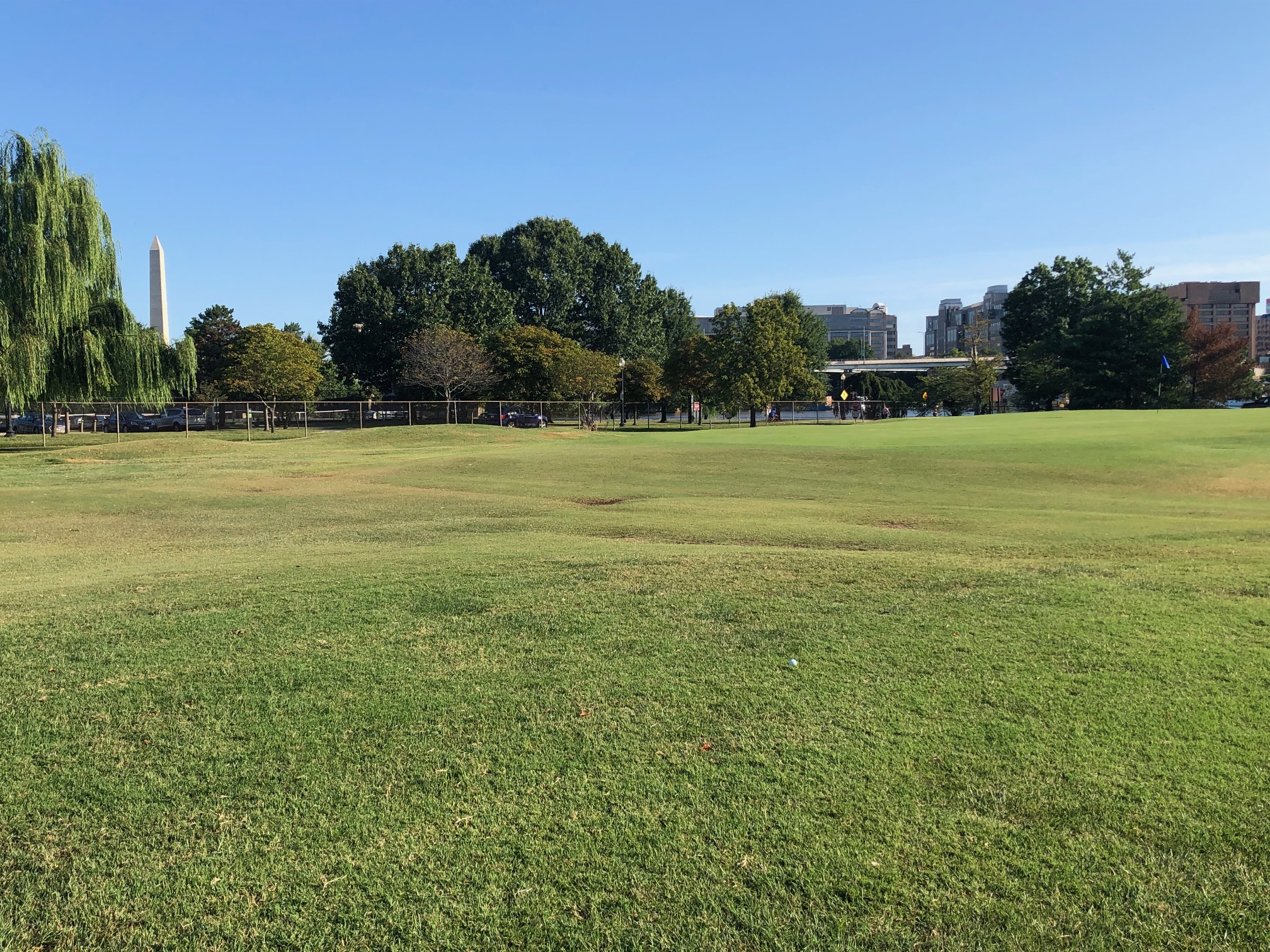
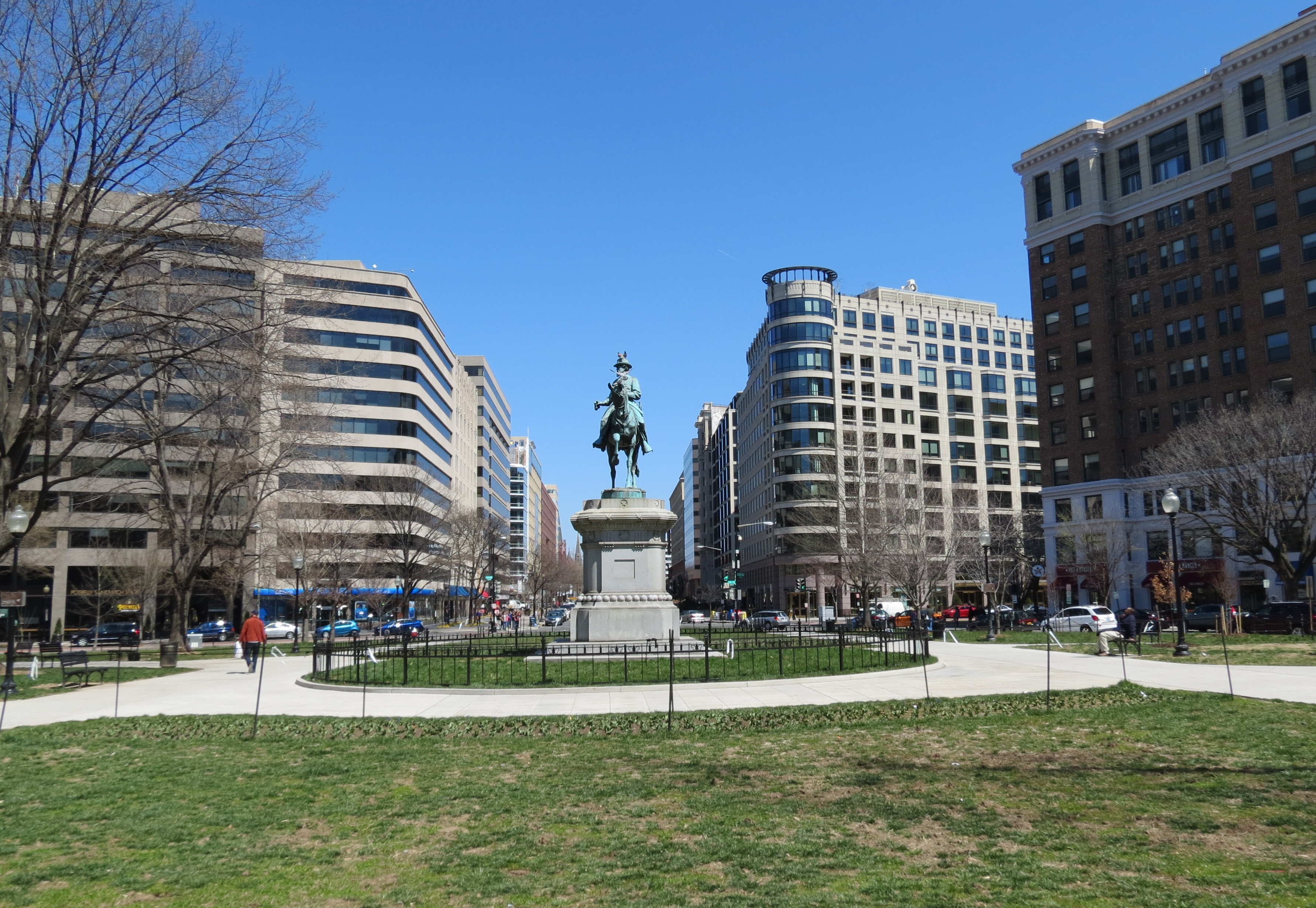












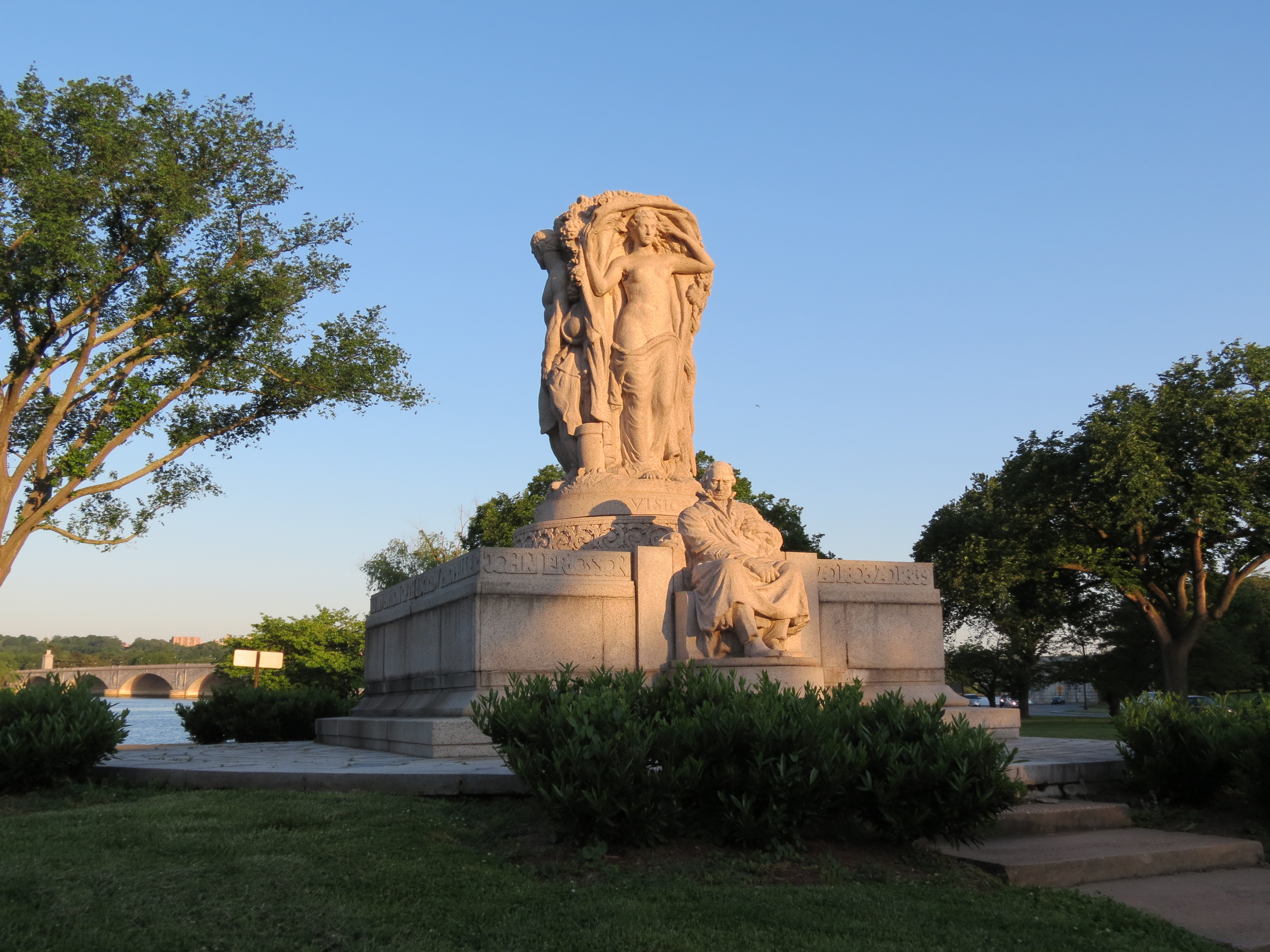
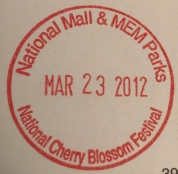 In addition to the stately monuments and memorials, National Mall and Memorial Parks manages and maintains the thousands of
In addition to the stately monuments and memorials, National Mall and Memorial Parks manages and maintains the thousands of 